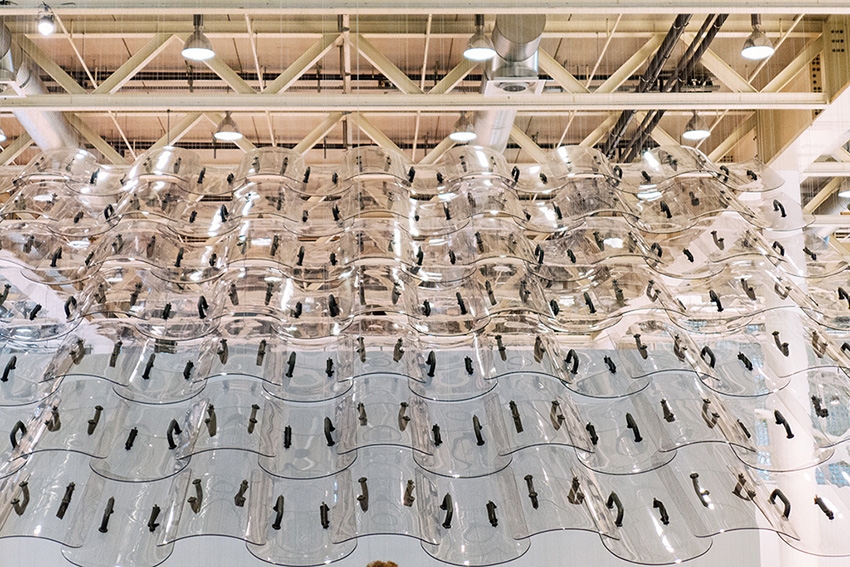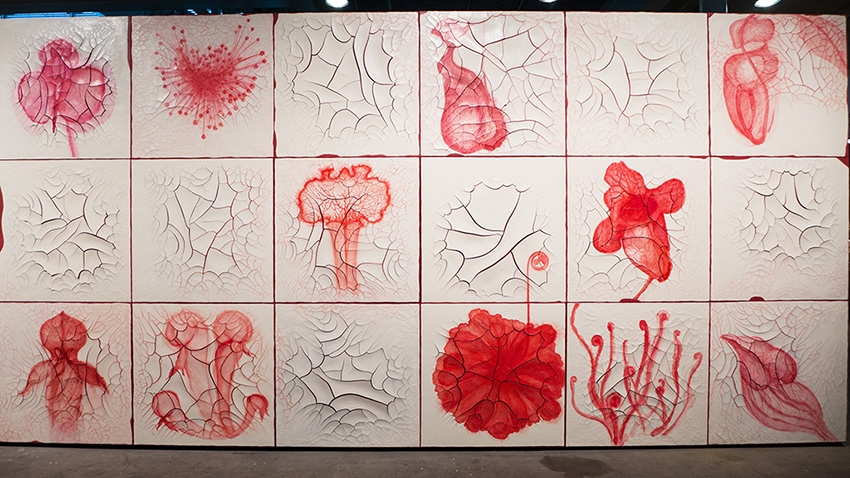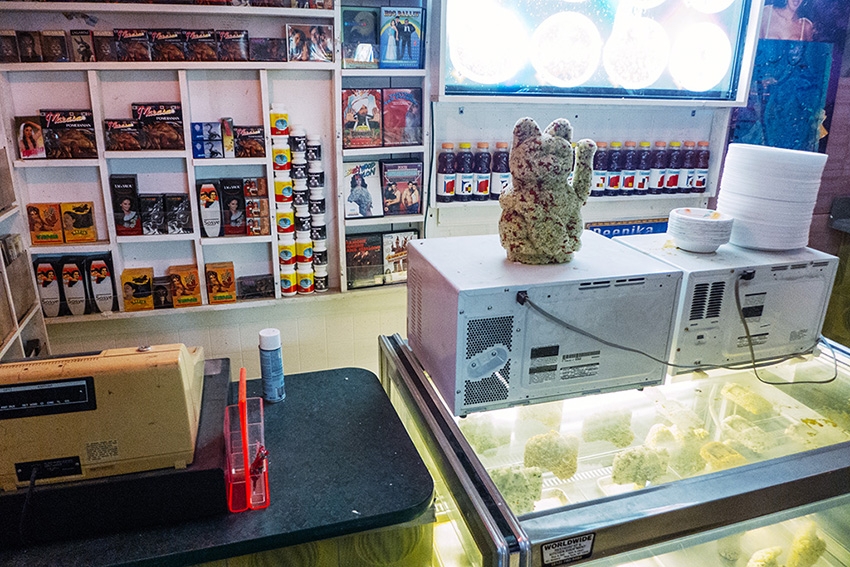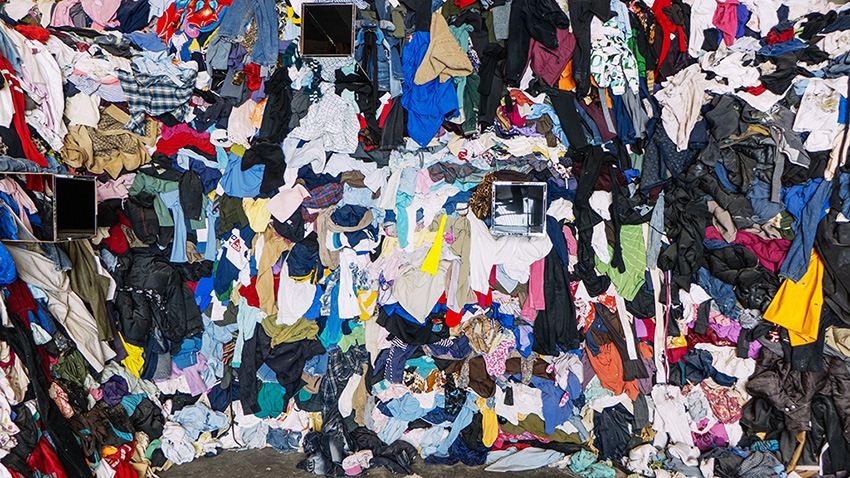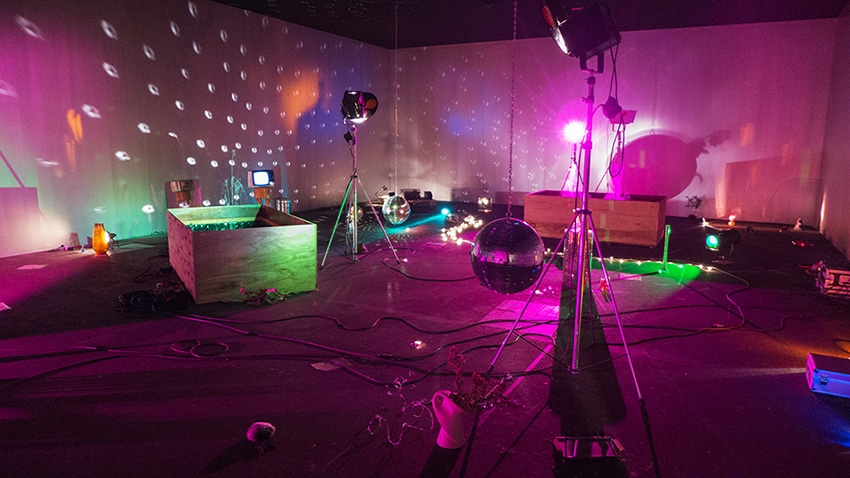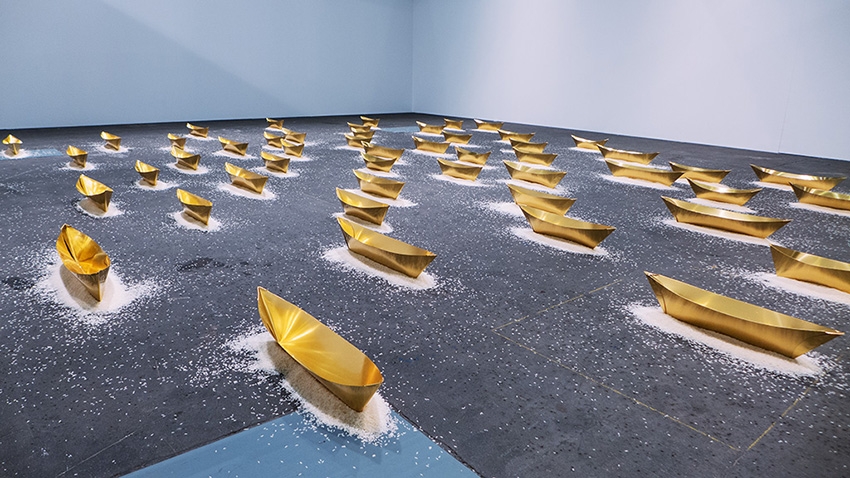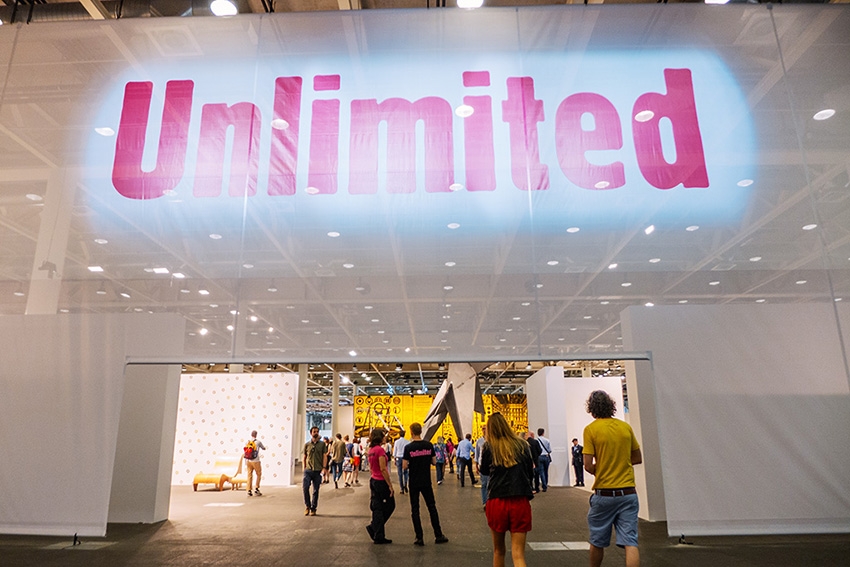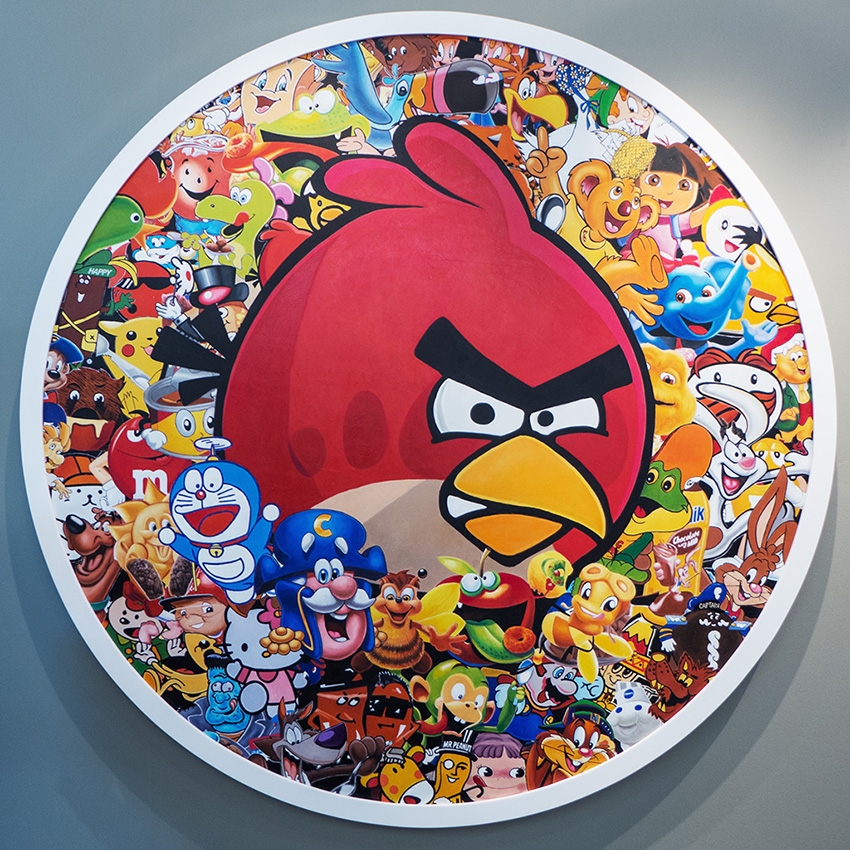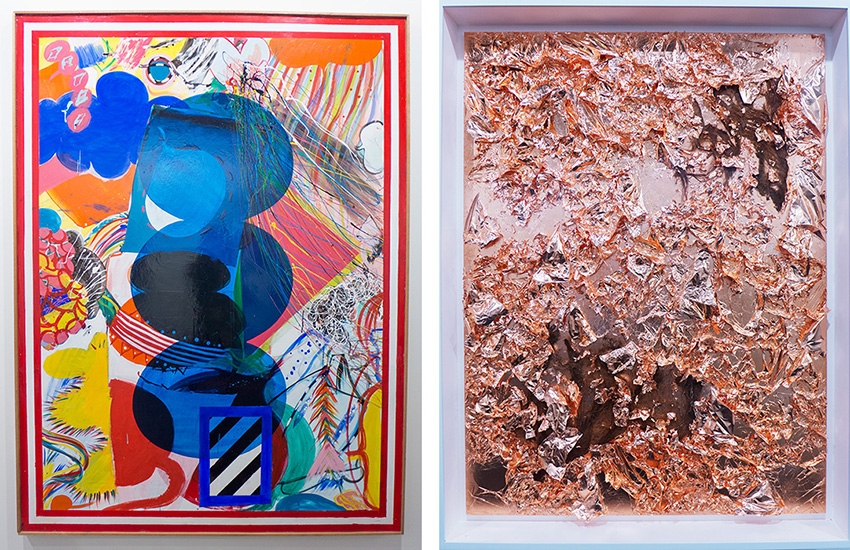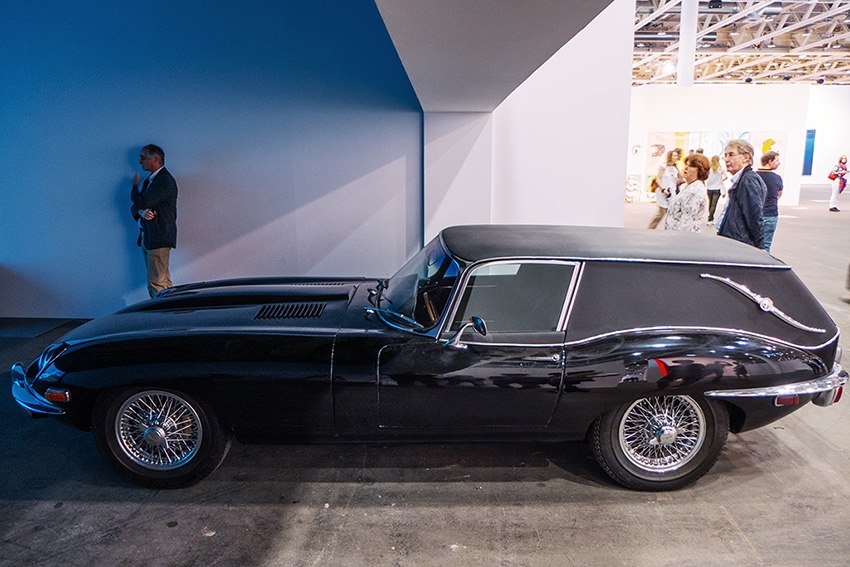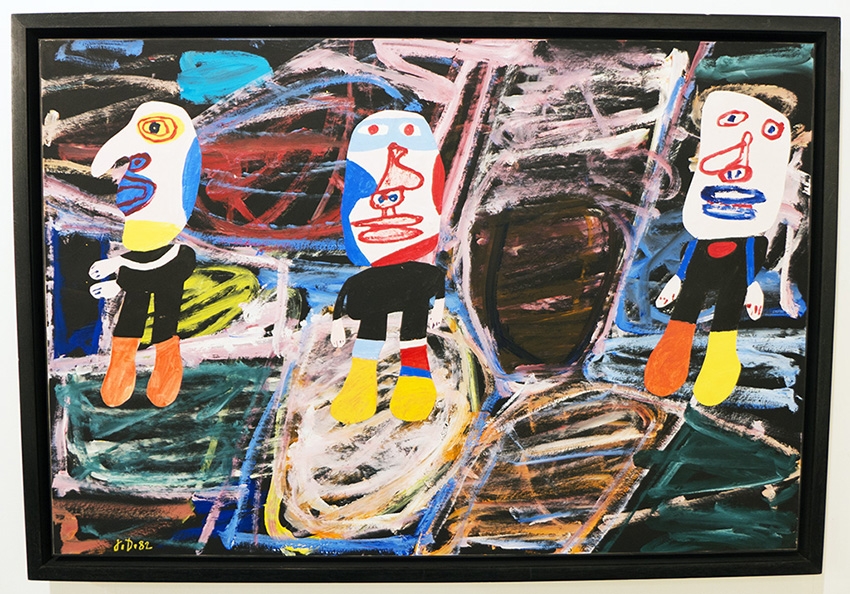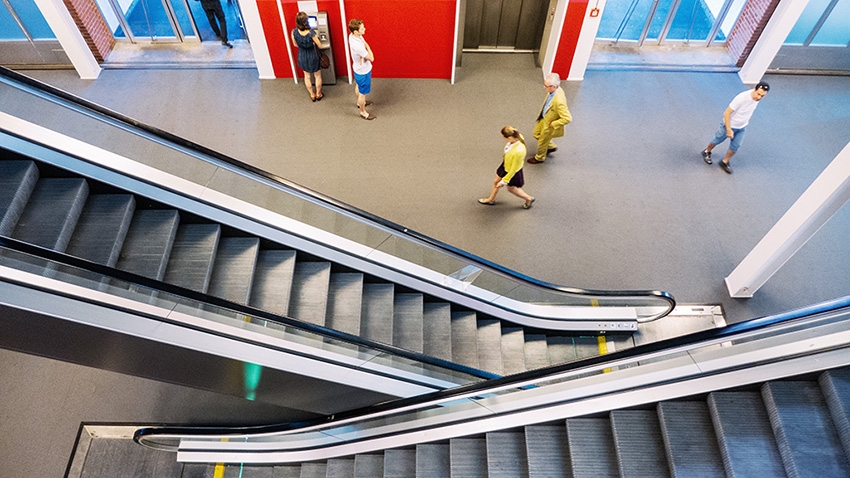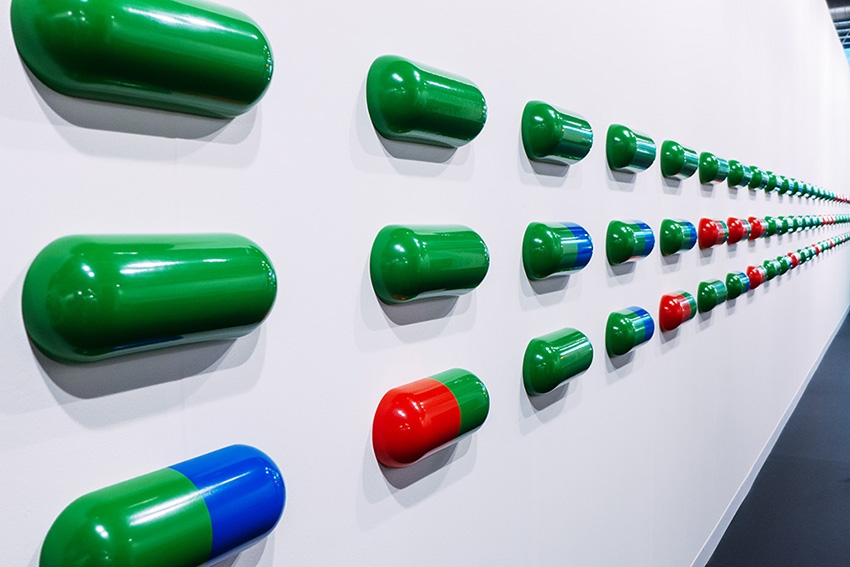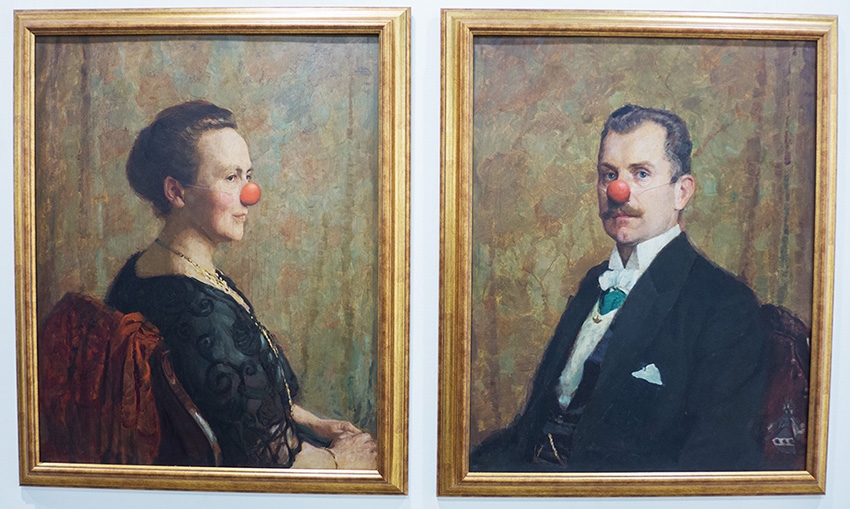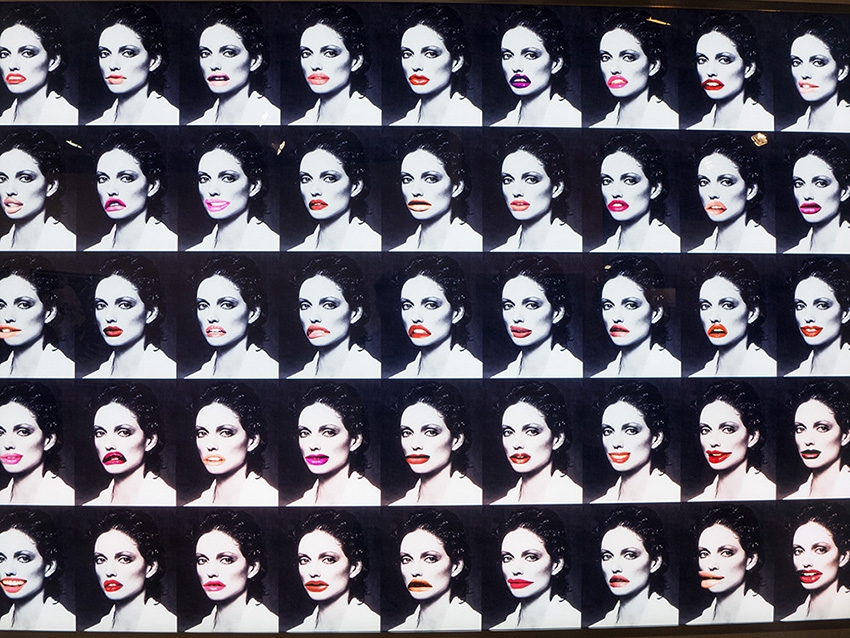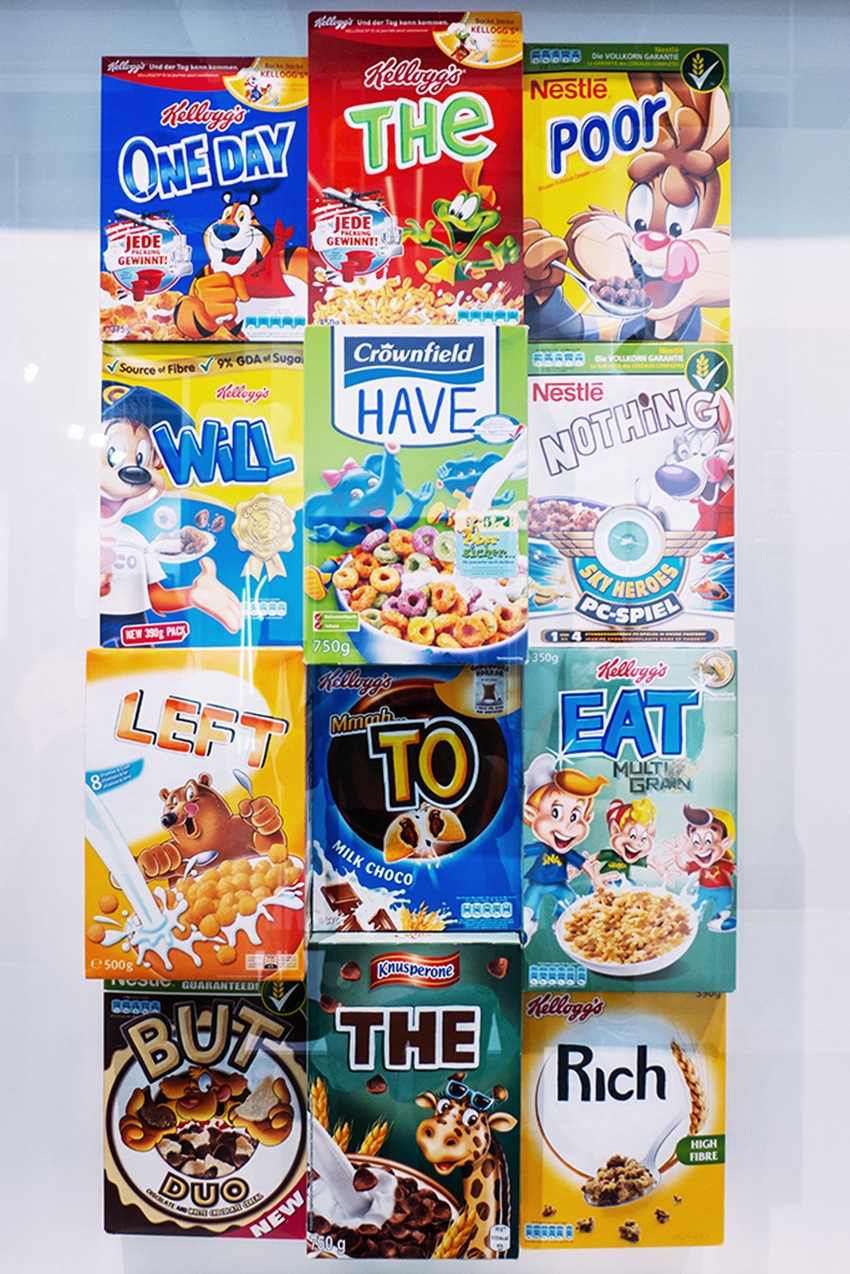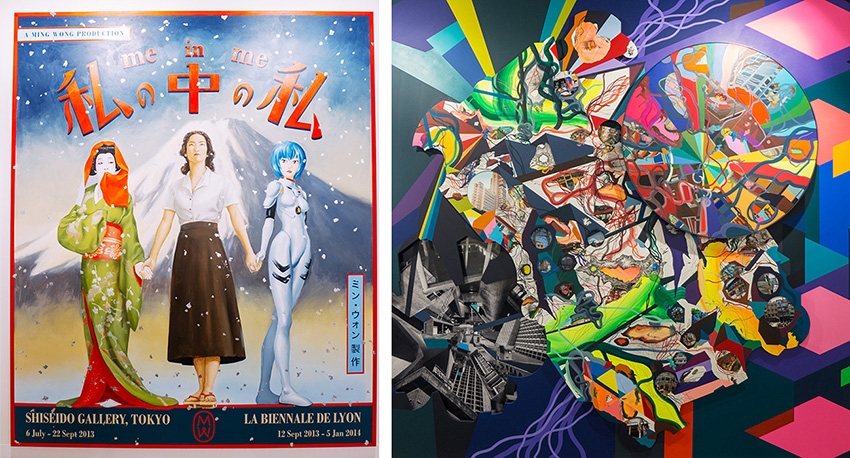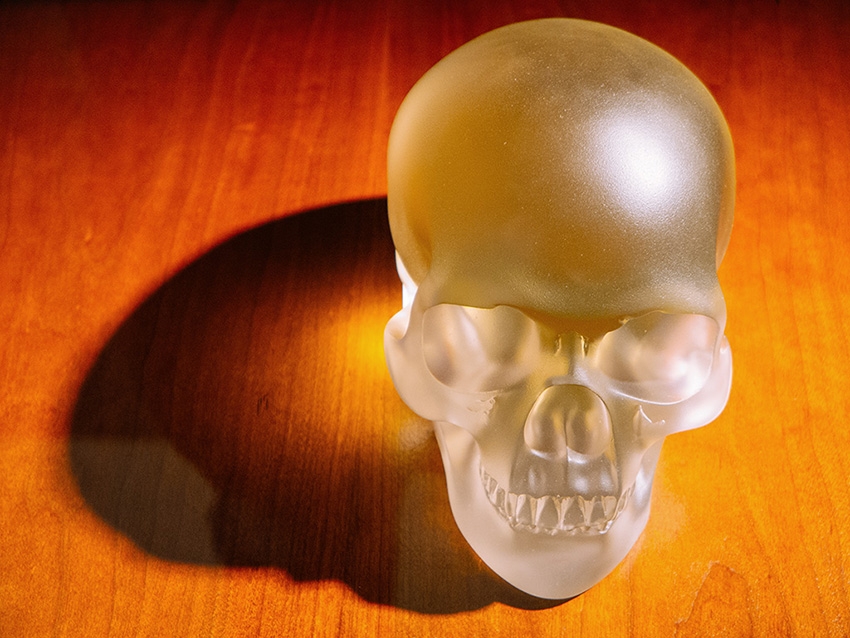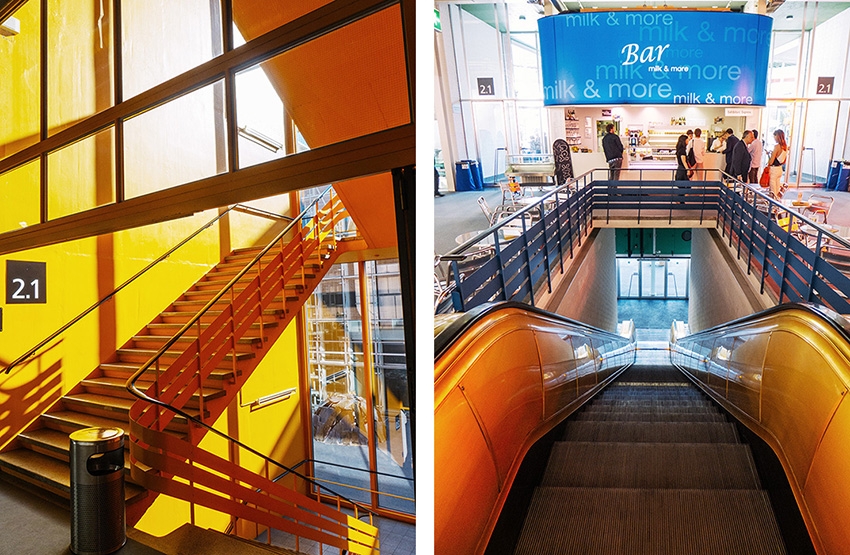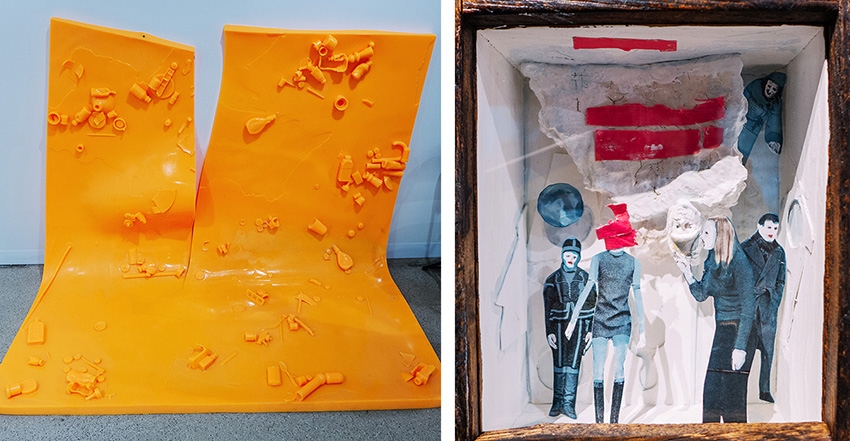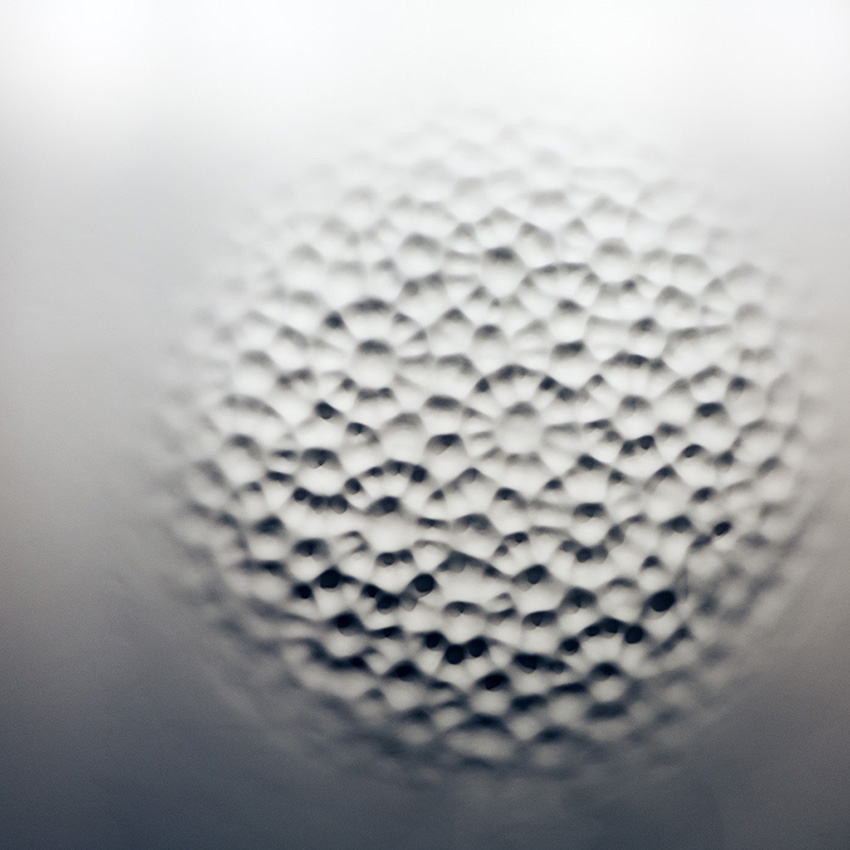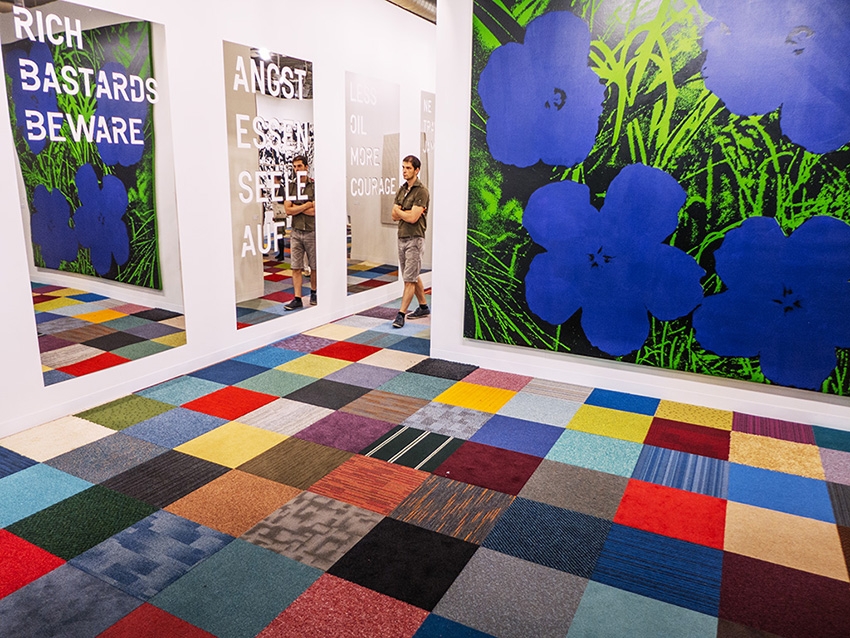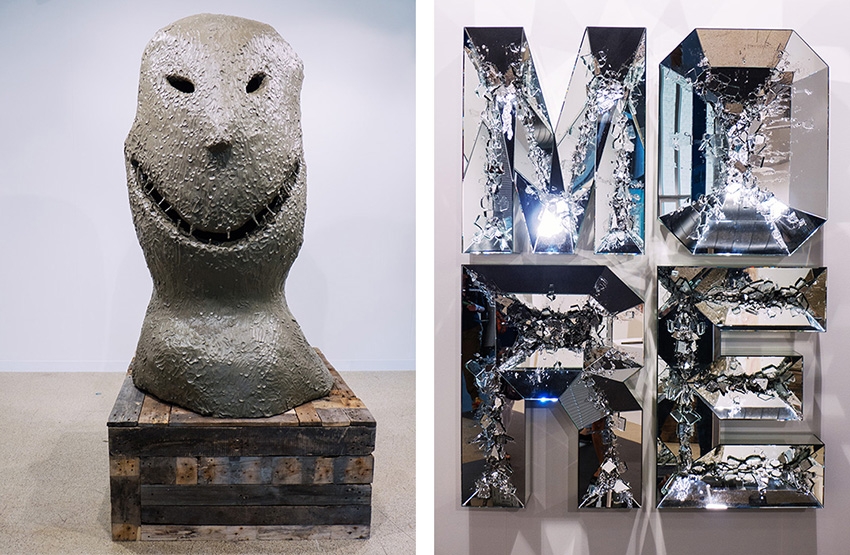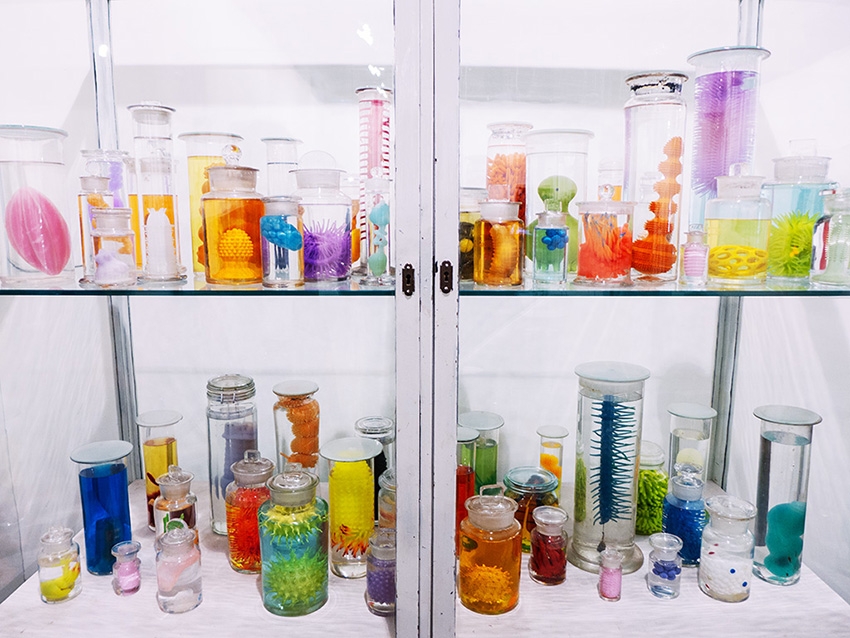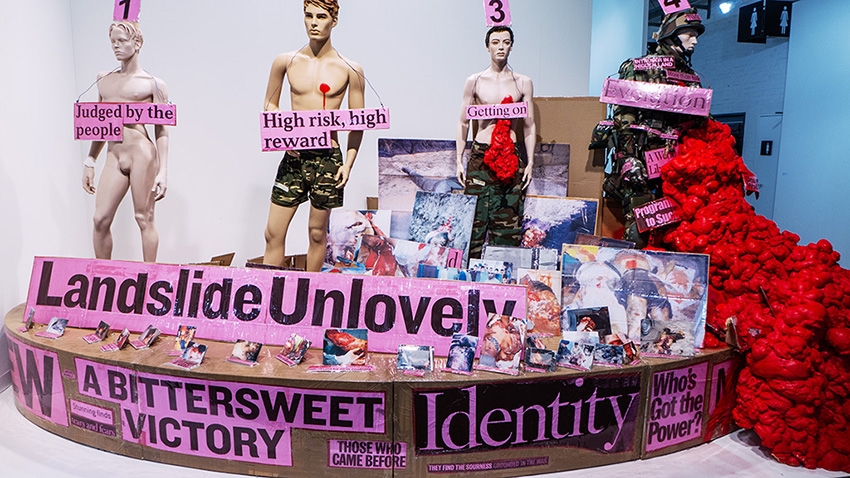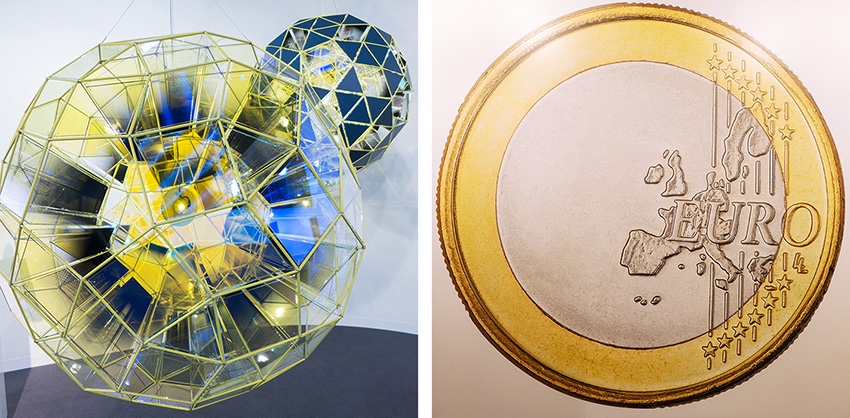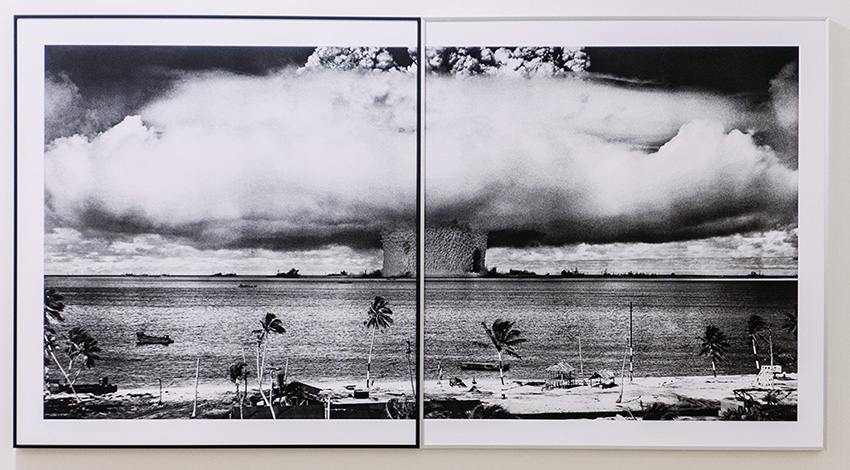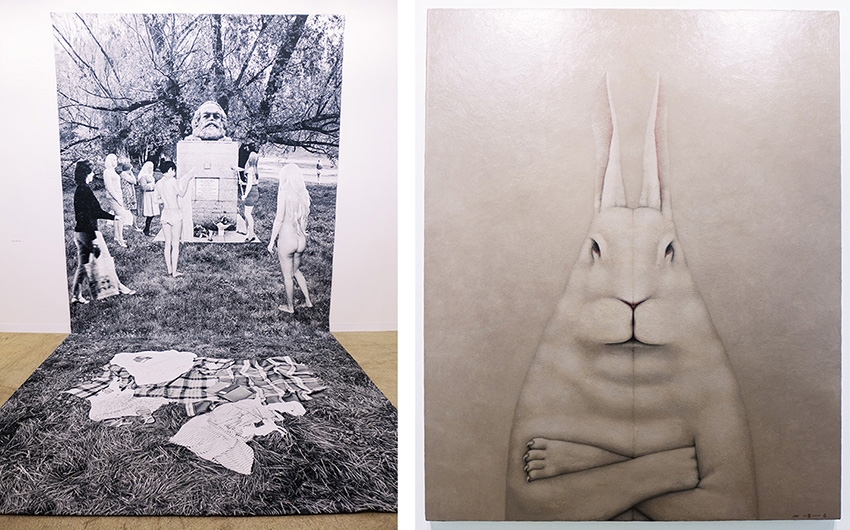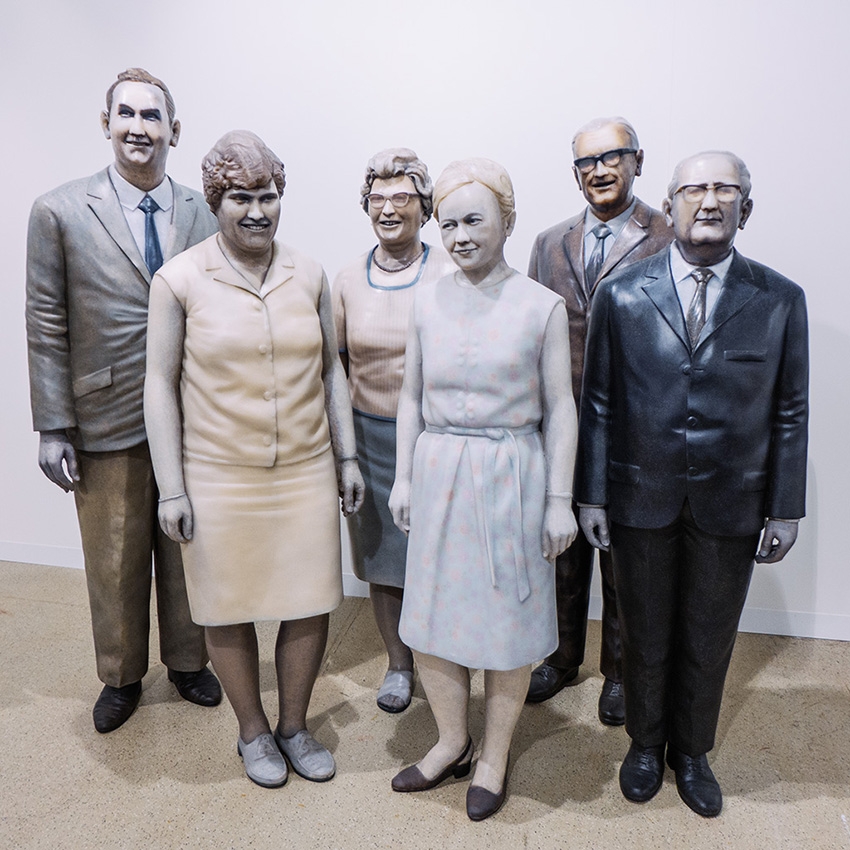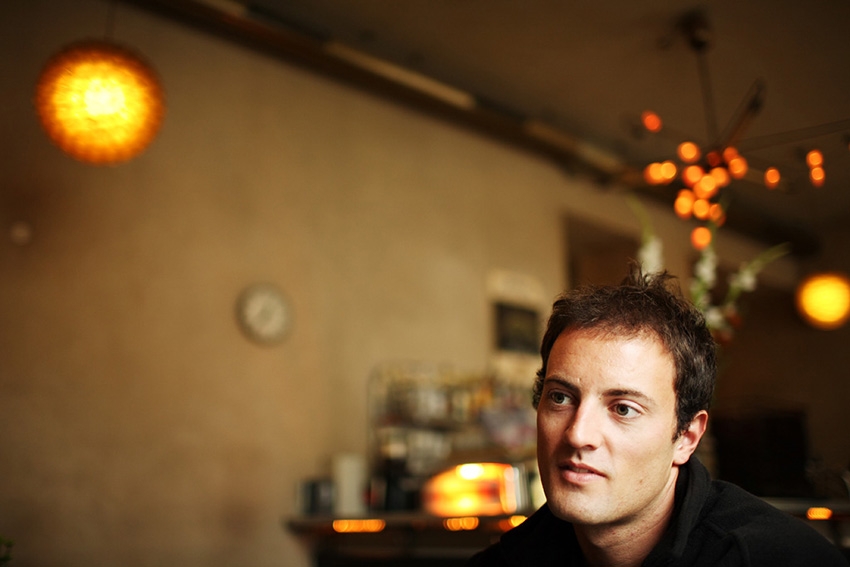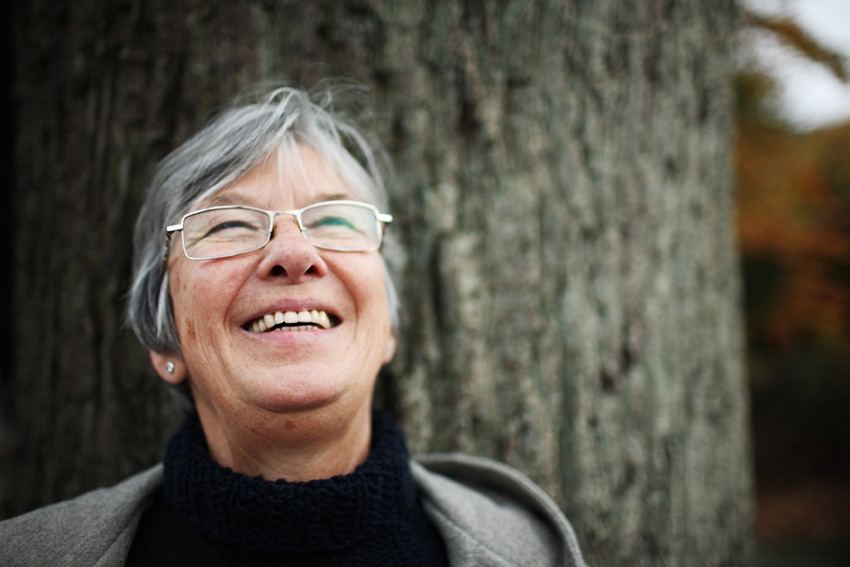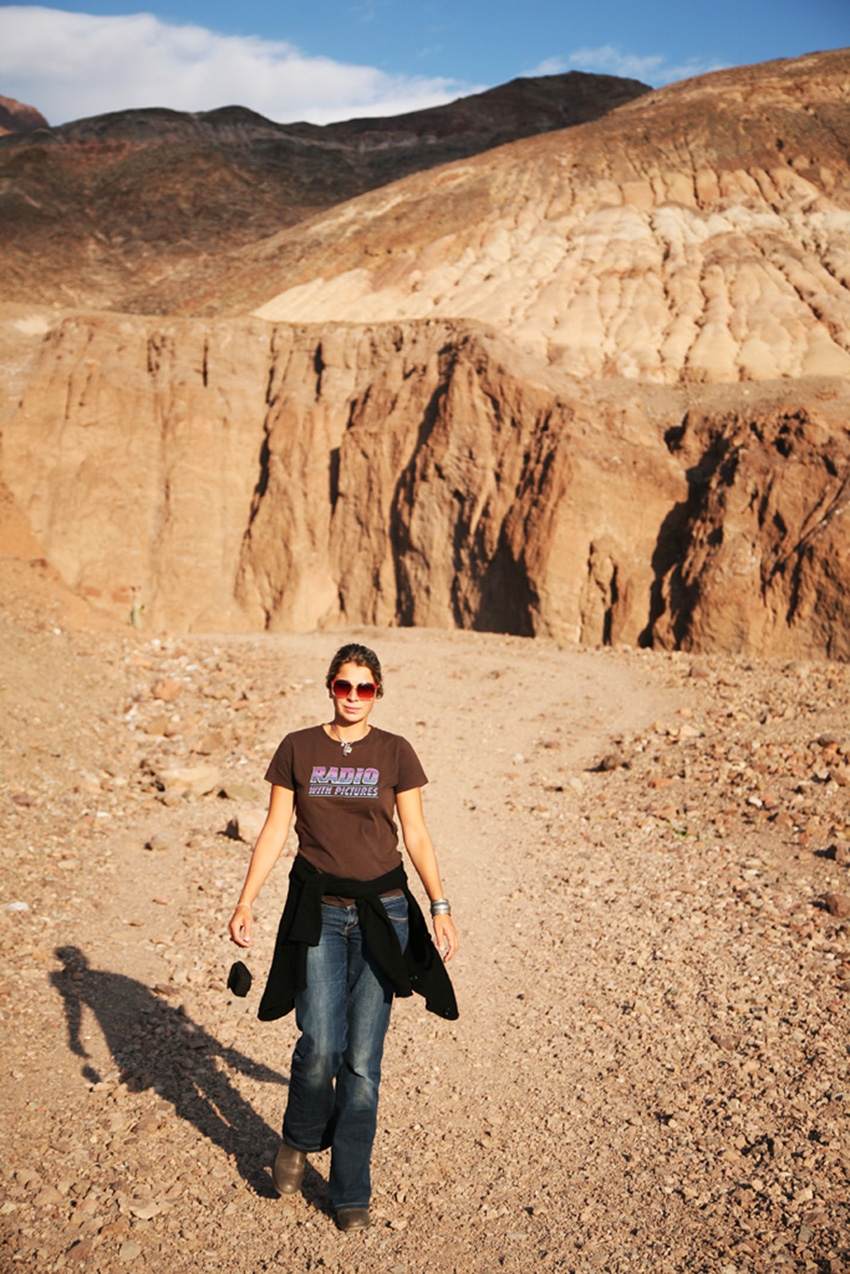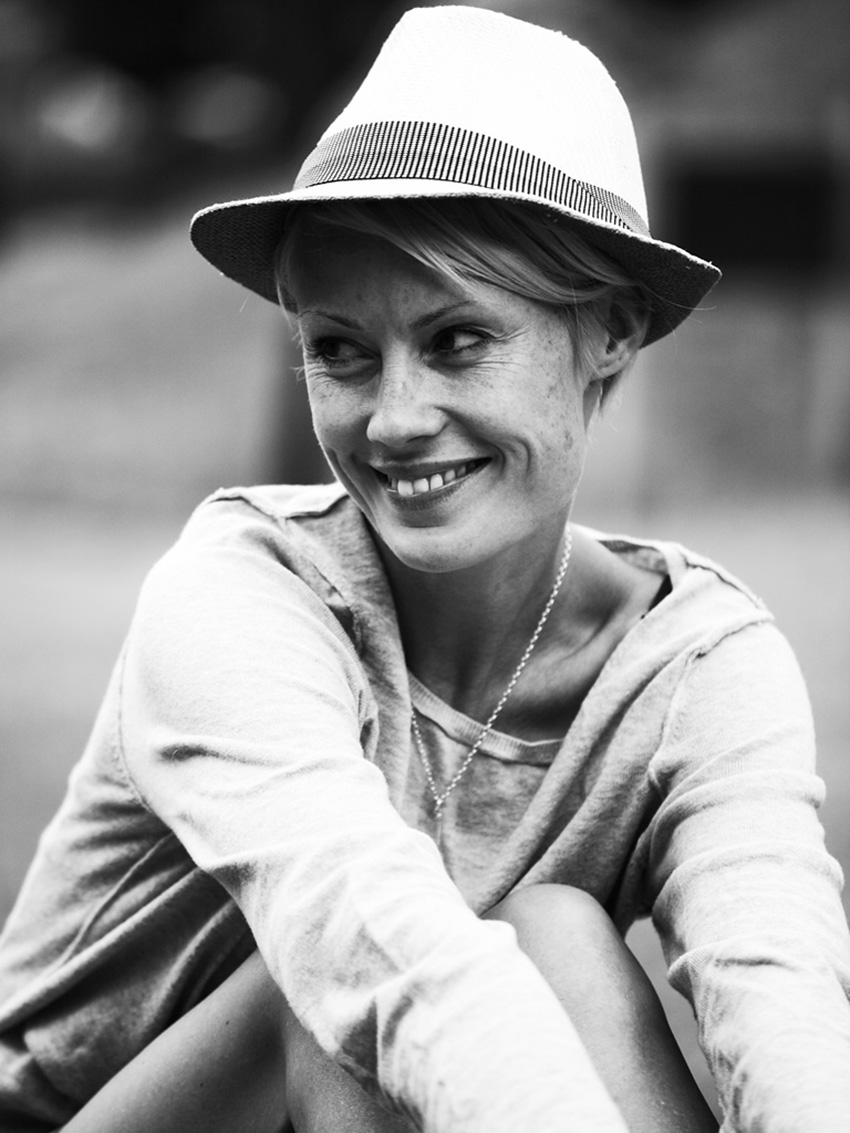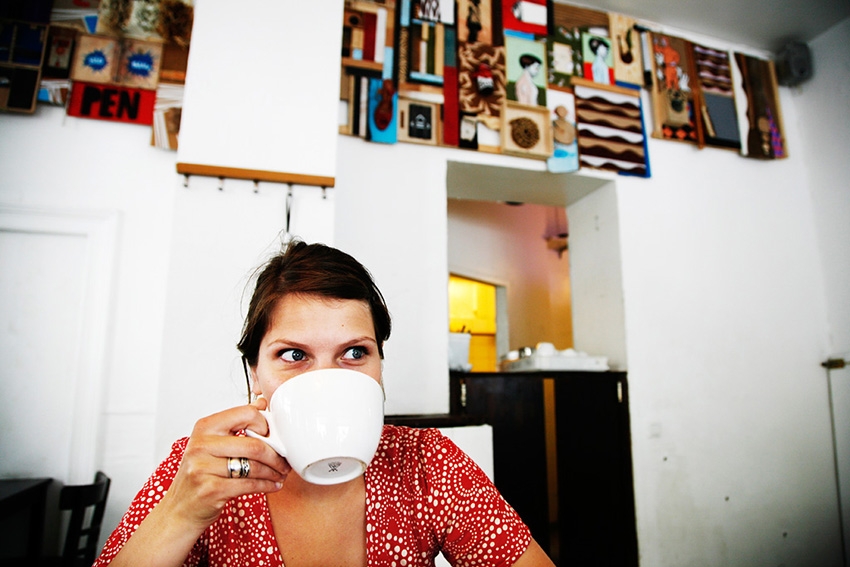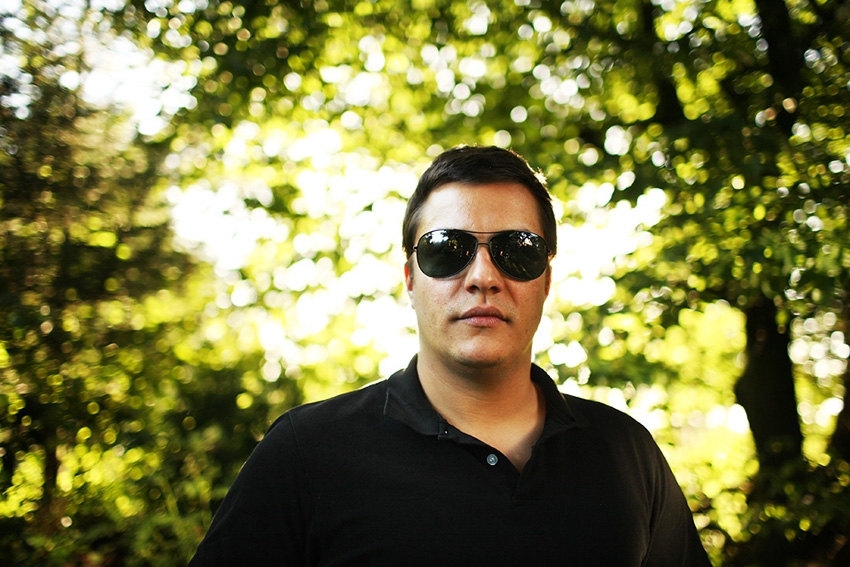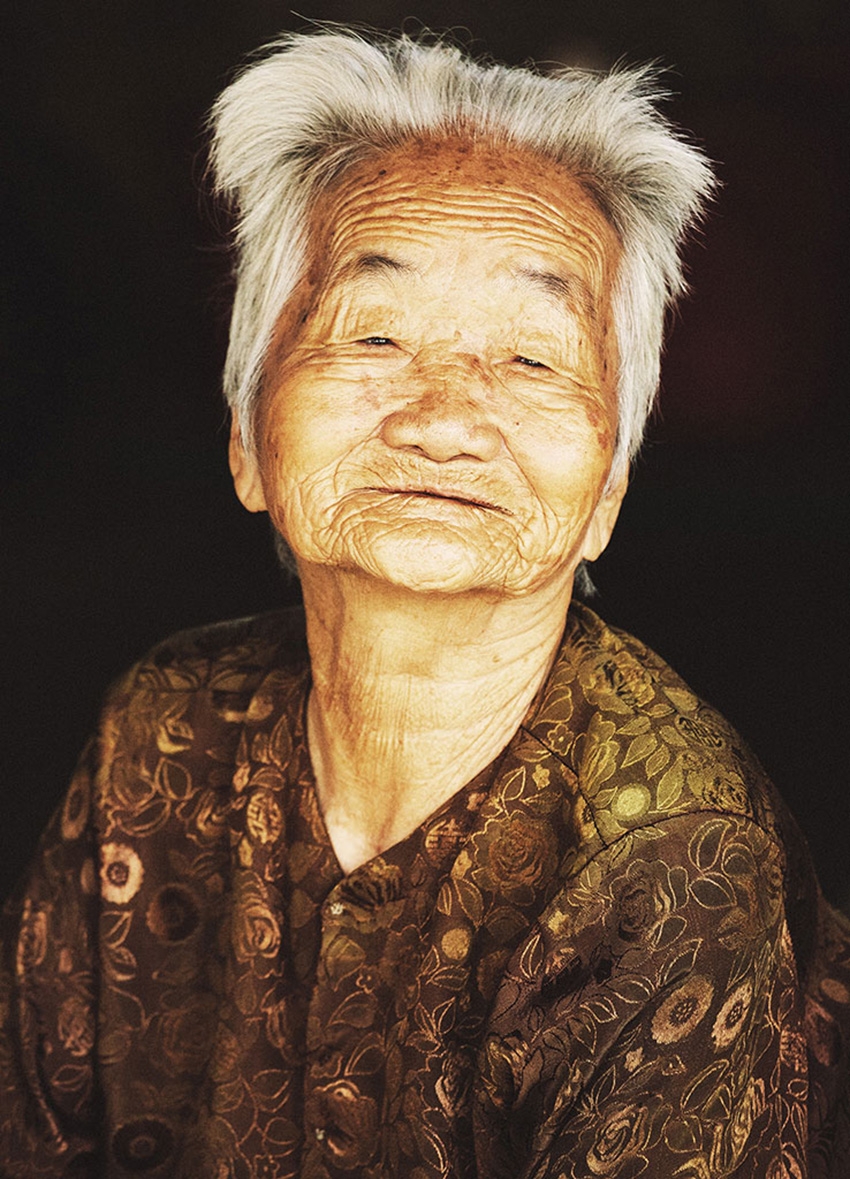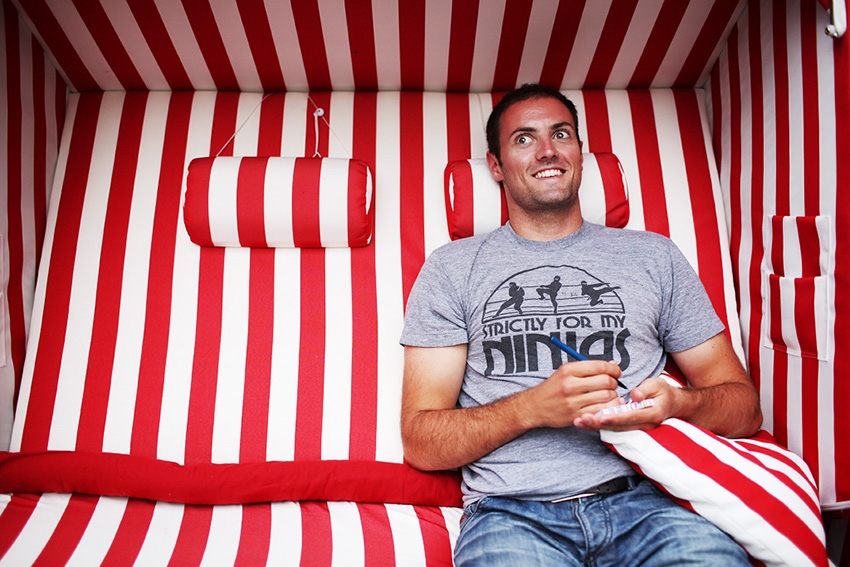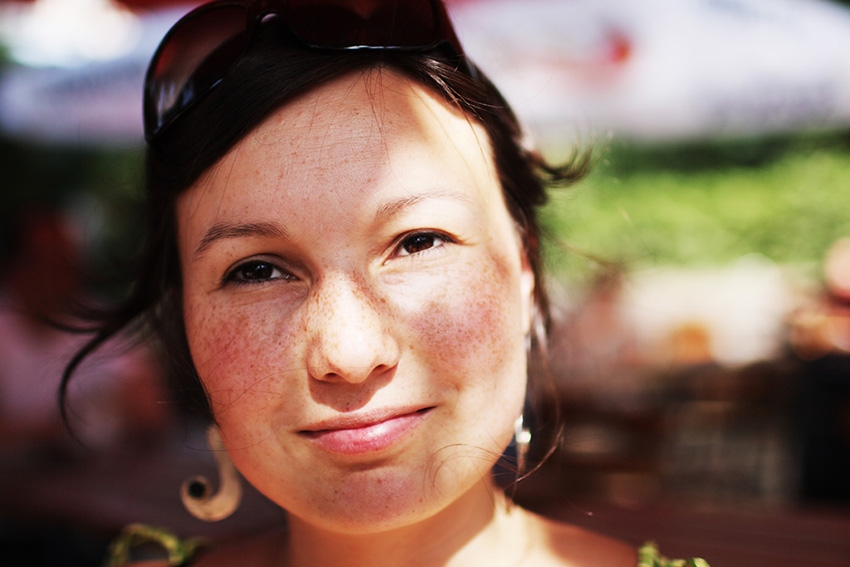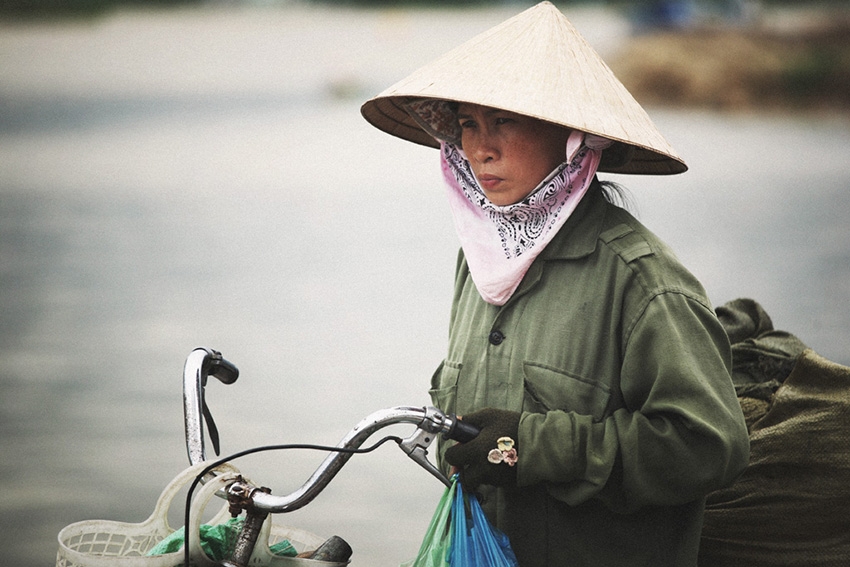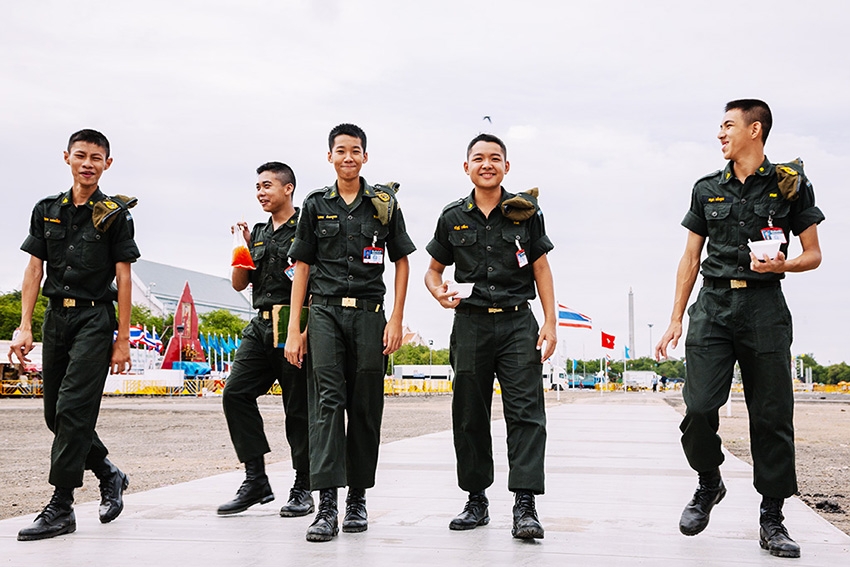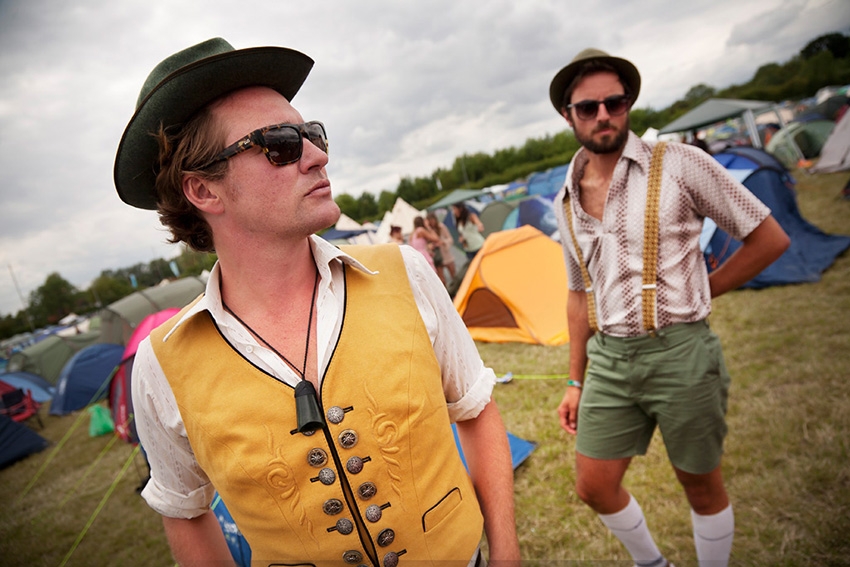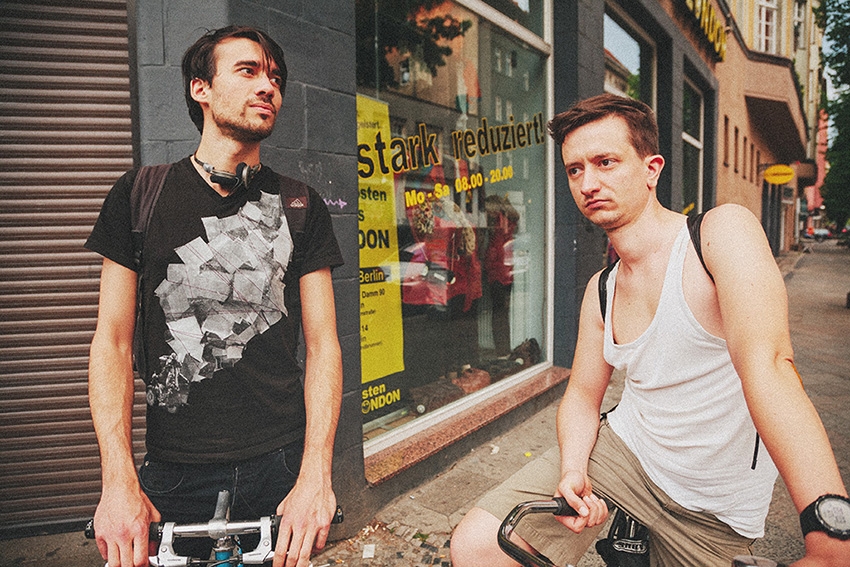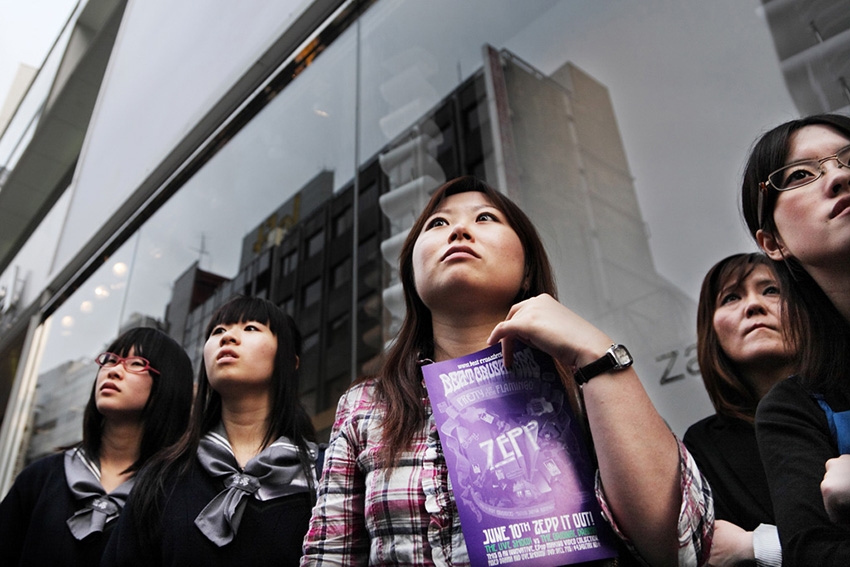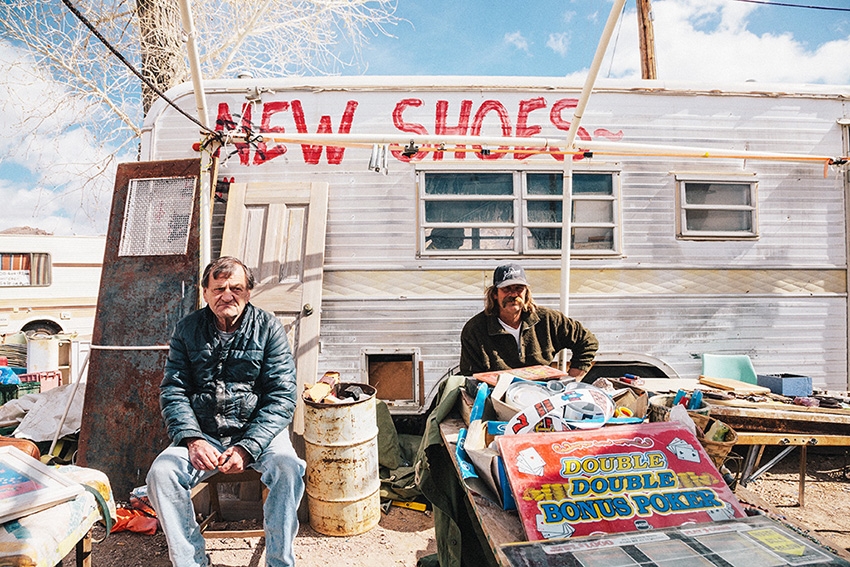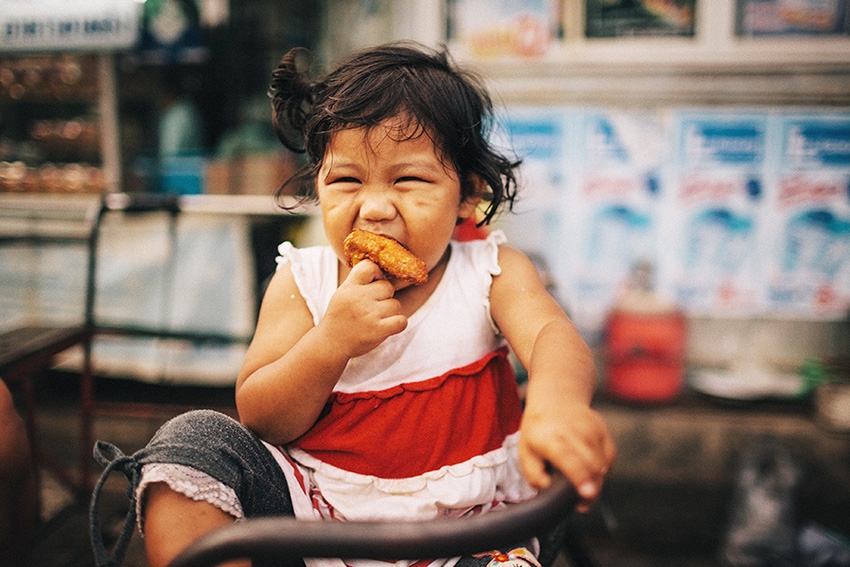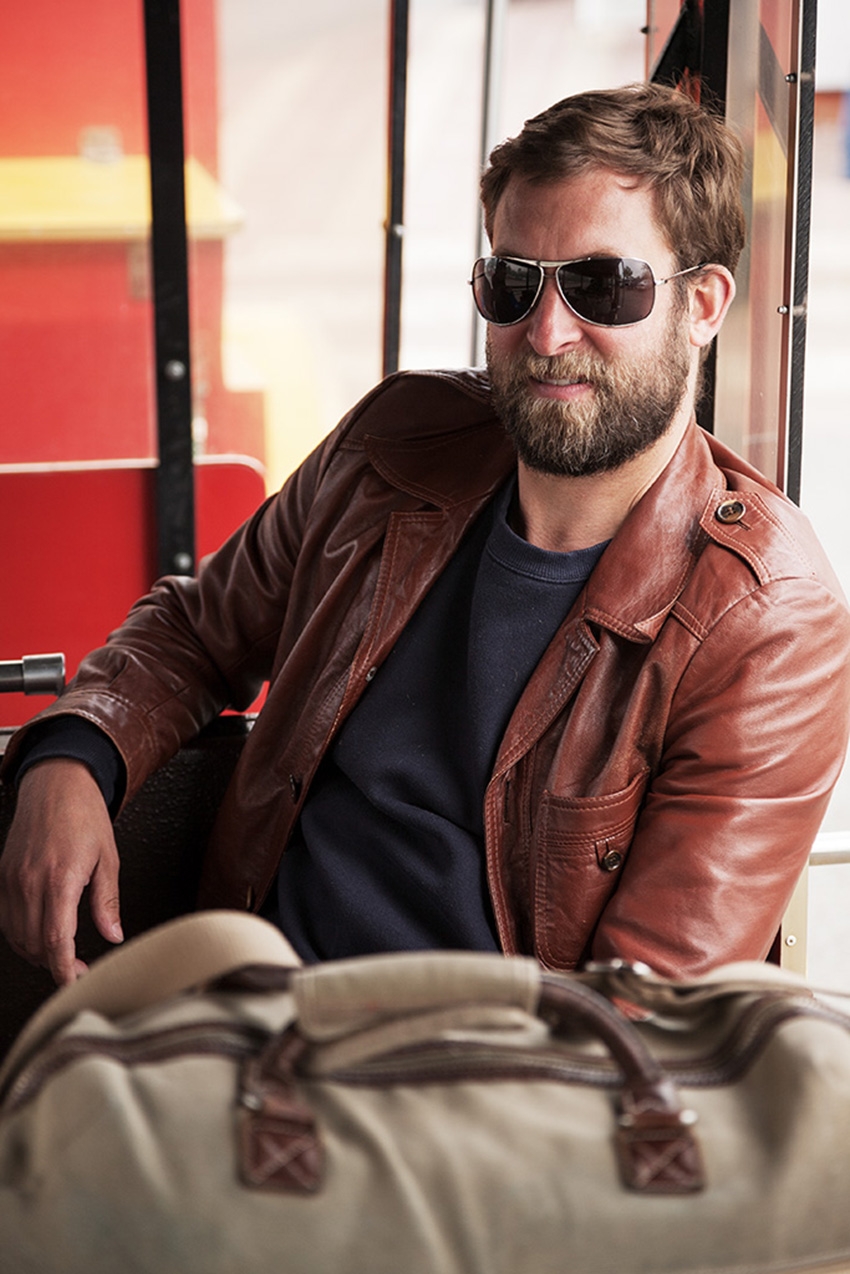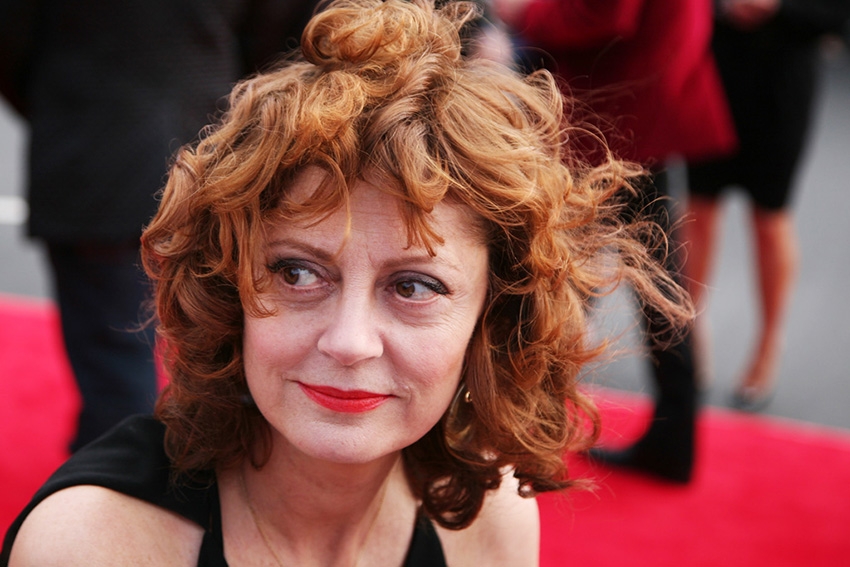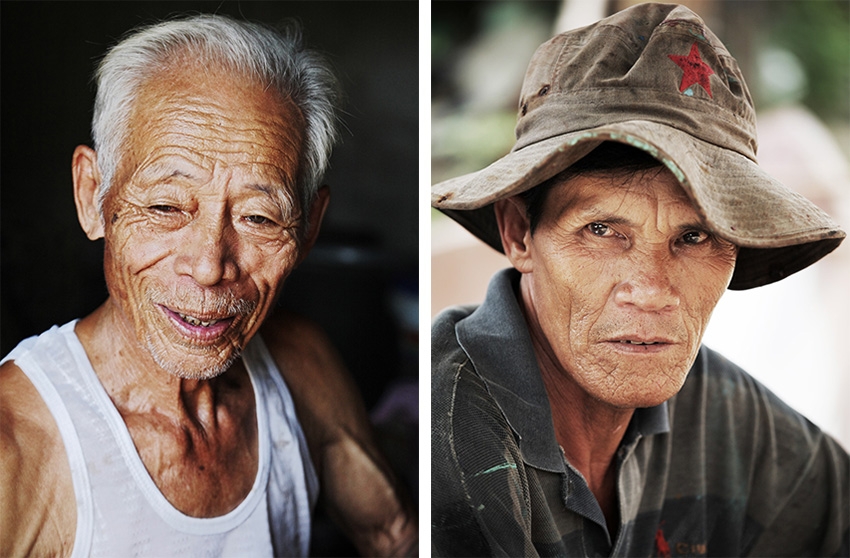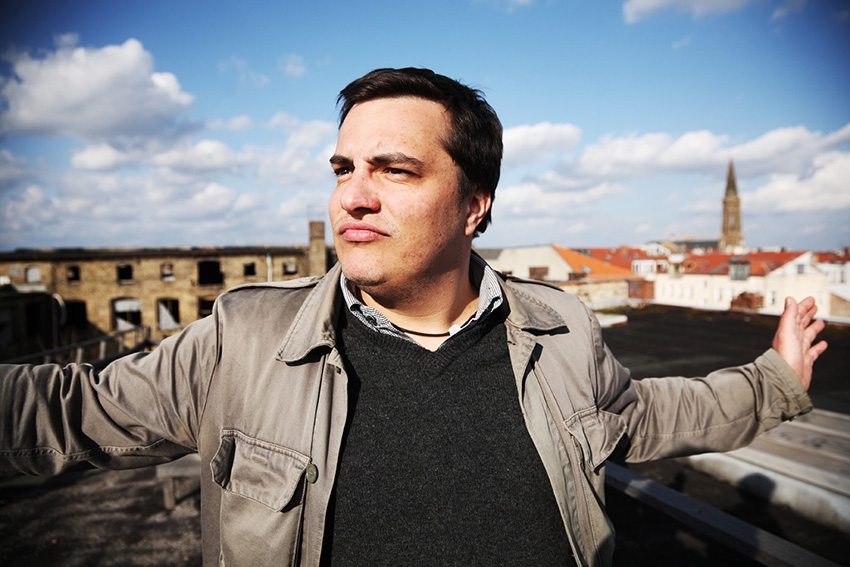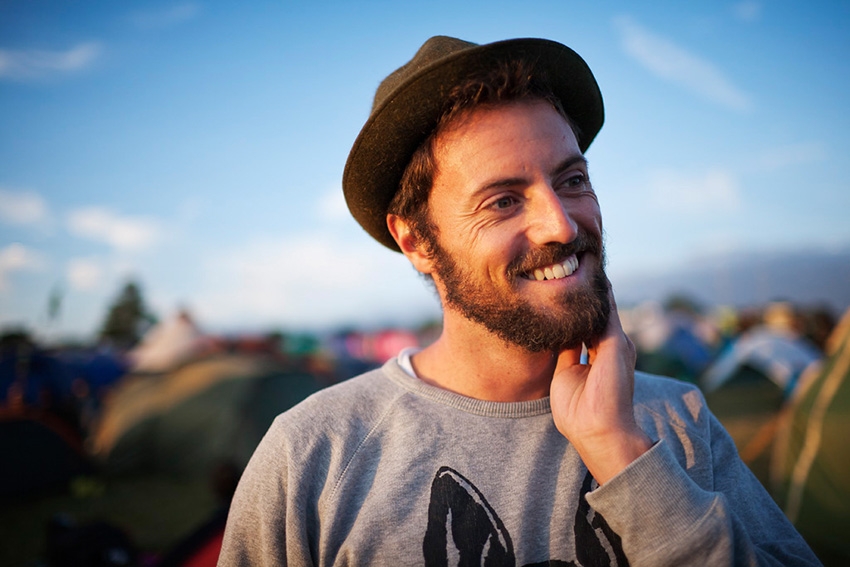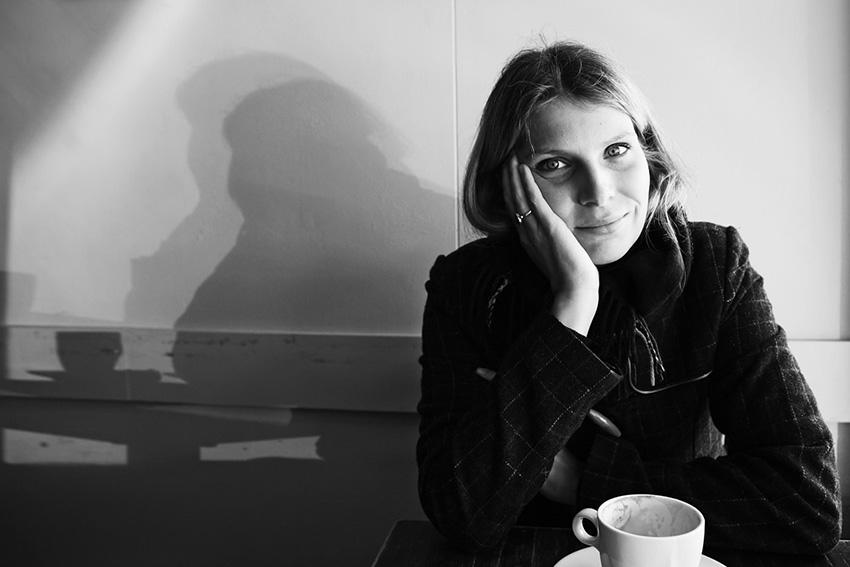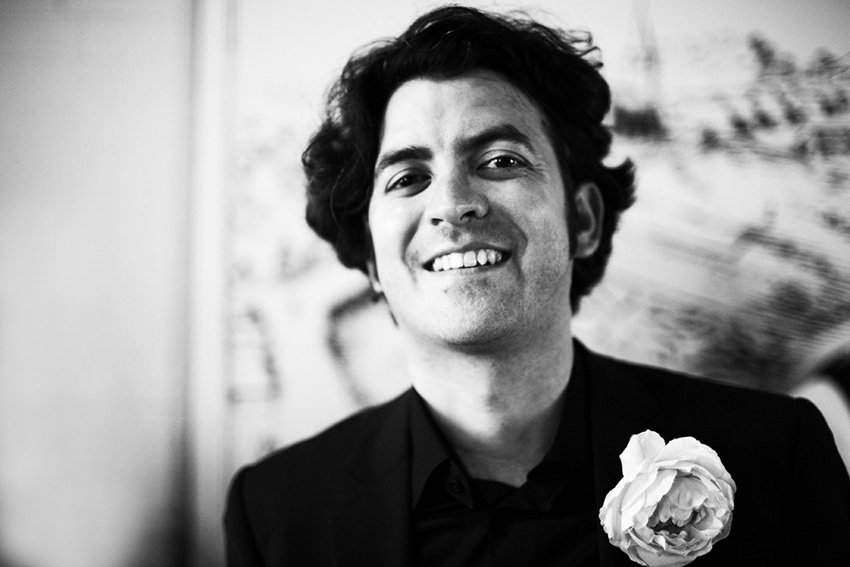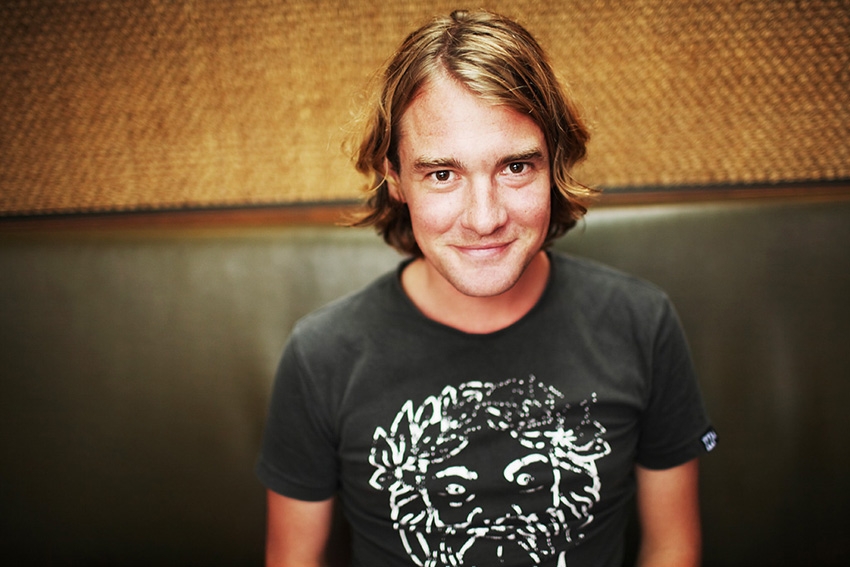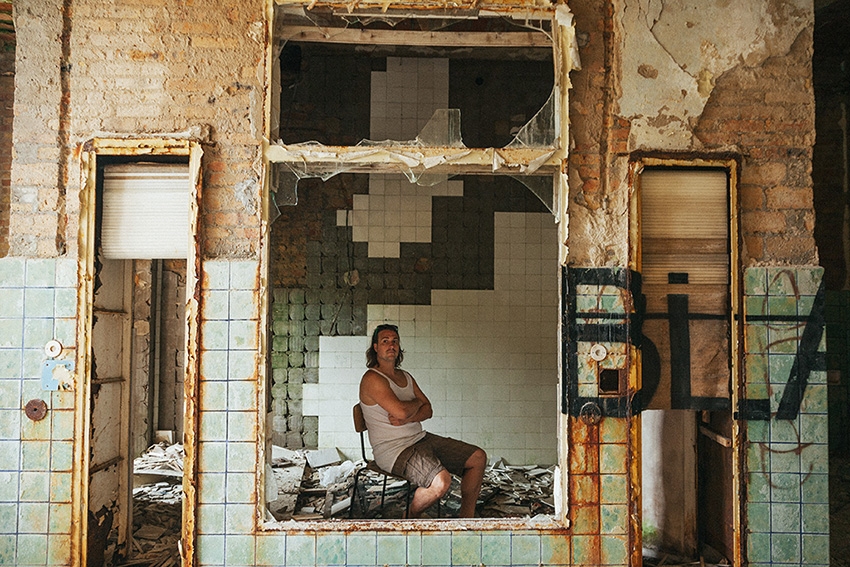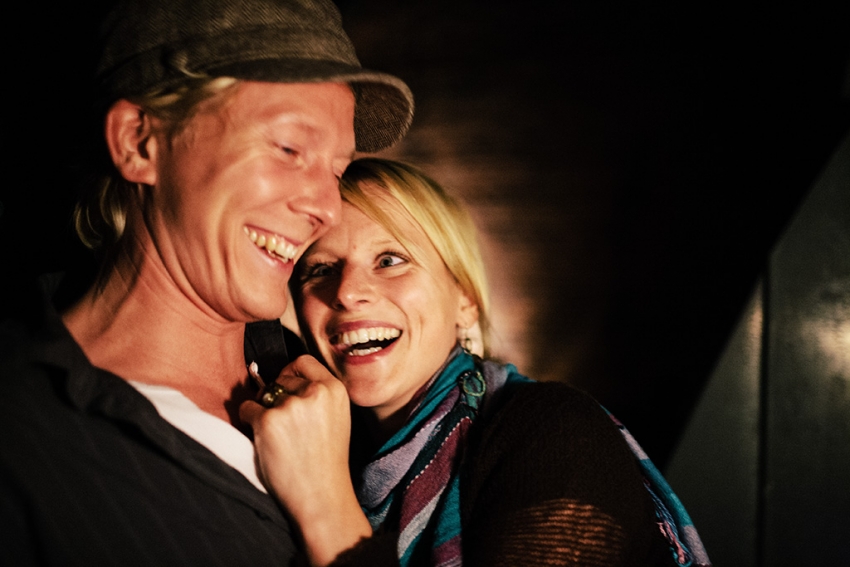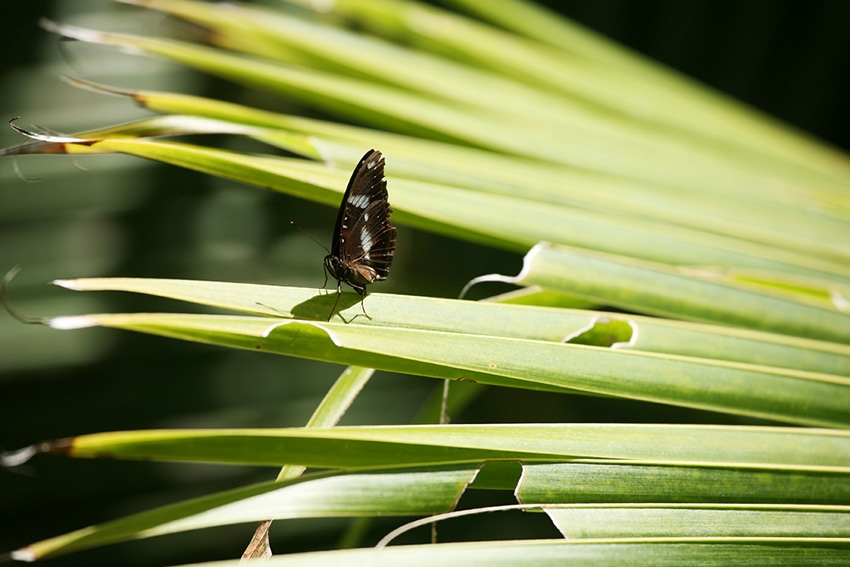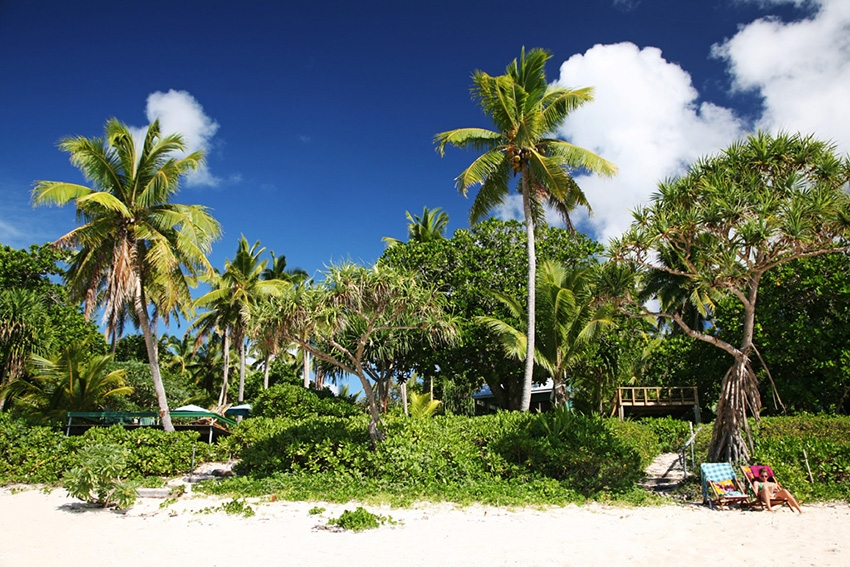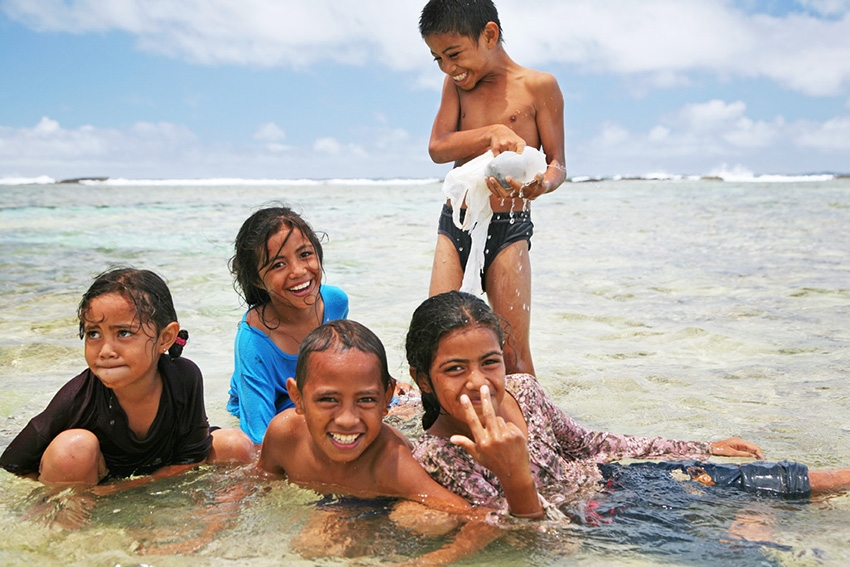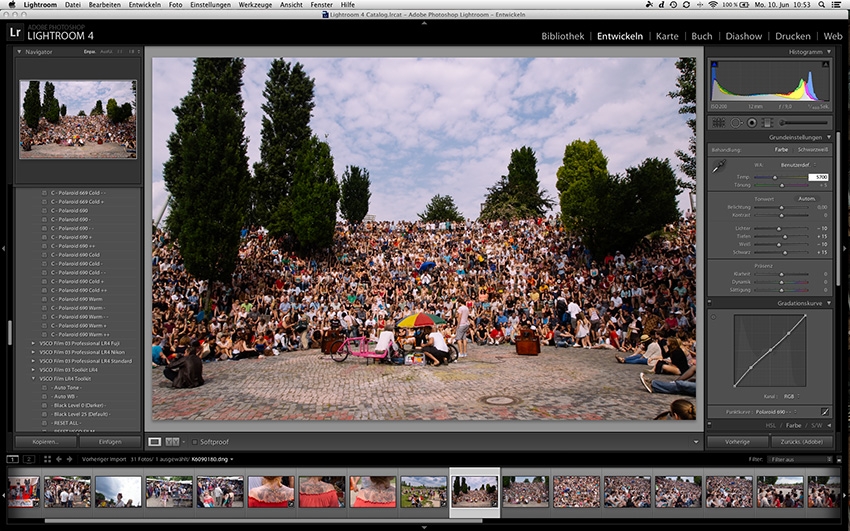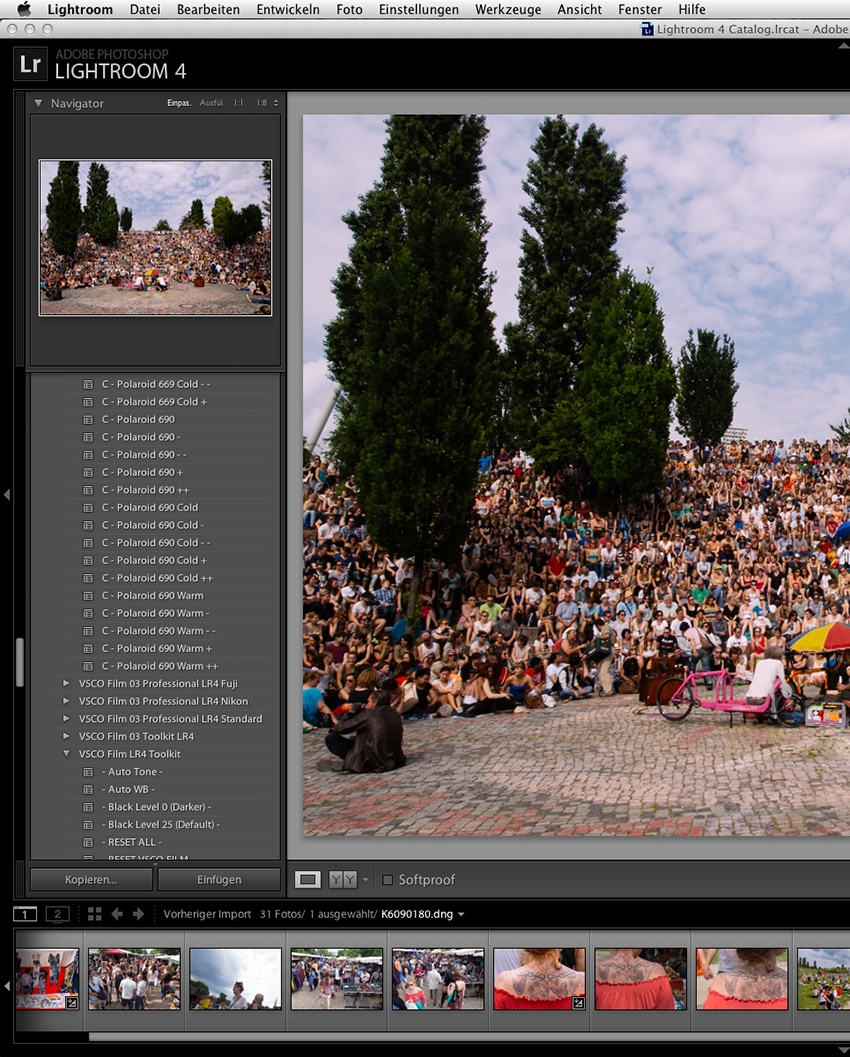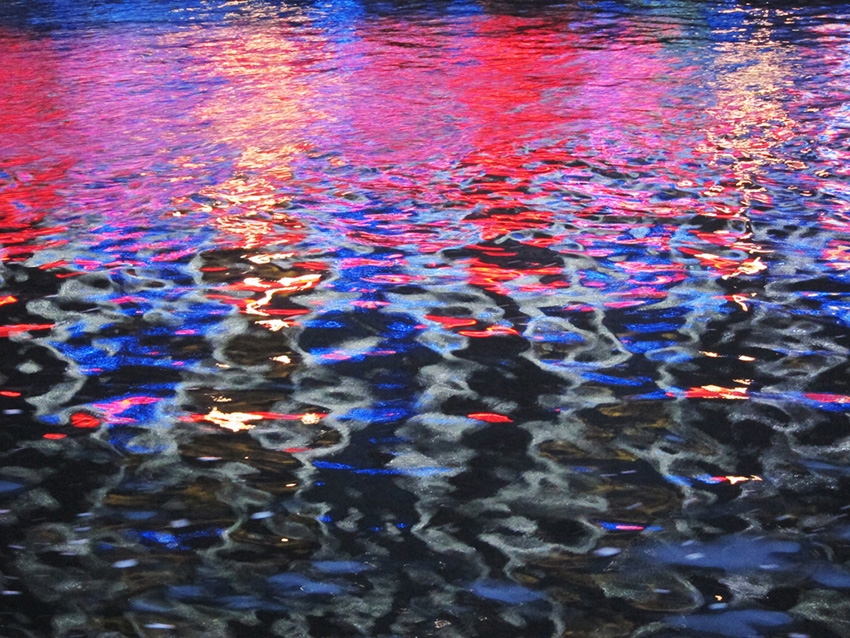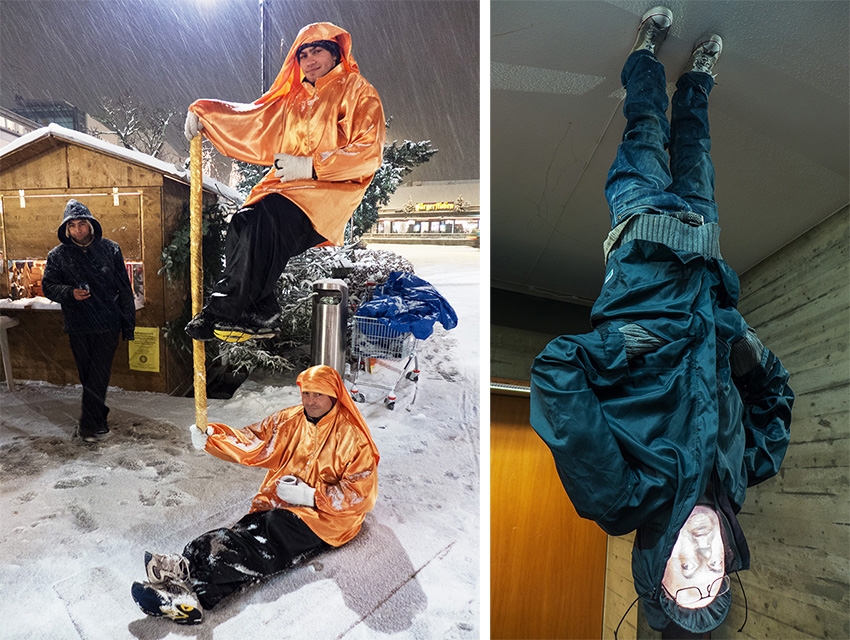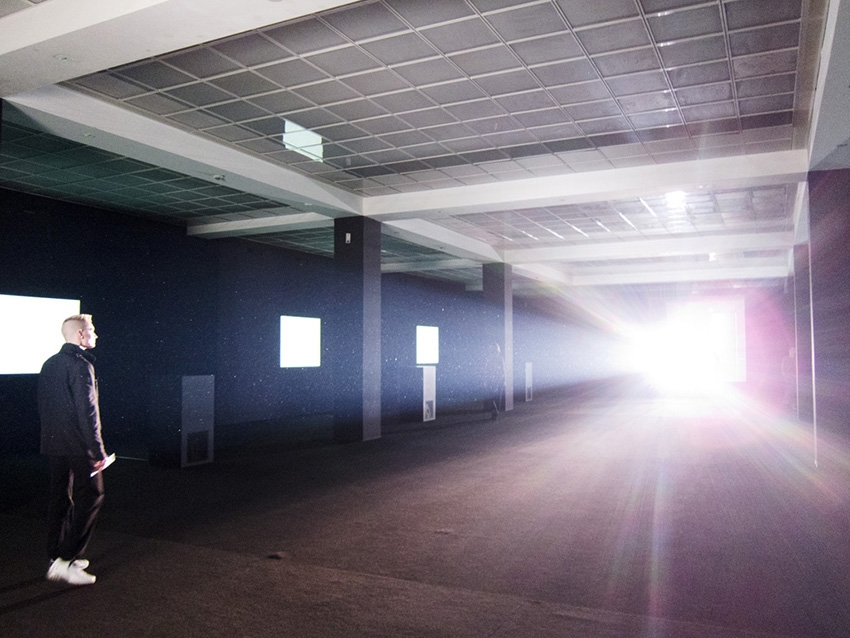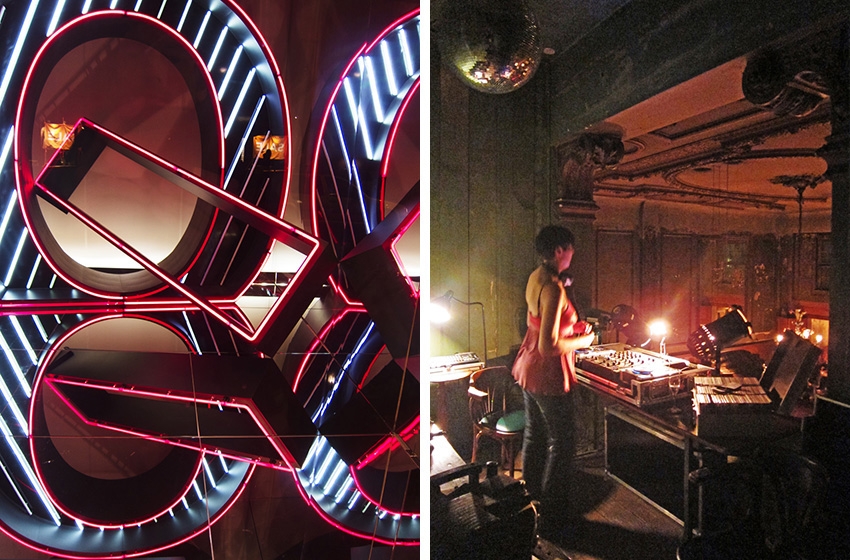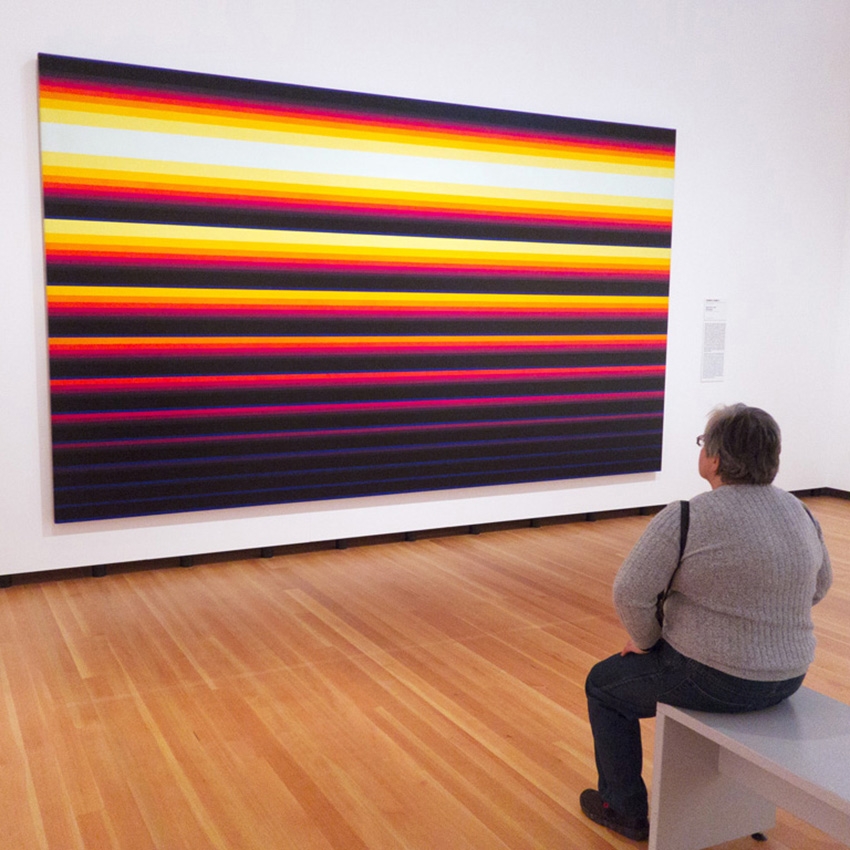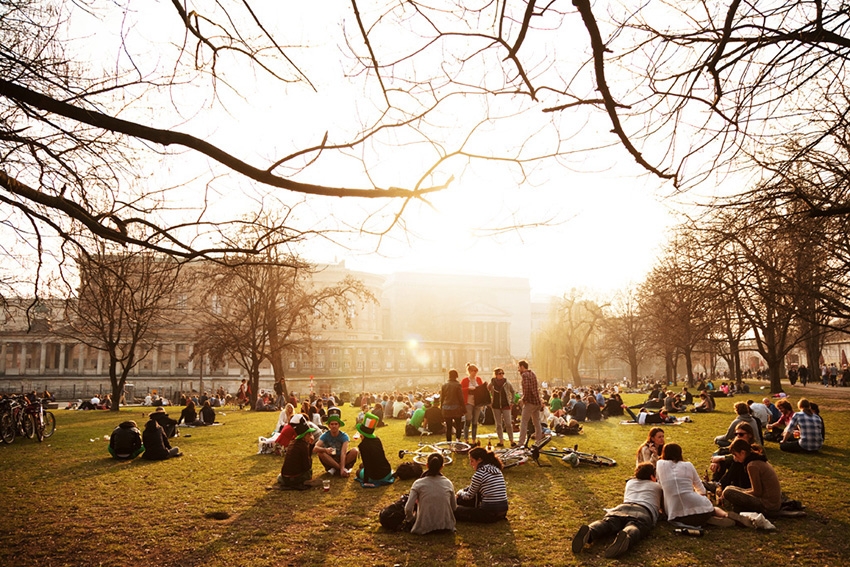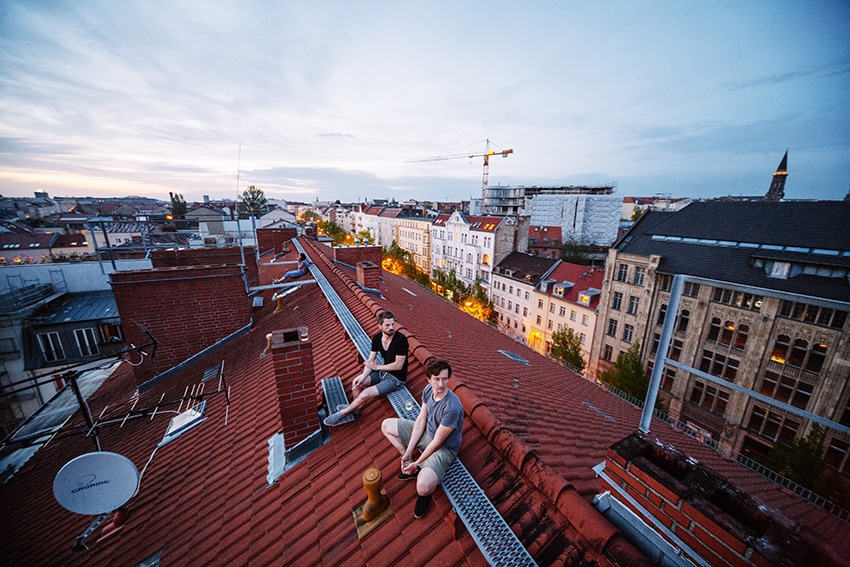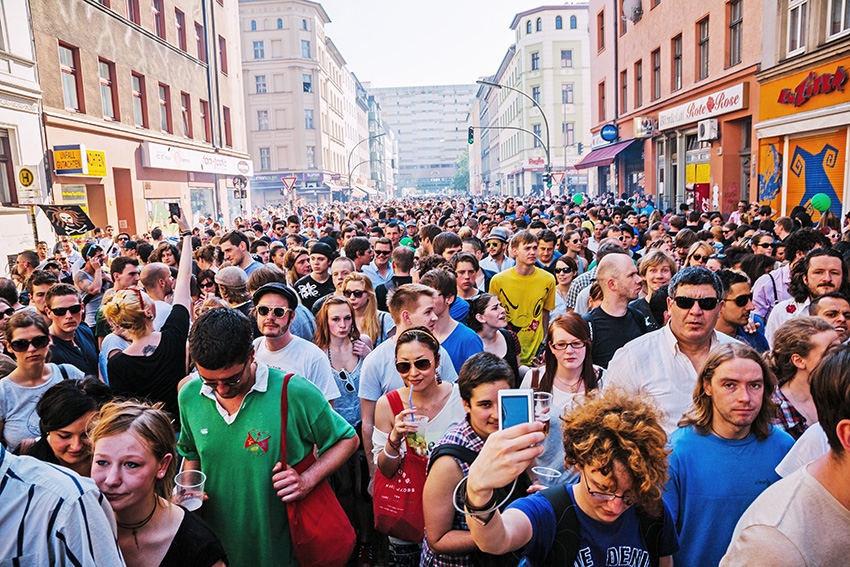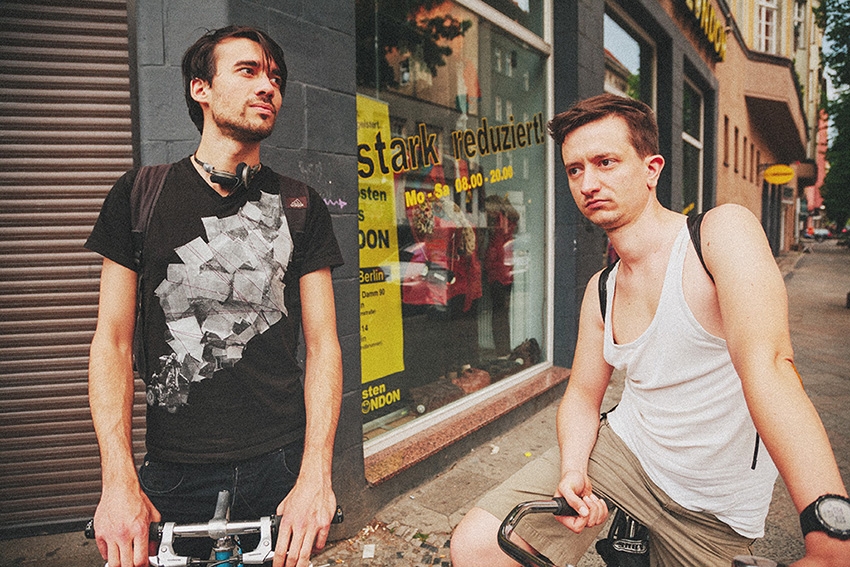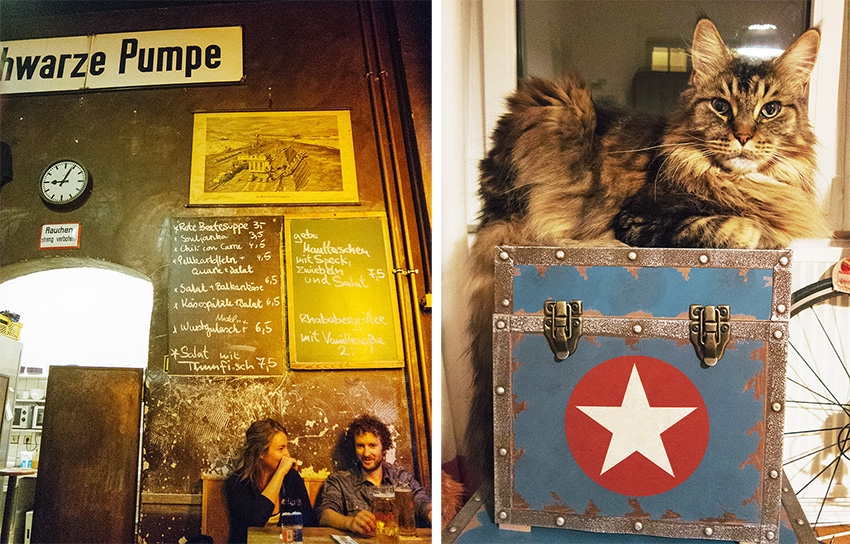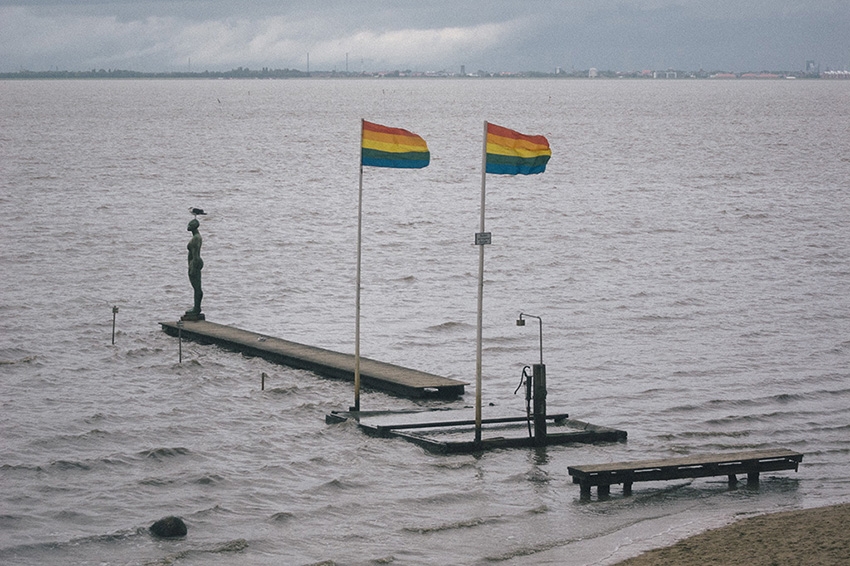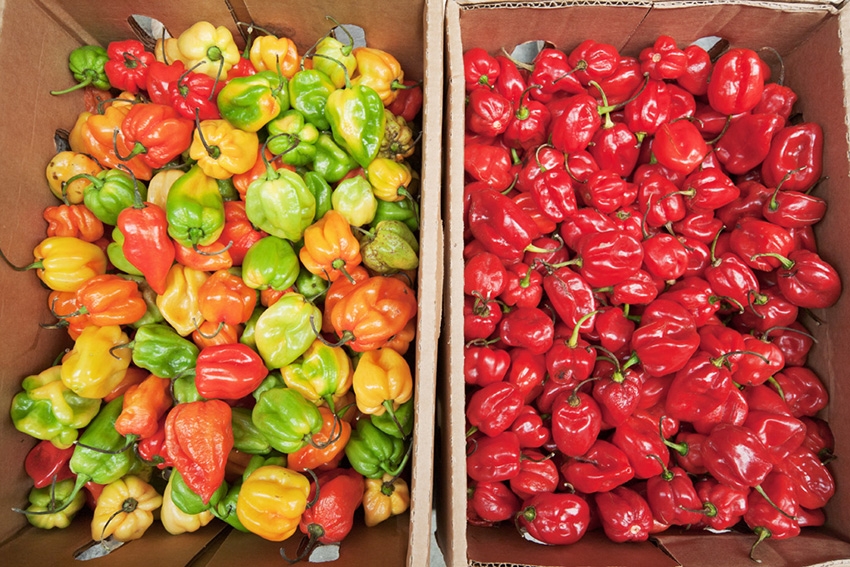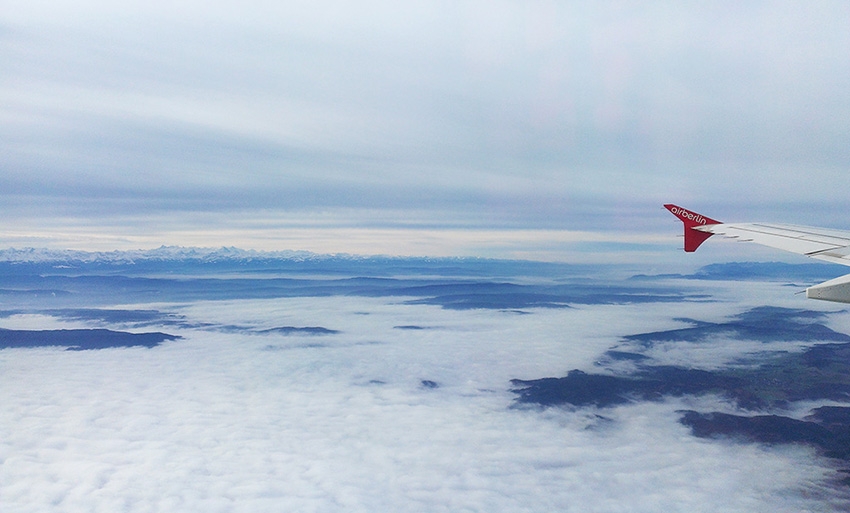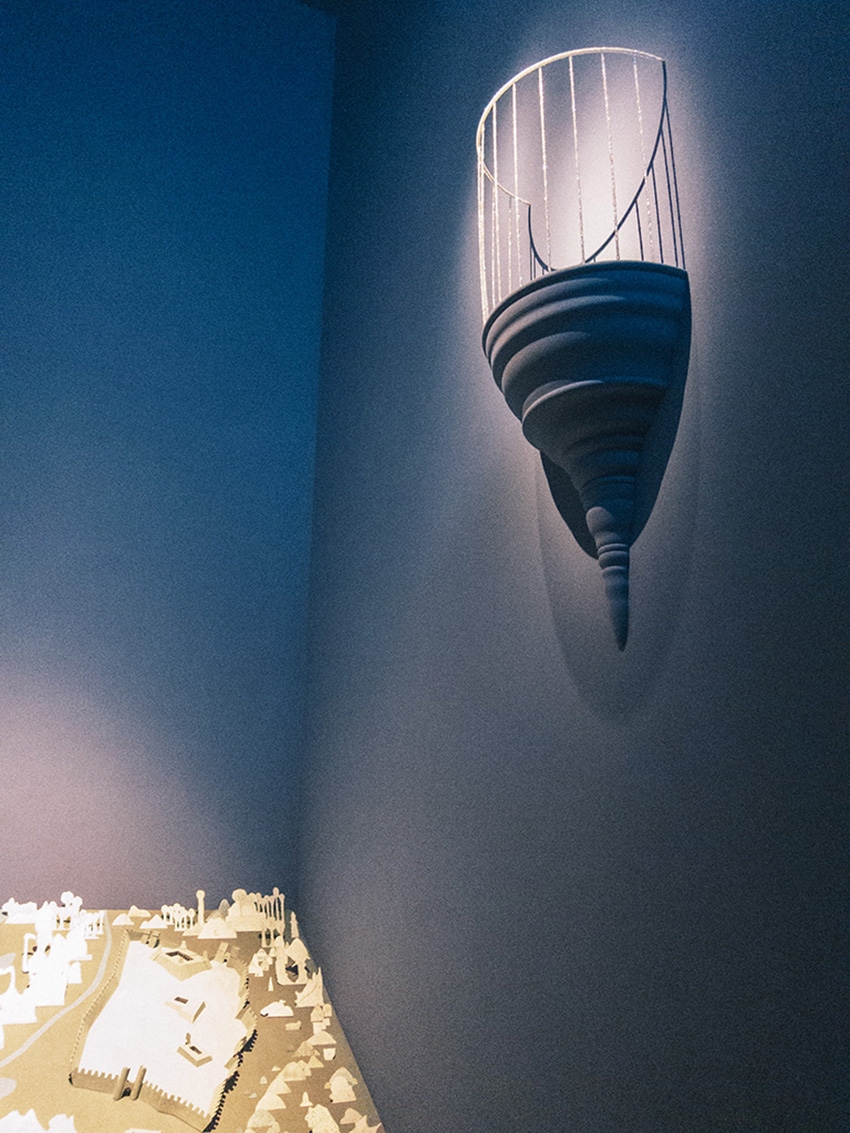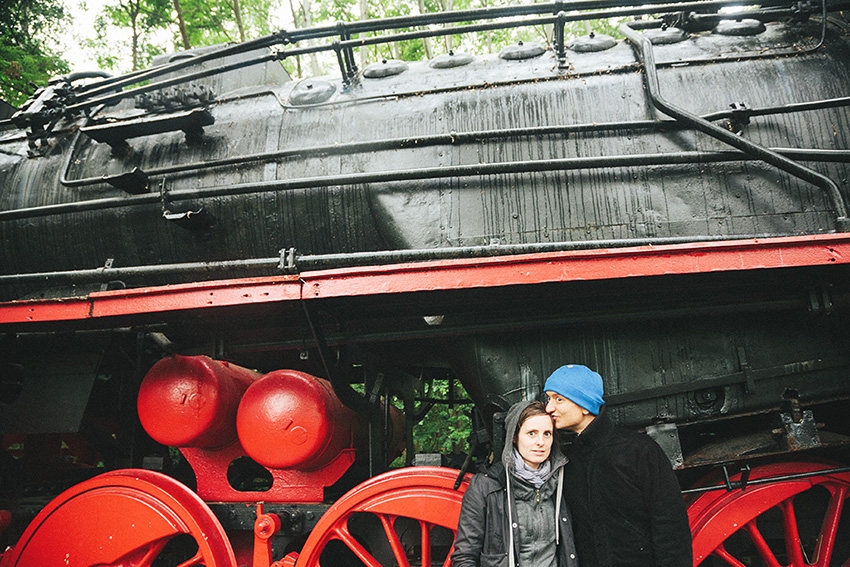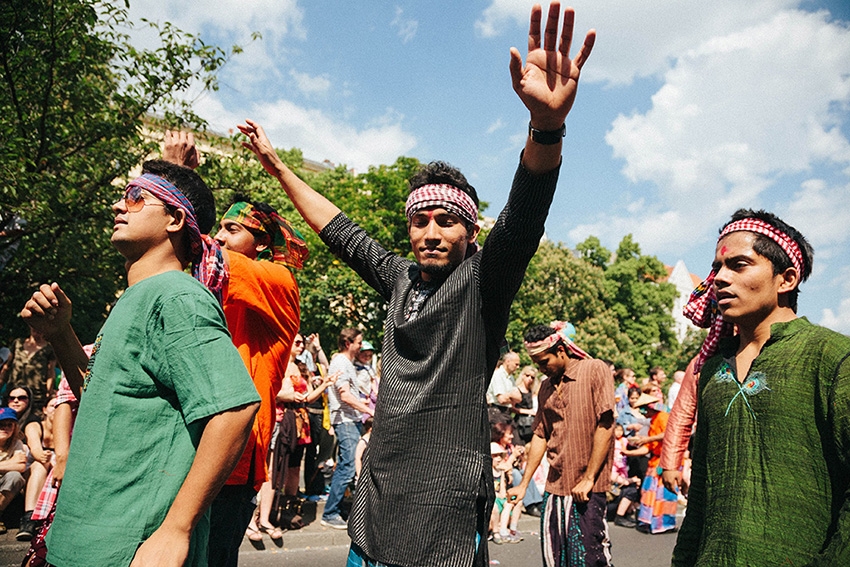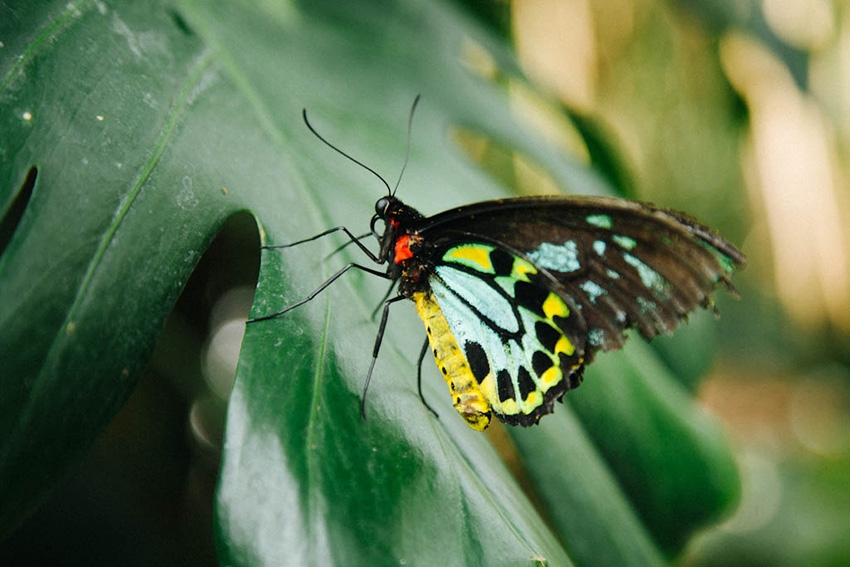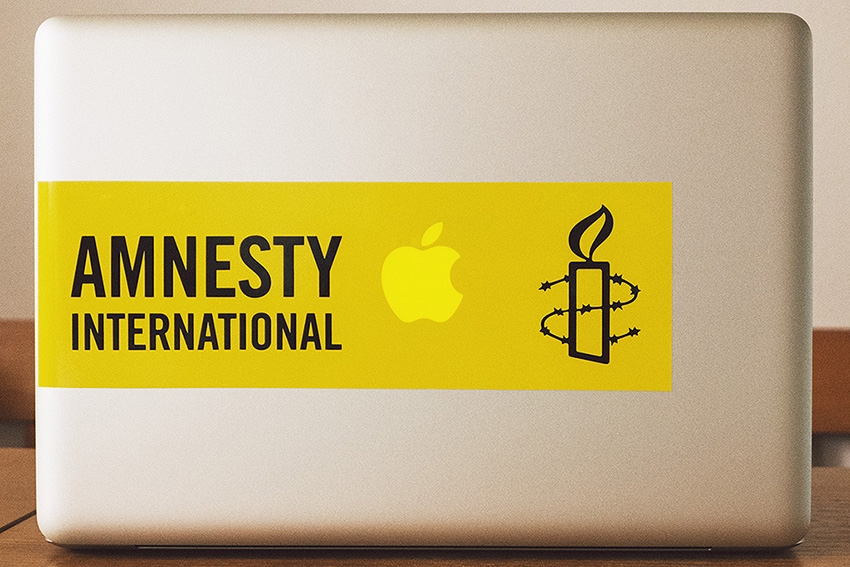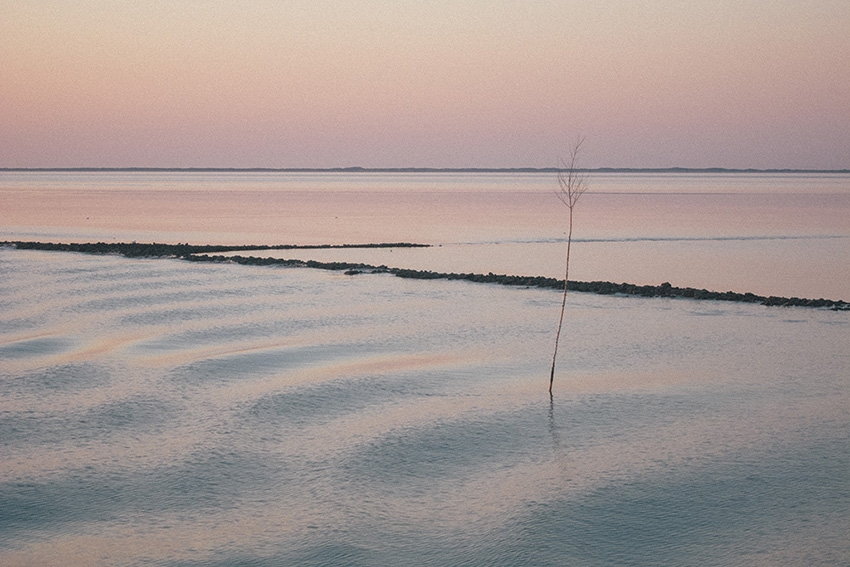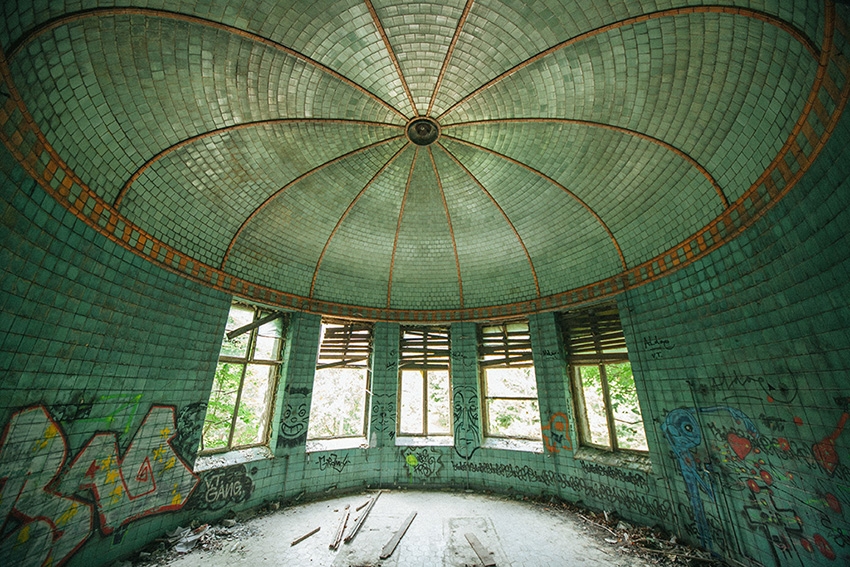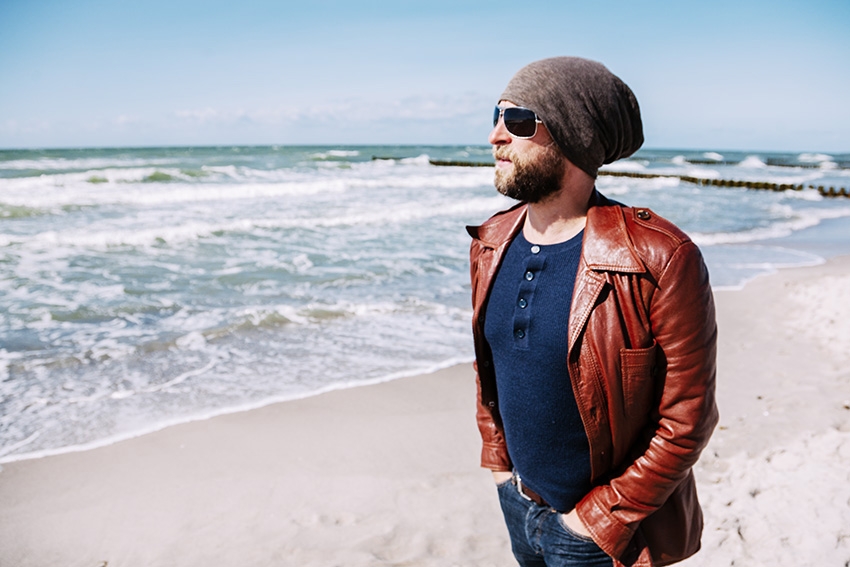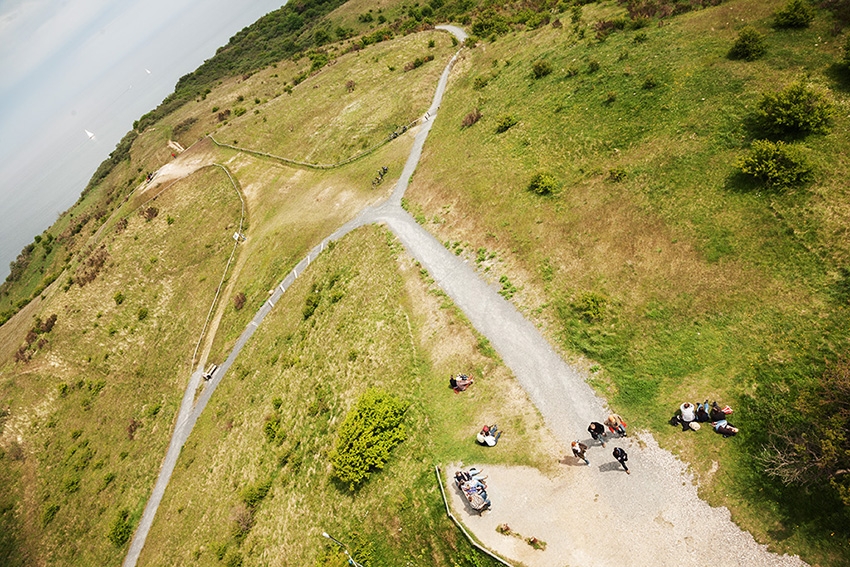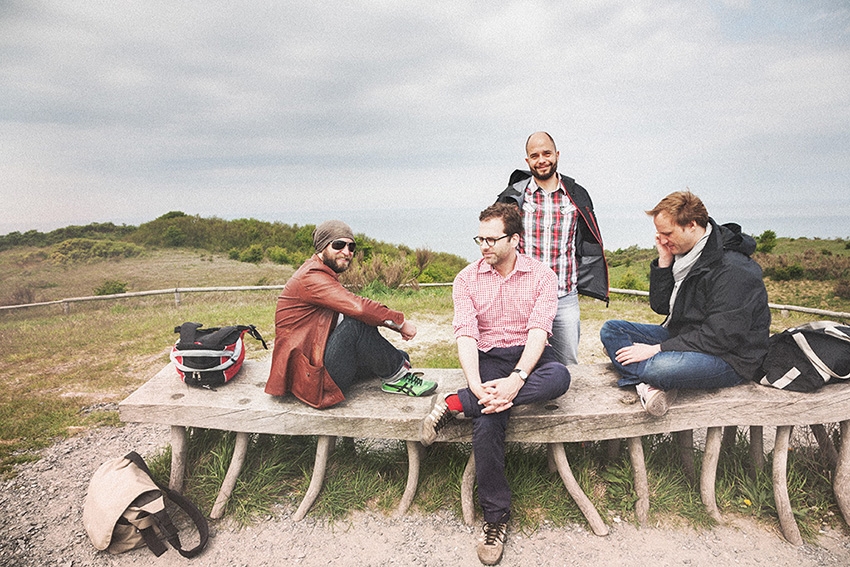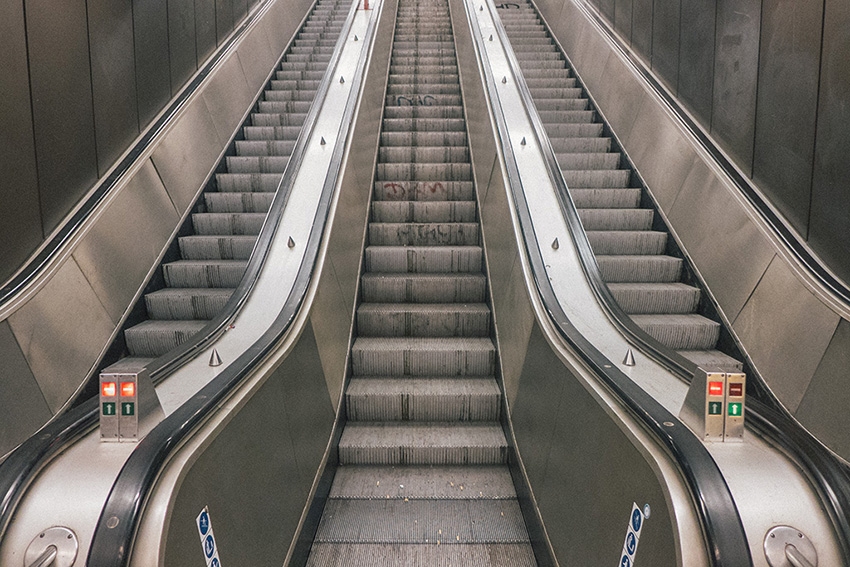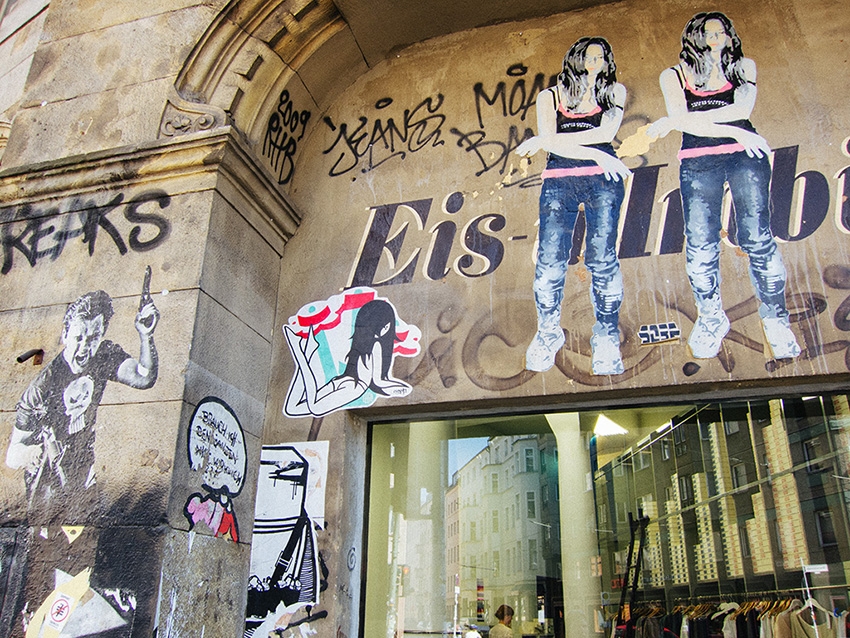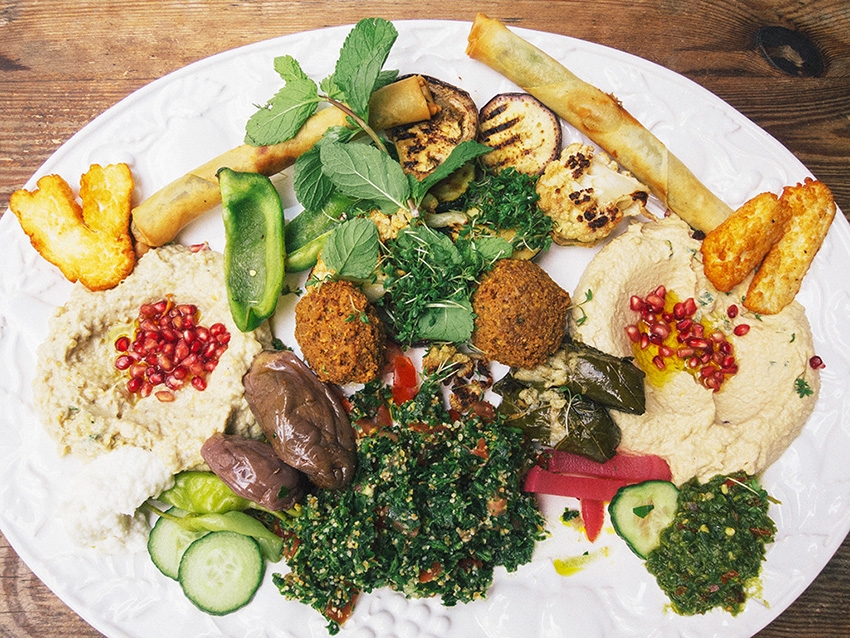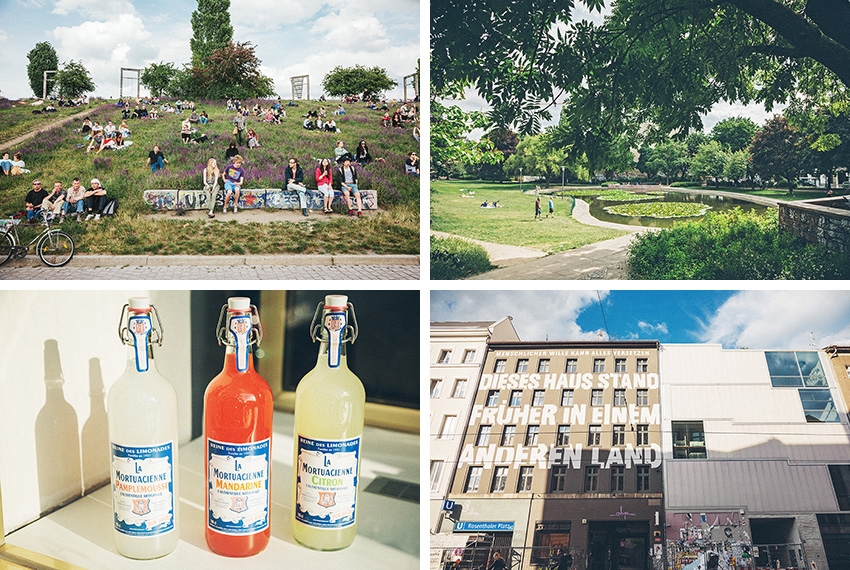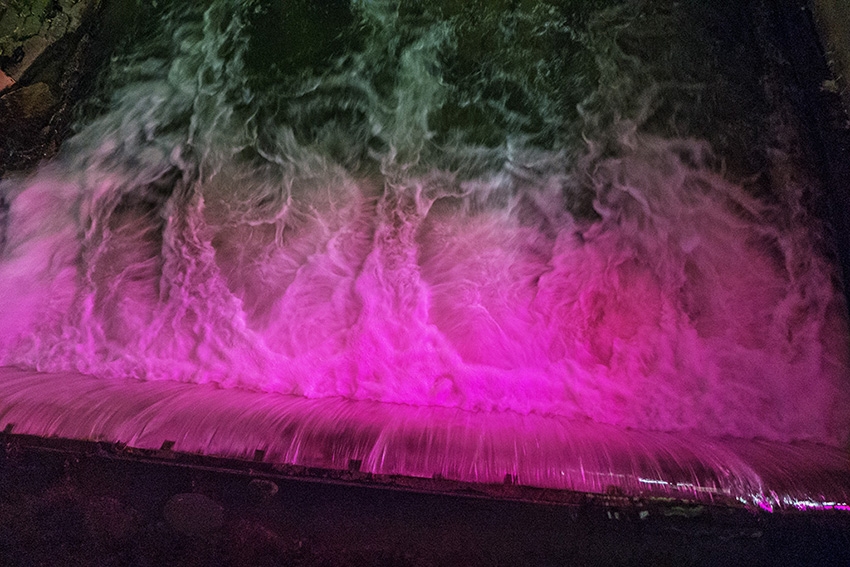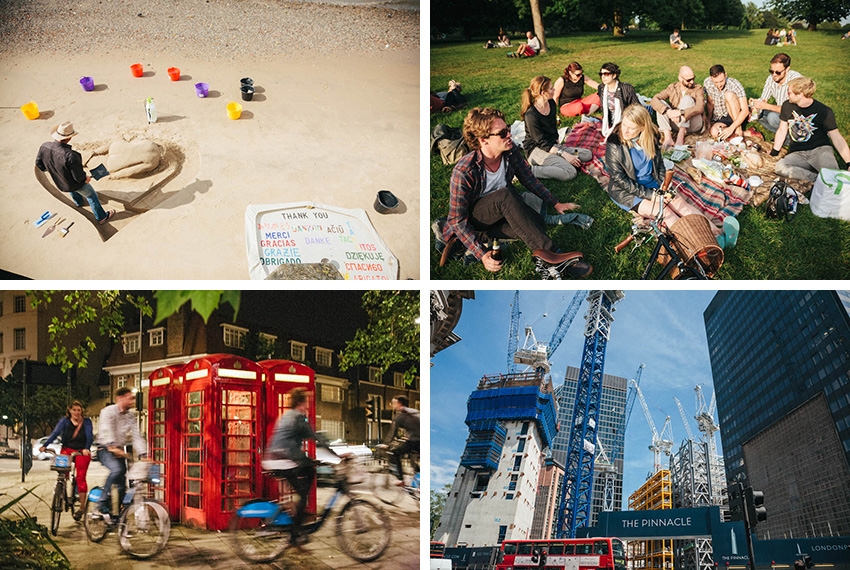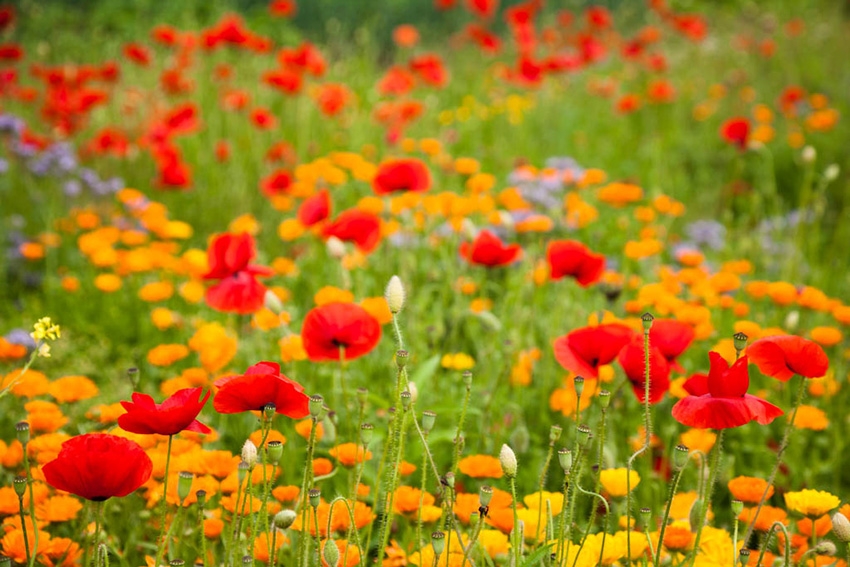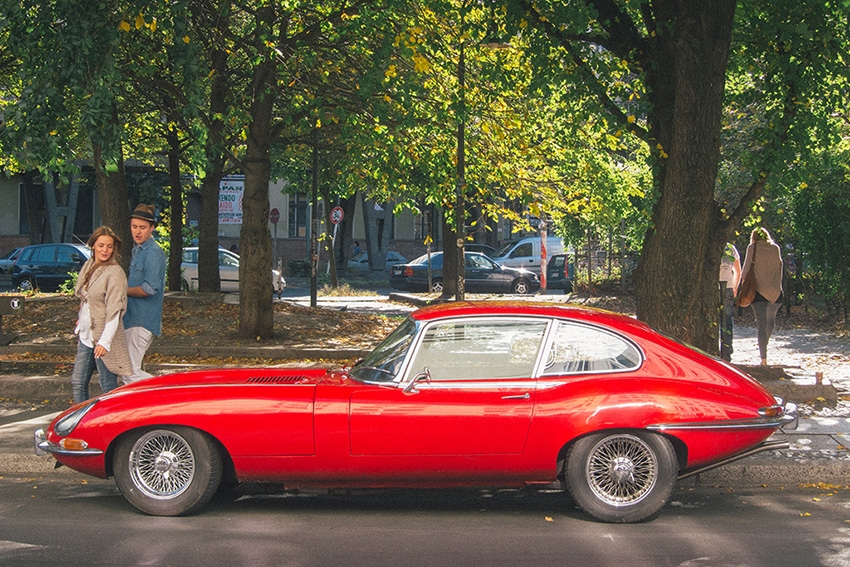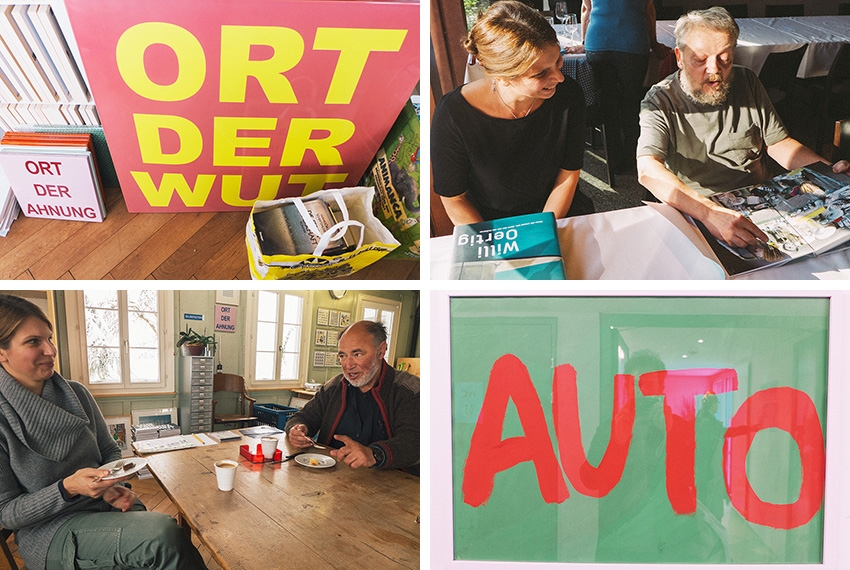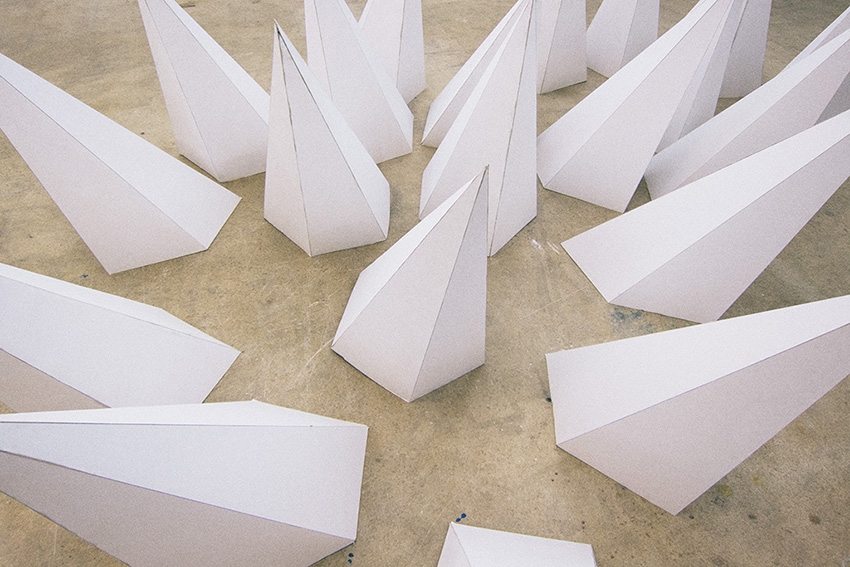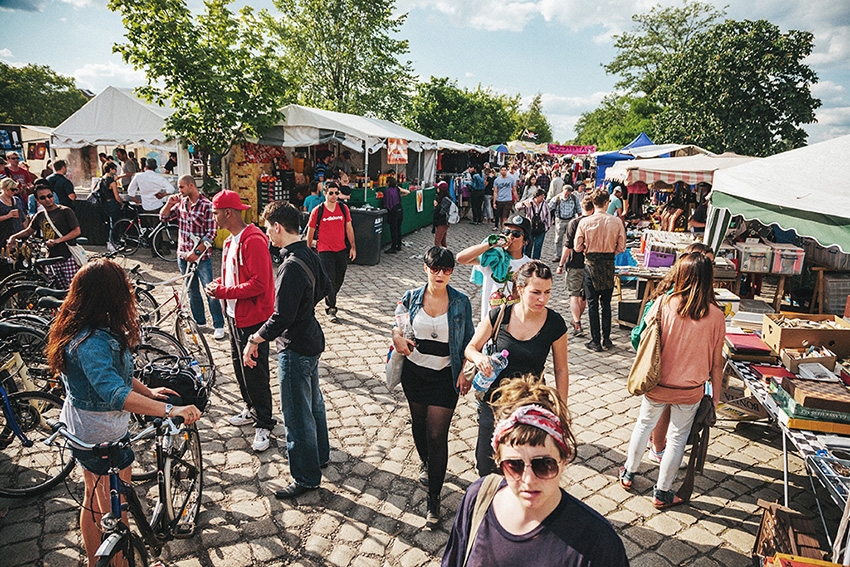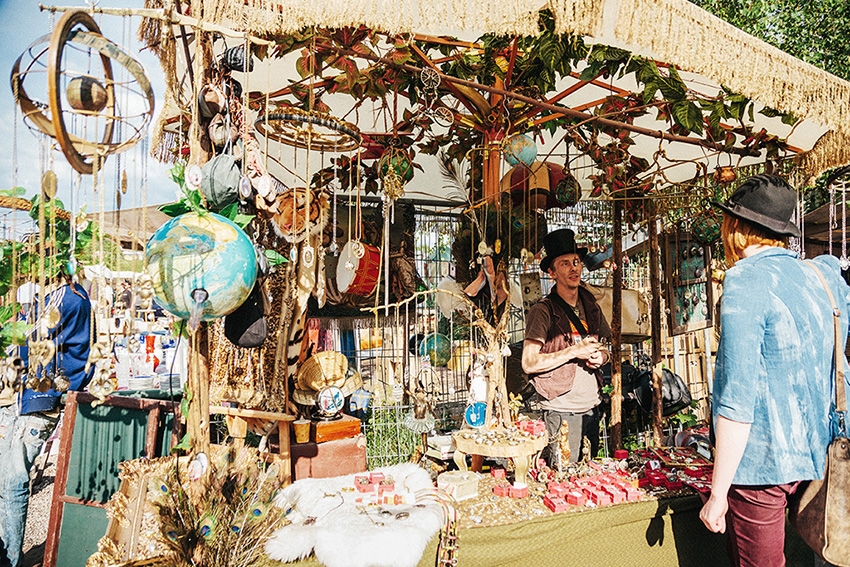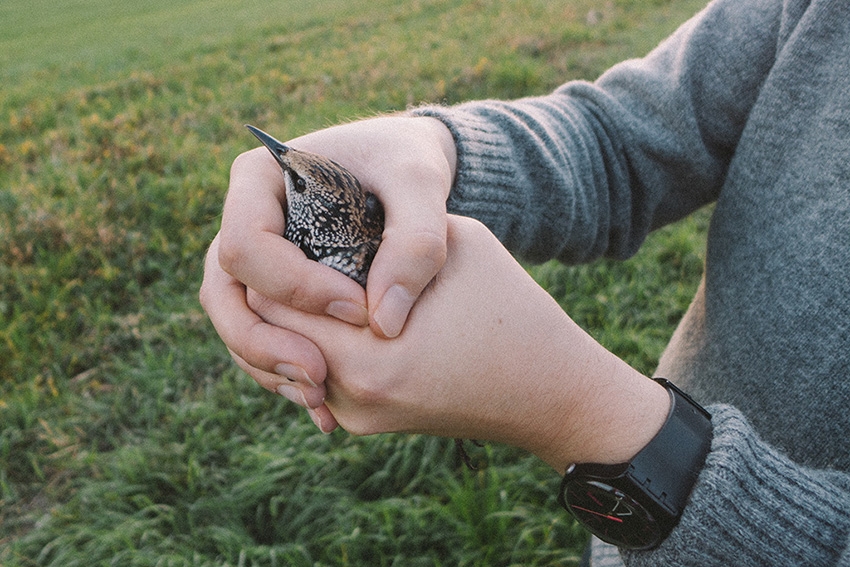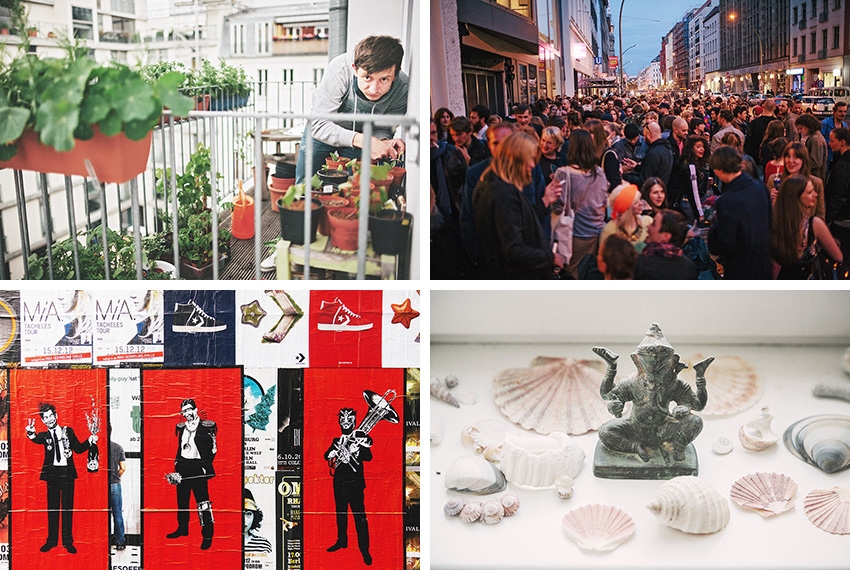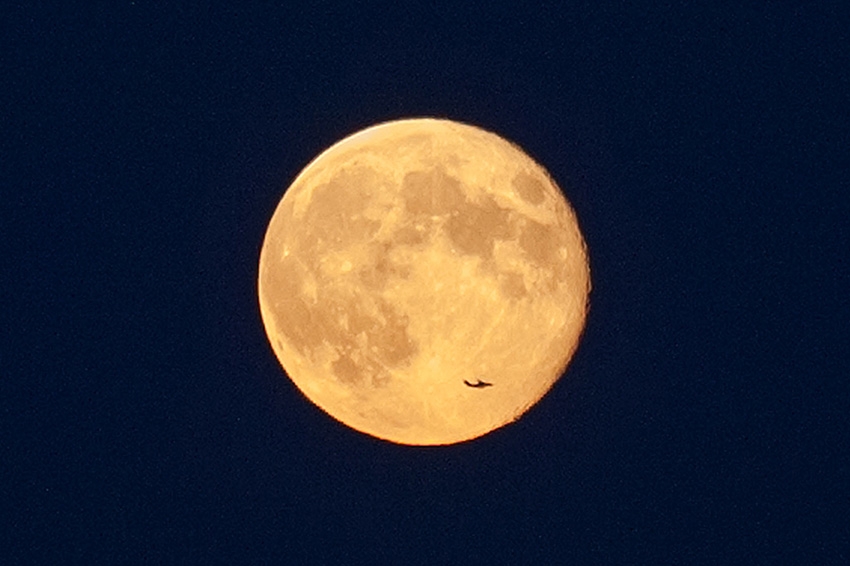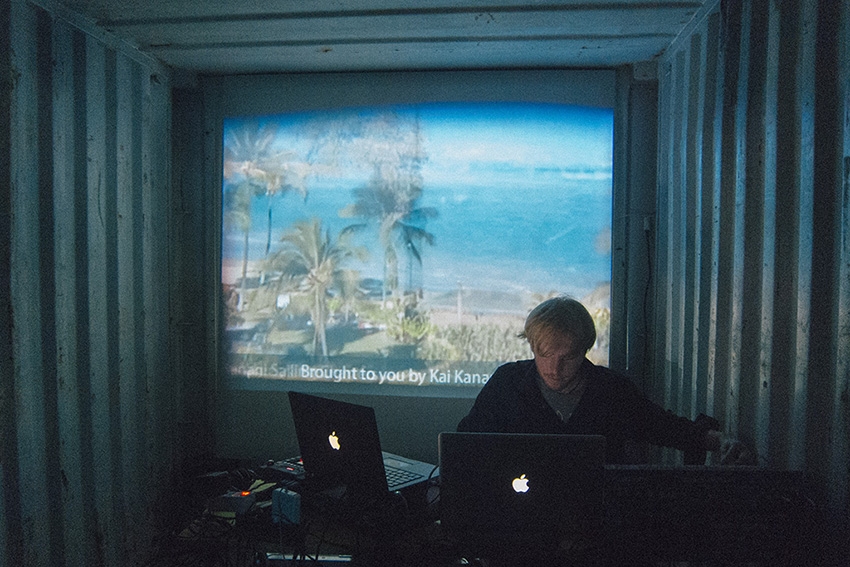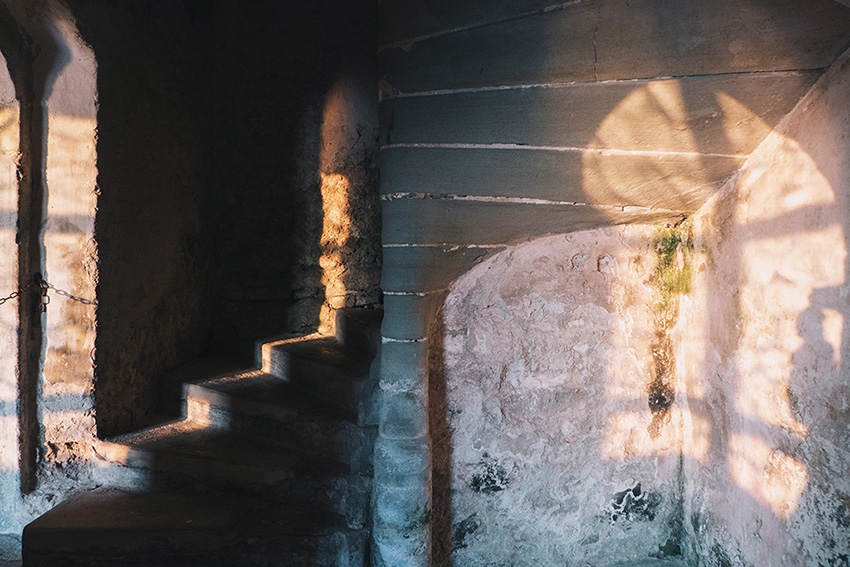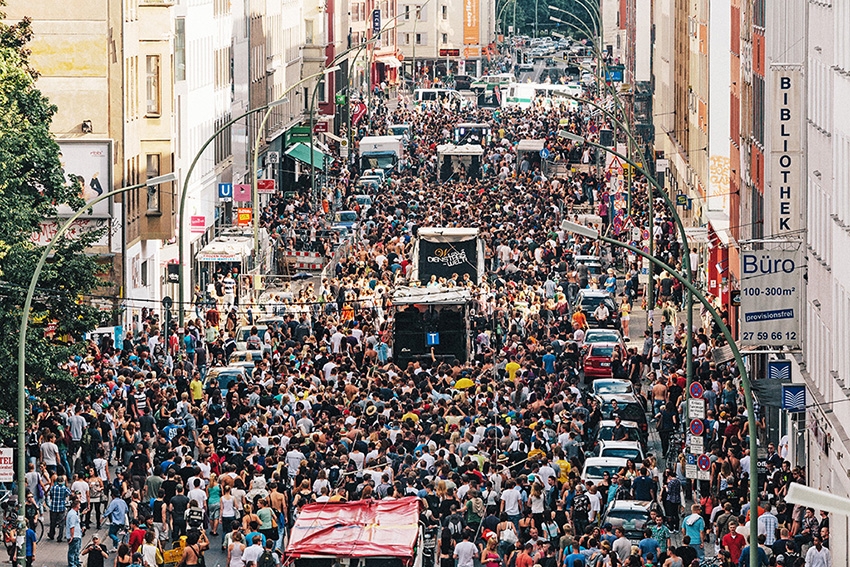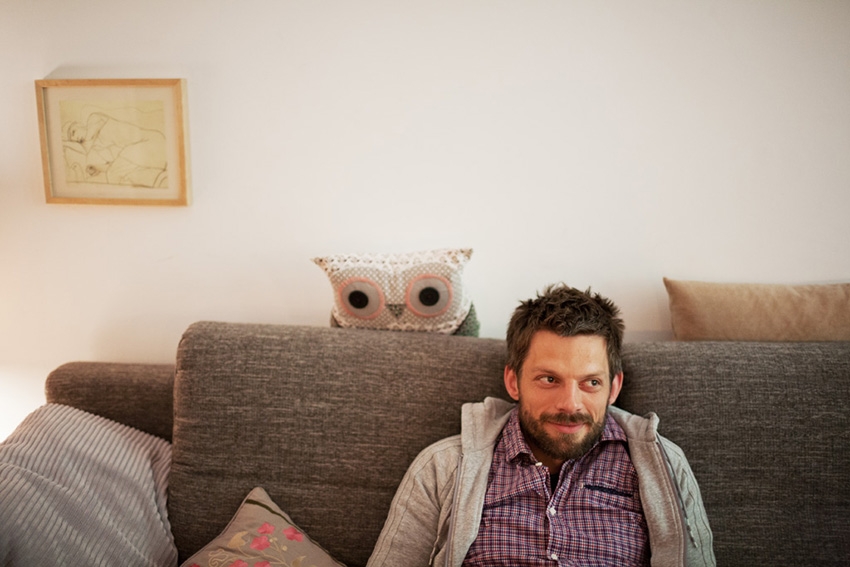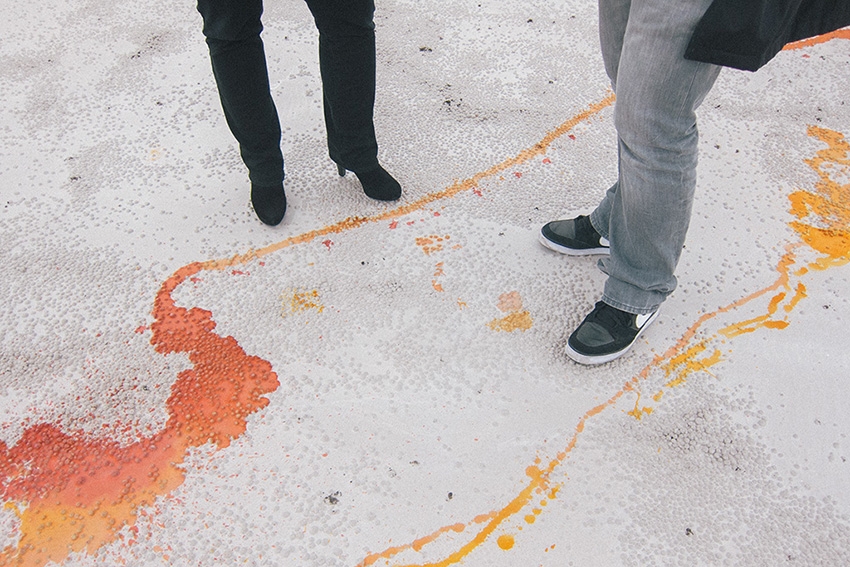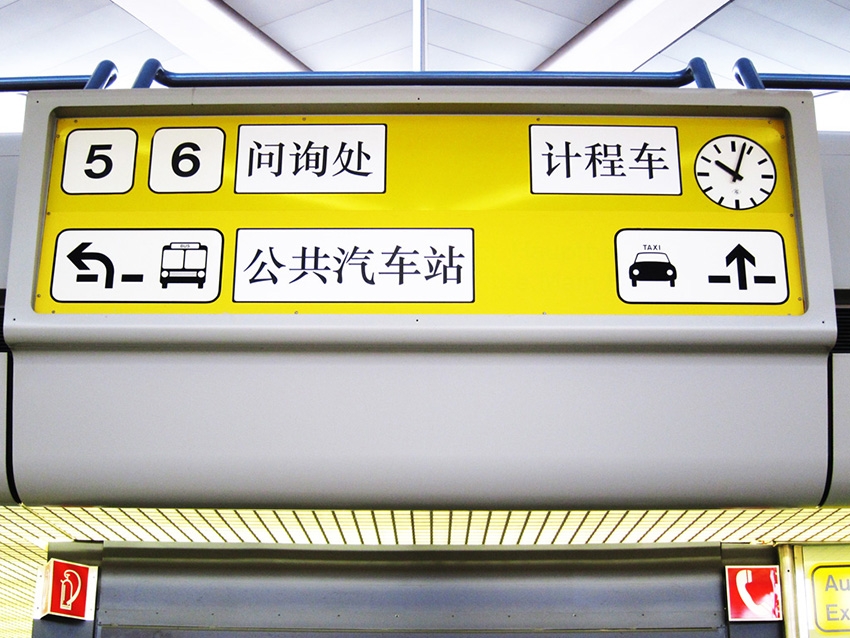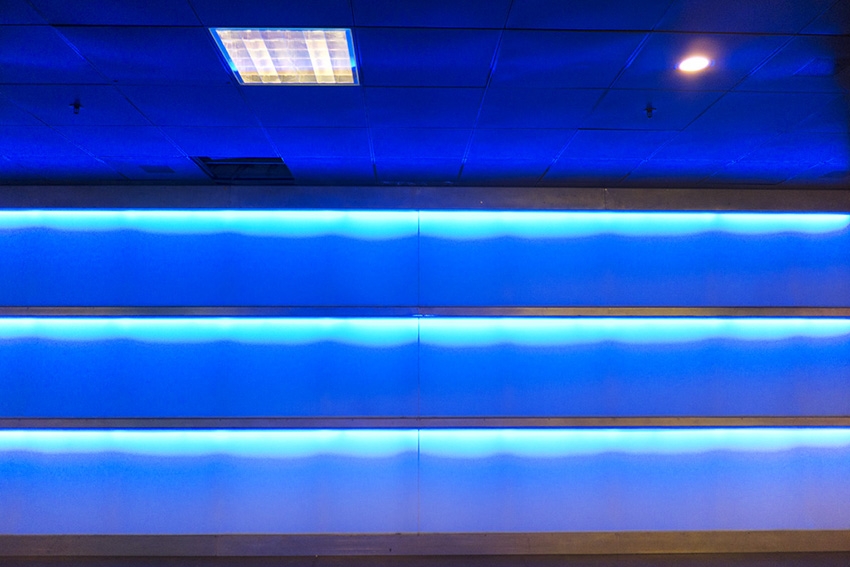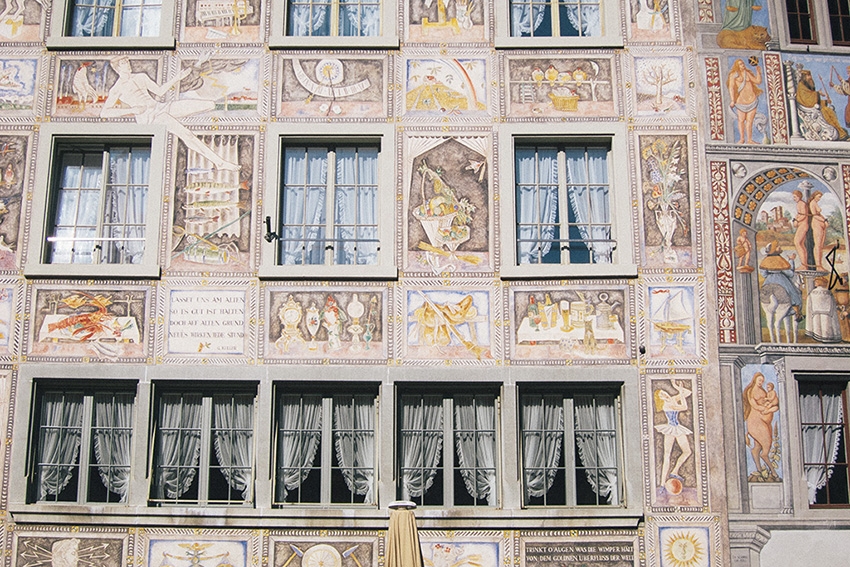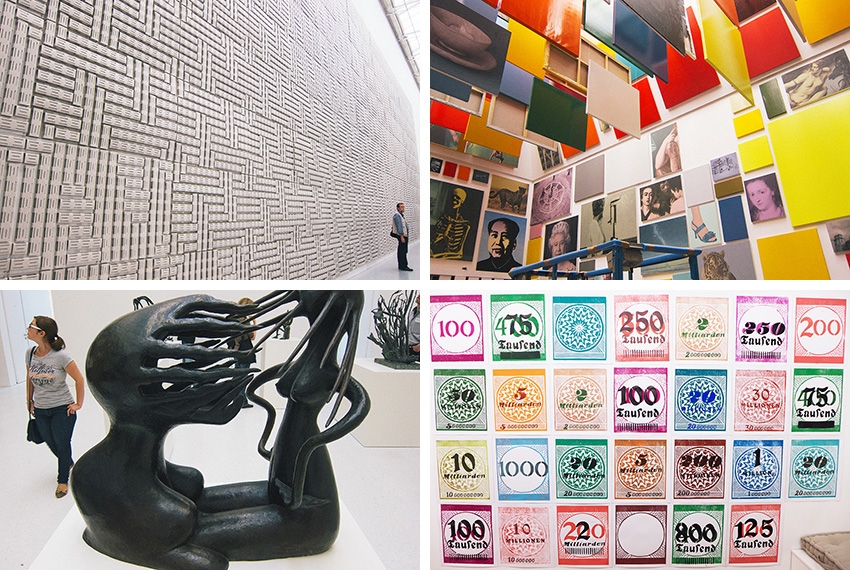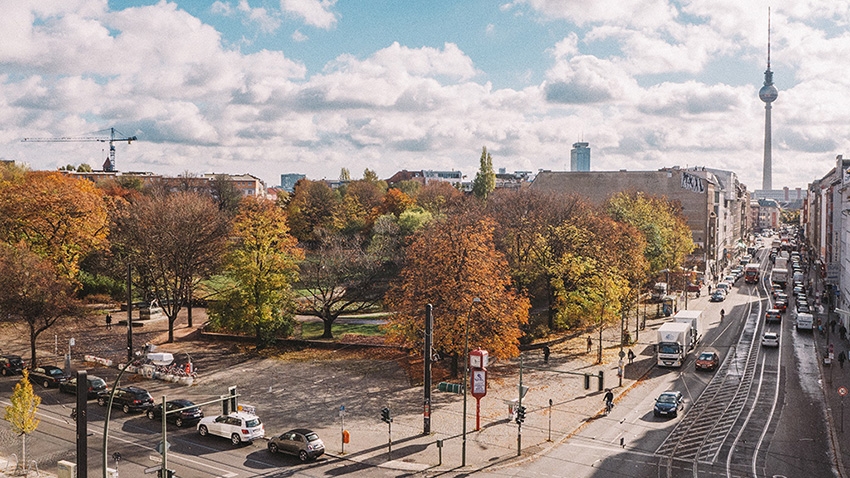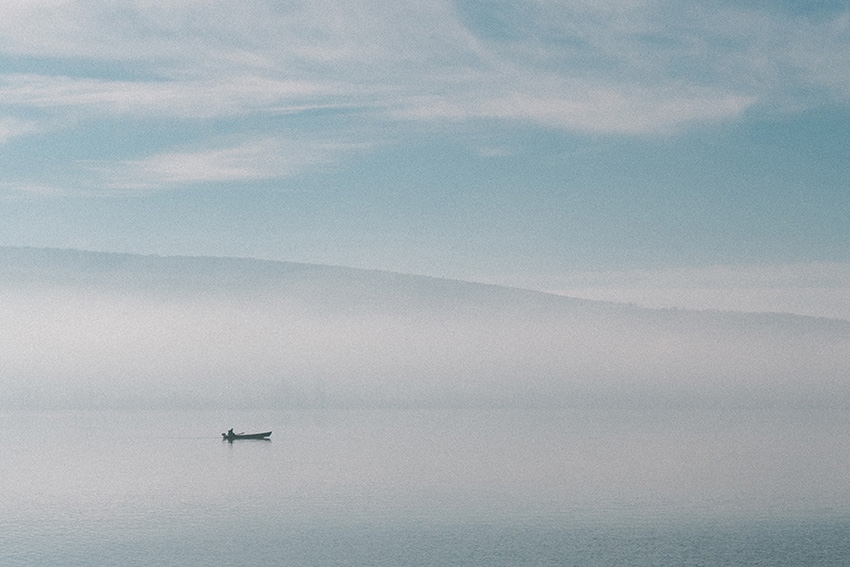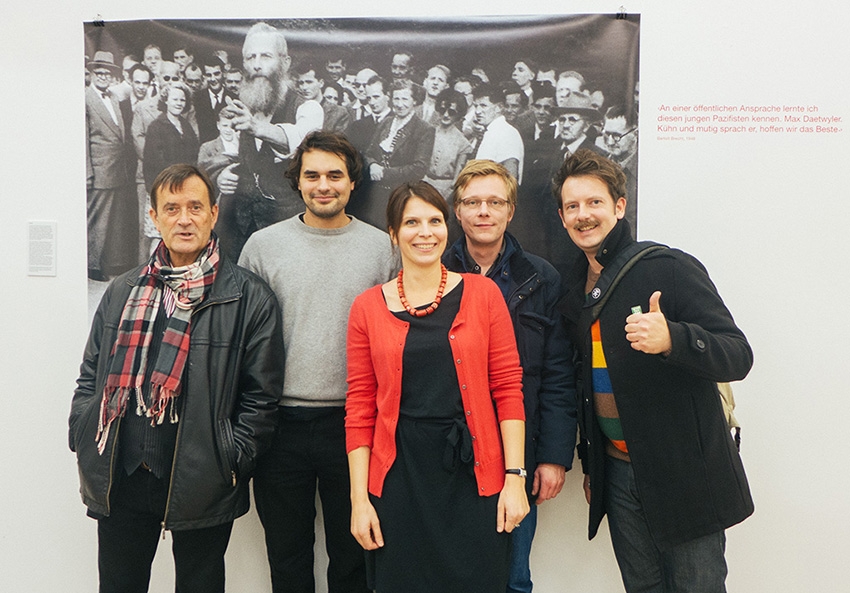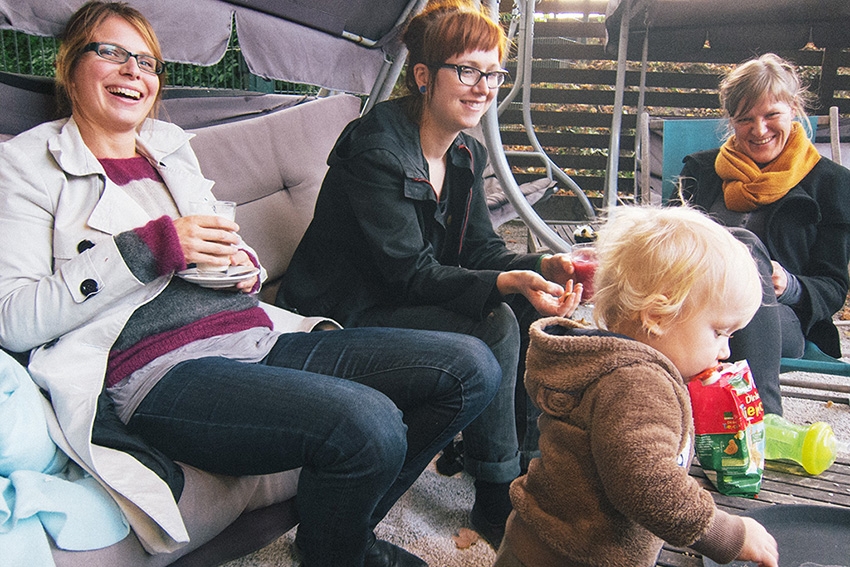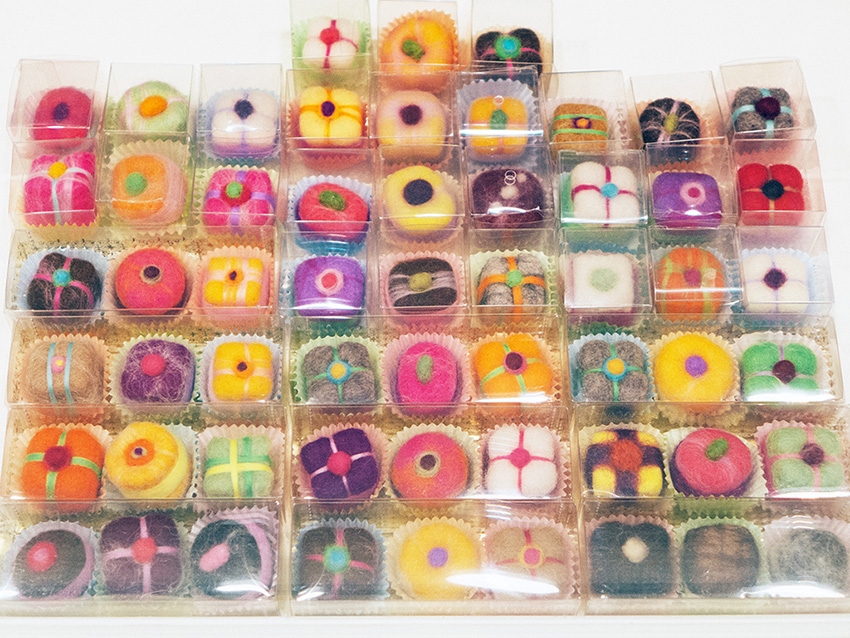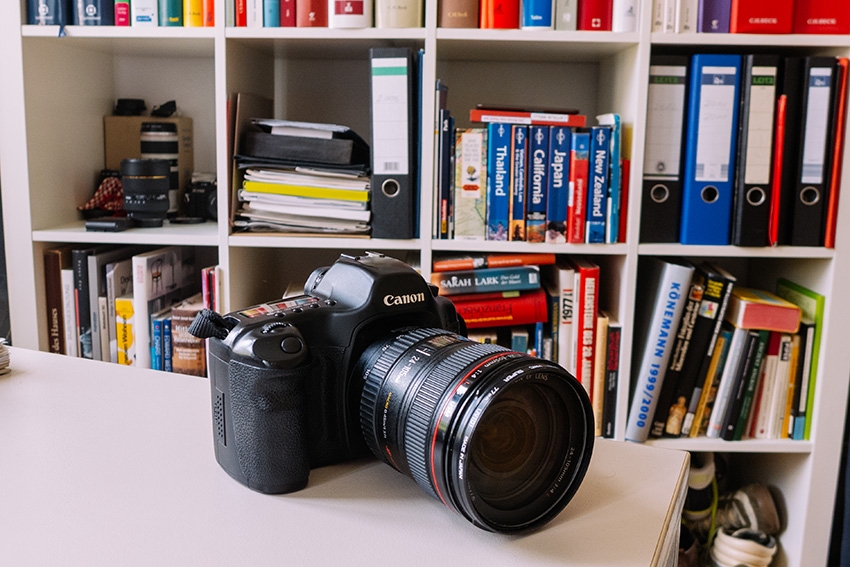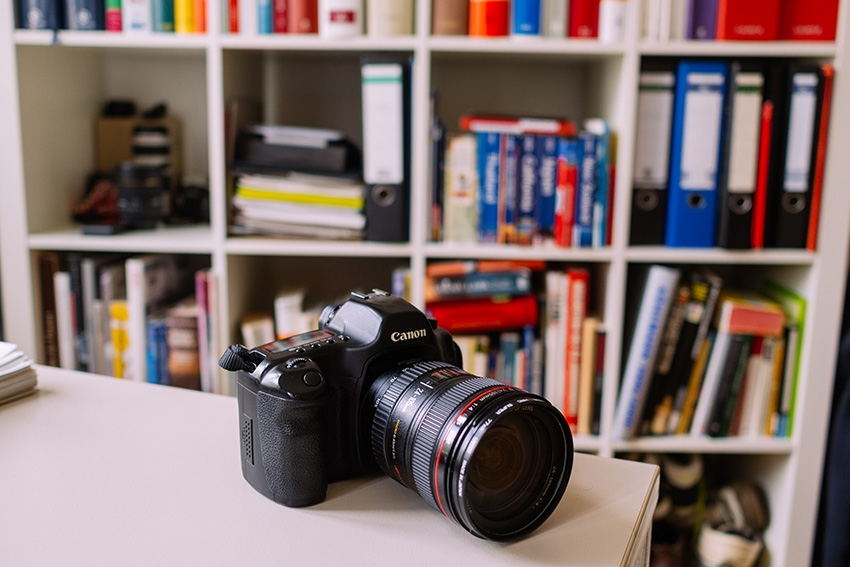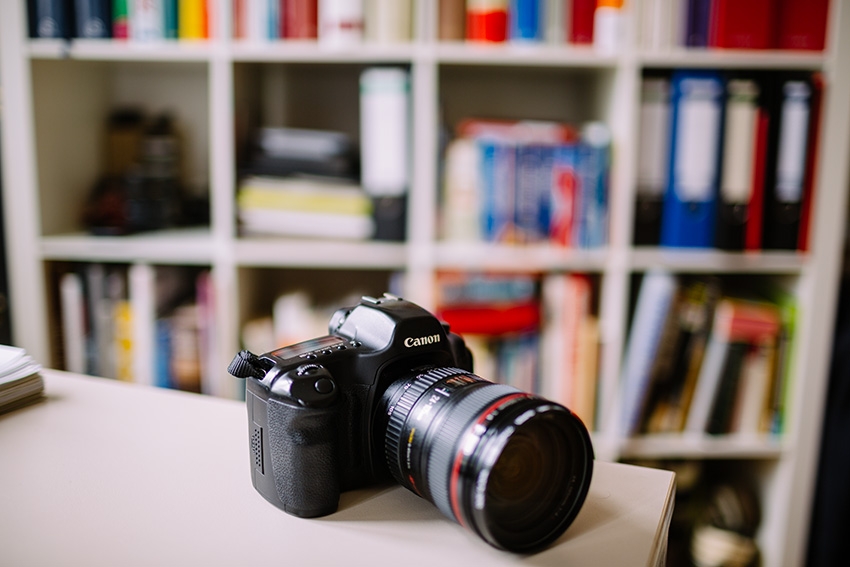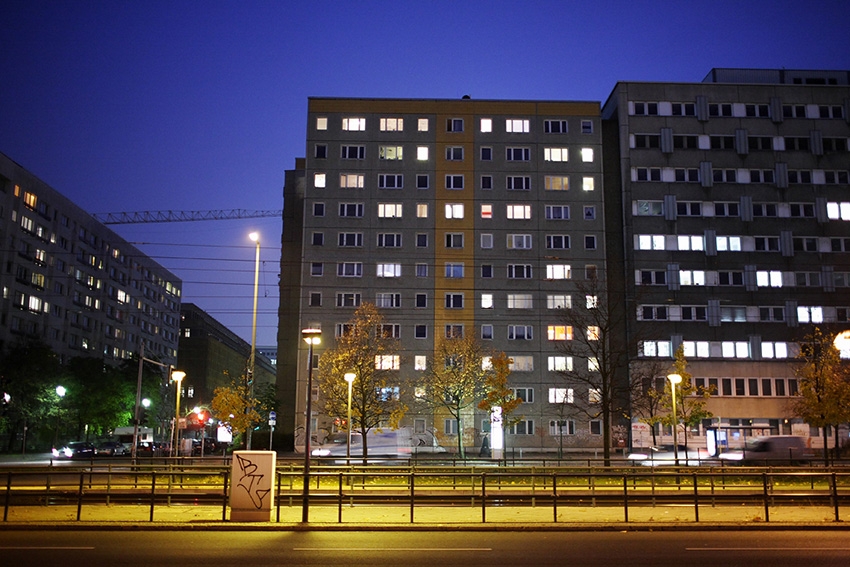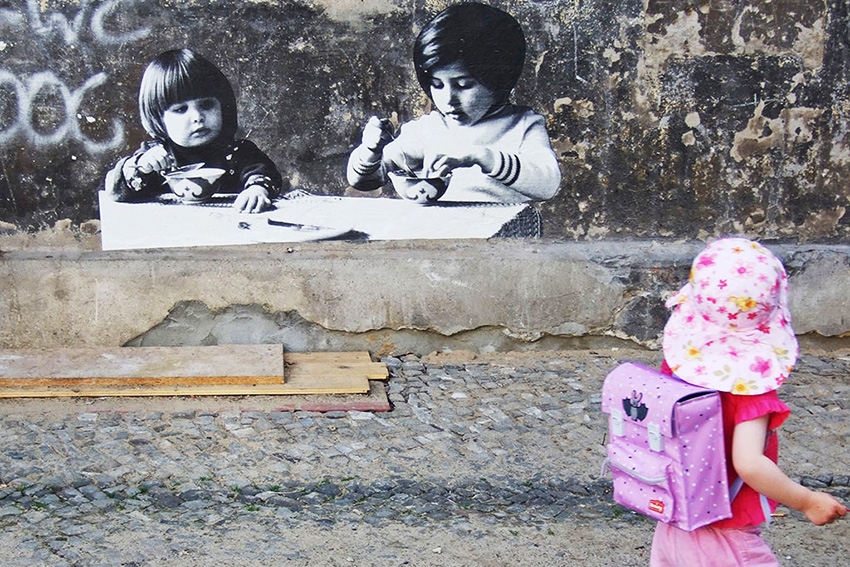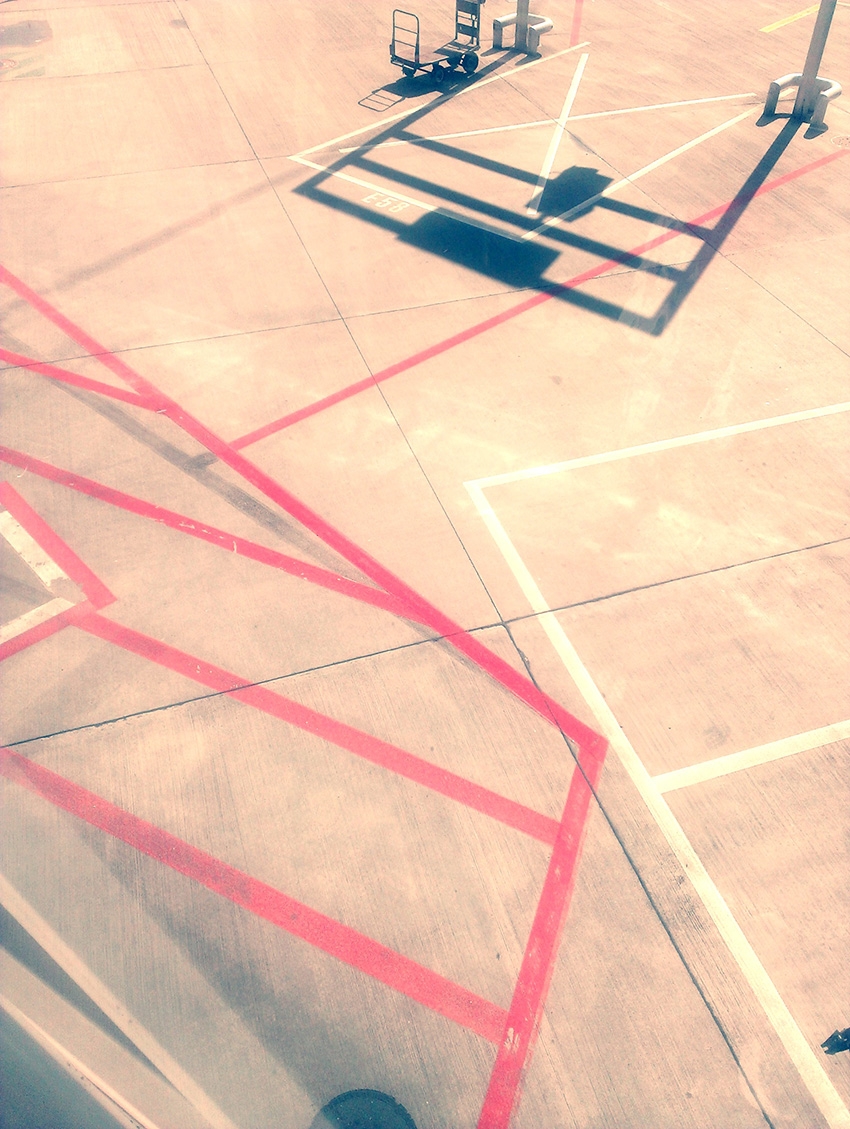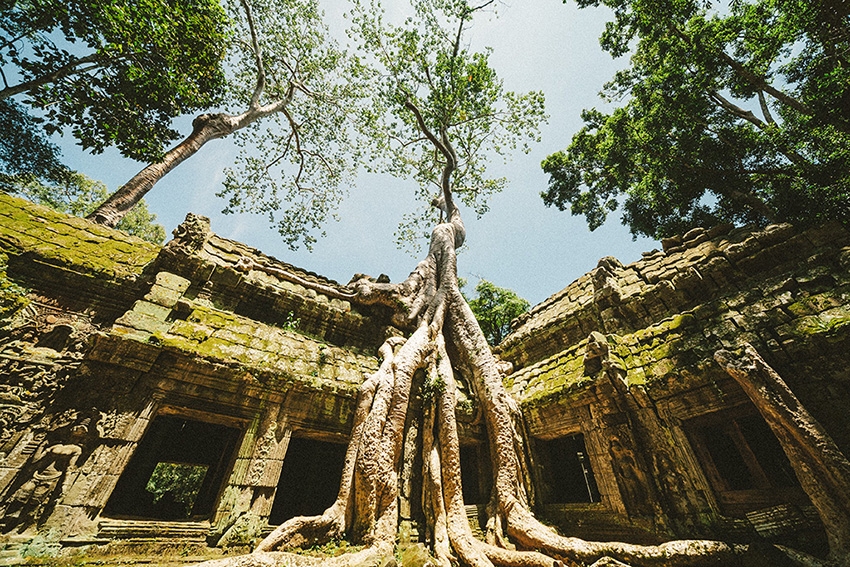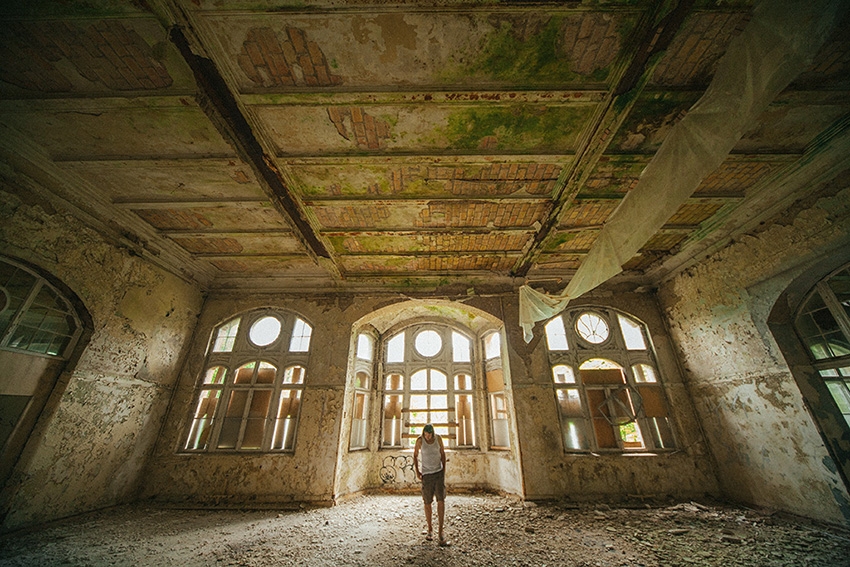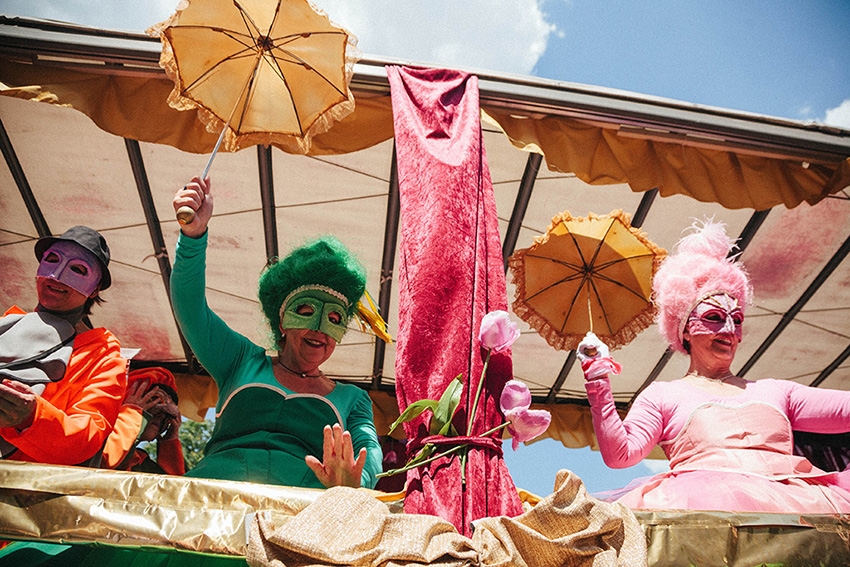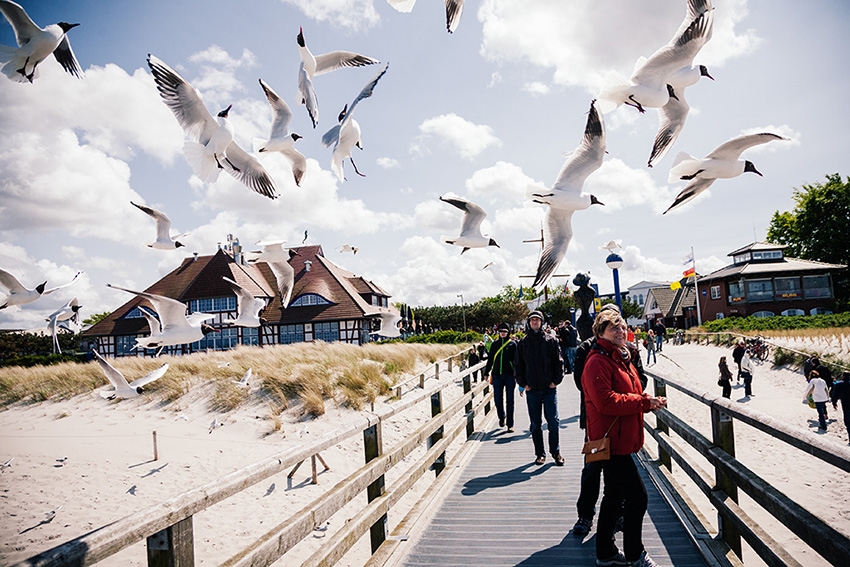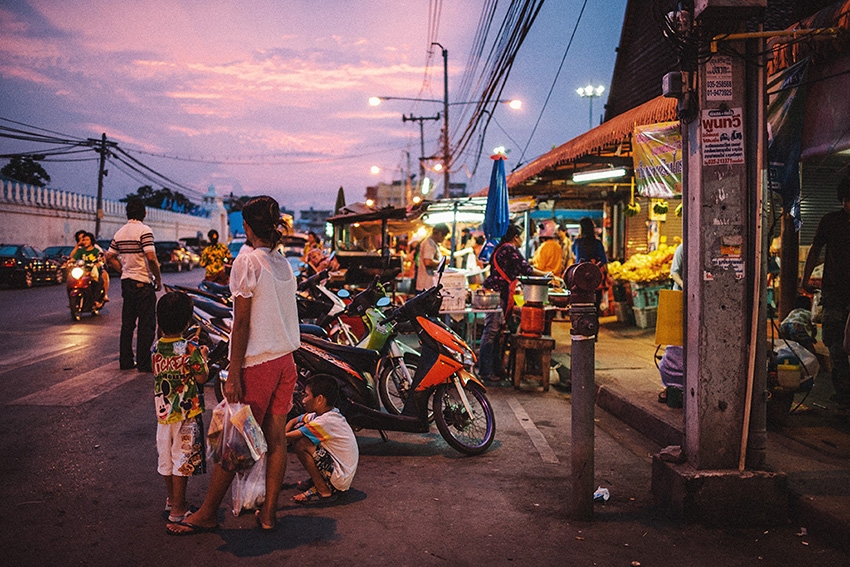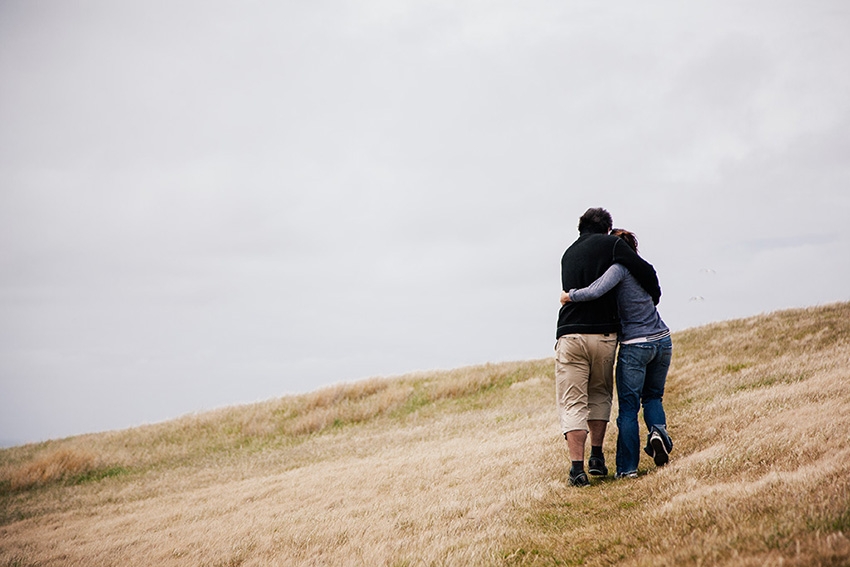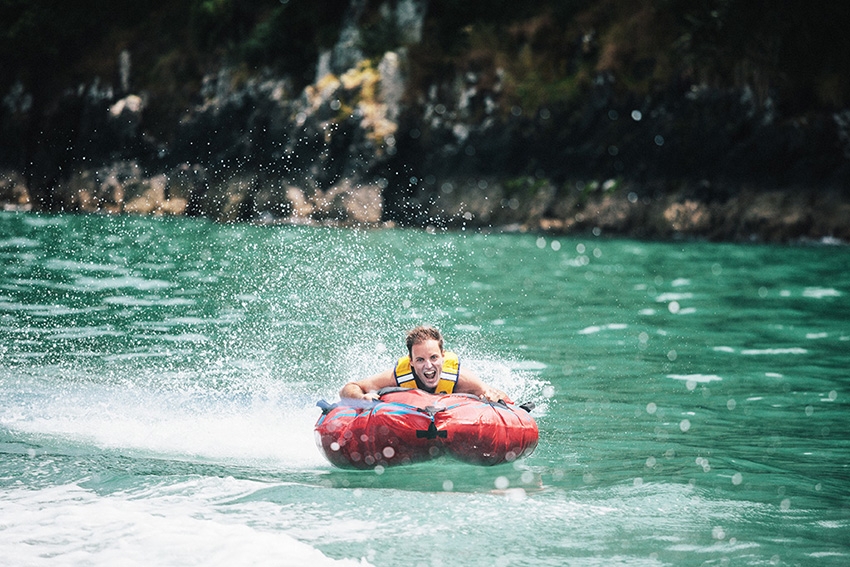Ha, Wednesday will be my law day. I will explain basic civil rights and labour rights in a very simple and interesting way, so that everybody understands them. I try hard at least ;-) It will be in German because it is important for Germans to understand it properly, not so interesting for you people from other countries anyway ...
Also, wie ich schon sagte, wird Mittwoch mein Juratag. Irgendwie muss ich ja auch in mein neues Business meine jahrzehntelange Ausbildung einfließen lassen, sonst war das ja völlig umsonst ;-)
Meine Idee ist schon lange, insbesondere weil Leute immer so Sachen sagen wie „Und, Jura ist ganz schön trocken, oder?“ oder „Also ich könnt mir die ganzen Gesetze nicht merken!“, eine Art Aufklärungsarbeit zu leisten was den schweren Berufsstand des Juristen und seine ihm zugeschriebenen, hartnäckigen Vorurteile anbelangt. Ich fand Jura z.B. immer superinteressant, obwohl ich eigentlich eher ein künstlerisches Kerlchen bin, spiele Gitarre, mache Fotos und man mag es nicht glauben, male manchmal sogar ...
Jura ist im Grunde nicht trockener als ein Knäckebrot, das man dick mit Butter und dann mit Fruchtmarmelade bestreicht. Wenn Ihr derart Metaphern nicht mögt, müsst Ihr es mir sagen, sie fallen mir manchmal einfach ein und ich finde sie dann super! Man kann sich also buchstäblich alles auch schön machen.
Tatsächlich finde ich gerade Arbeitsrecht gar nicht trocken und meine Zeit, die ich z.B. in der ver.di Bibliothek zugebracht habe und dort viel mit anderen Juristen geplauscht habe, hat sich immer recht interessant und abwechslungsreich gestaltet. Auch wenn ich den Kern der Aussage natürlich verstehe, man stellt sich riesige Aktenberge und dicke Luft in kleinen Zimmerchen vor, blasse „Paragraphenreiter“, die auch im Sommer nichts von den den langen Tagen haben, weil sie sowieso im Büro sitzen. So ist gerade das Arbeitsrecht ausgesprochen abwechslungsreich und hat ganz viel mit Menschen zu tun. Gerade, wenn man Arbeitnehmer vertritt, dann muss man ständig Sachen besprechen, sich mit Betriebsräten oder Gewerkschaften austauschen und Strategien entwickeln, um Unstimmigkeiten mit dem Arbeitgeber möglichst gut zu lösen. Im Arbeitsrecht gibt es z.B. auch eine vom Gesetz vorgeschriebene Güteverhandlung vor praktisch jeder gerichtlichen Auseinandersetzung, d.h. also auch dann, wenn man schon vor der Richterin oder dem Richter sitzt. Güteverhandlung bedeutet, dass man sich, so wie in anderen Streitigkeiten auch, versucht, ohne ein Urteil gütlich zu einigen, nur dass es im Arbeitsrecht quasi vorgeschrieben ist, ein solches Gespäch auch nochmal vor dem Richter zu führen. Grund für diese Regel ist, dass man bis zuletzt versuchen möchte, an einem Arbeitsverhältnis und/oder an einer guten Stimmung zwischen den Parteien festzuhalten. Erstaunlicherweise kommt es dann in diesem Gespräch häufiger zu Wendungen, an die man vorher nicht gedacht hätte, und Missverständnisse klären sich z.B. auf, deshalb gibt es die Güteverhandlung wohl auch und deshalb finde ich sie auch prima.
In Jura muss man übrigens entgegen sehr verbreiteter Annahme praktisch kein einziges Gesetz auswendig lernen. Man hat immer eine Gesetzessammlung zur Hand und kann den genauen Wortlaut nachschlagen, sogar im Examen, man darf quasi in das Examen offiziell seinen Spickzettel mitnehmen, deshalb ist auch das Examen so leicht ;-)
Tatsächlich besteht die Schwierigkeit in Jura immer darin, dass sich Gesetze unterschiedlich interpretieren lassen. Es gibt also ganz viele verschiedene Meinungen, zu Gesetzen selbst, zu den mit ihrer Hilfe erlassenen Urteilen und zu vielen anderen Fragen und Problemen. Da sich Gesetze ganz oft ändern, bringt es sowieso nichts, sie auswendig zu lernen, abgesehen davon, dass es viel zu viele wären. Das ist auch das Praktische, wenn man zu einem Problem gefragt wird, kann man immer erstmal in die Bücher schauen und nachschlagen, man muss es sogar, weil es sein kann, dass das Gesetz, was gestern noch einen bestimmten Wortlaut hatte, heute anders klingt. Die Schwierigkeit bei Jura sind nicht die Gesetze und sie zu verstehen, sondern sie auf einen bestimmten Sachverhalt, im Arbeitsrecht z.B. eine Kündigung, anzuwenden und dann eine Lösung zu entwickeln mit guten Argumenten, mit denen man im Zweifel den Richter überzeugen kann. Auch wenn viele Leute immer denken, Juristen würden sich immer so kompliziert ausdrücken, liegt die Kunst des guten Juristen eher darin, sich ganz einfach auszudrücken, damit der Richter, die Gegenseite, der eigene Mandant und in vielen Prozessen die ehrenamtlichen Richter, die neben dem Richter sitzen, einen verstehen und der Richter einem am Ende recht gibt. Komplizierte Sätze und Rumgelaber lesen Richter meistens gar nicht gern, dann wird es umso schwieriger. Wichtig ist, das Richtige ganz einfach auszudrücken, dann überzeugt es quasi von selbst.
Eigentlich möchte ich es heute am ersten Juratag gar nicht so lang machen, zwei Sachen will ich aber noch erklären, dann kann ich nächste Woche daran anknüpfen.
Was sind eigentlich Grundrechte und was sind genau Arbeitsrechte, das will ich noch kurz erklären.
Grundrechte sind so was wie Menschenrechte für Deutsche. Sie stehen in unserem Grundgesetz, das so was ist wie eine Verfassung in anderen Ländern. Warum es hier nicht Verfassung heißt, erzähl ich ein anderes mal. Grundrechte sind quasi die wichtigsten Gesetze, die es in Deutschland gibt. Sie betreffen uns alle und alle Gesetze, die vom Bundestag oder den Landtagen erlassen werden, müssen diese wichtigsten Grundrechte quasi im Hinterkopf haben. Gesetze dürfen nicht gegen andere Gesetze verstoßen, aber erst recht dürfen sie nicht unsere Grundrechte verletzen.
Das allerwichtigste Grundrecht ist Artikel 1 unseres Grundgesetzes. Weil er so wichtig ist, ist er auch ziemlich kurz, sein erster Satz lautet: „Die Würde des Menschen ist unantastbar.“ Was das genau bedeutet, erzähl ich beim nächsten Mal, soviel erstmal zum Grundgesetz.
Und was sind Arbeitsrechte? Wie der Name schon sagt, betreffen Arbeitsrechte unsere Arbeit. Sie wurden ursprünglich erfunden, um Regeln aufzustellen, die die Arbeitsverhältnisse und damit Rechte und Pflichten für den Arbeitgeber und für die Arbeitnehmer betreffen, so Sachen wie Lohn, Arbeitszeiten, Urlaub, Lohn im Krankheitsfall, Streikrechte, Kündigungsschutz und vieles, vieles mehr ist darin geregelt. Es ist superspannend und superwichtig, gerade für Arbeitnehmer, die ja die Mehrzahl der Bevölkerung ausmachen. Und es gibt ganz viele verrückte Fälle und Probleme, über die ganze Doktorarbeiten geschrieben werden. Mein Thema in meiner Hausarbeit 2004 im ersten Staatsexamen war z.B. unter anderem die Frage, ob Arbeitnehmer, die für ihren Arbeitgeber durch die Gegend fliegen und Meilen sammeln, diese Meilen dann für ihre Privatflüge benutzen dürfen. Dazu gibt es unterschiedlichste Auffassungen und ich glaube, ich habe mich damals dafür entschieden. Es gibt aber auch Argumente dagegen ...
Gut, jetzt wisst Ihr, worum es mittwochs immer gehen wird, hauptsächlich um wichtige Arbeitsrechte und um deren einfache Erklärung, damit Ihr hoffentlich in Zukunft besser Bescheid wisst, wenn mal wieder ein Problem auftaucht mit dem Arbeitgeber, bevor Ihr gleich zum Anwalt geht.
Und ich werde versuchen, ein paar Mal im Jahr den ein oder anderen Spezialisten zu bitten, einen Artikel zu schreiben, so Doktoren z.B., die sich noch besser auskennen in schwierigen Fragen.
Also, macht es jut, gute Arbeit und bis bald
Nikolai
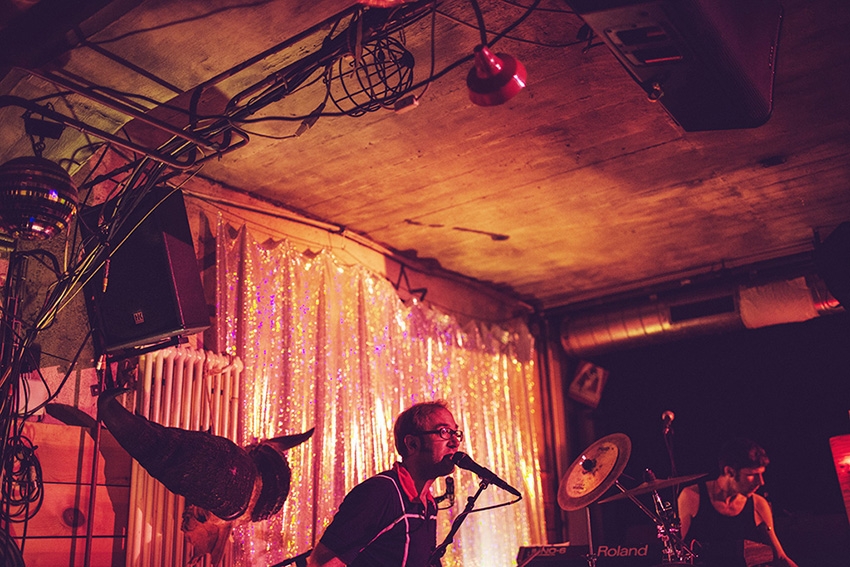
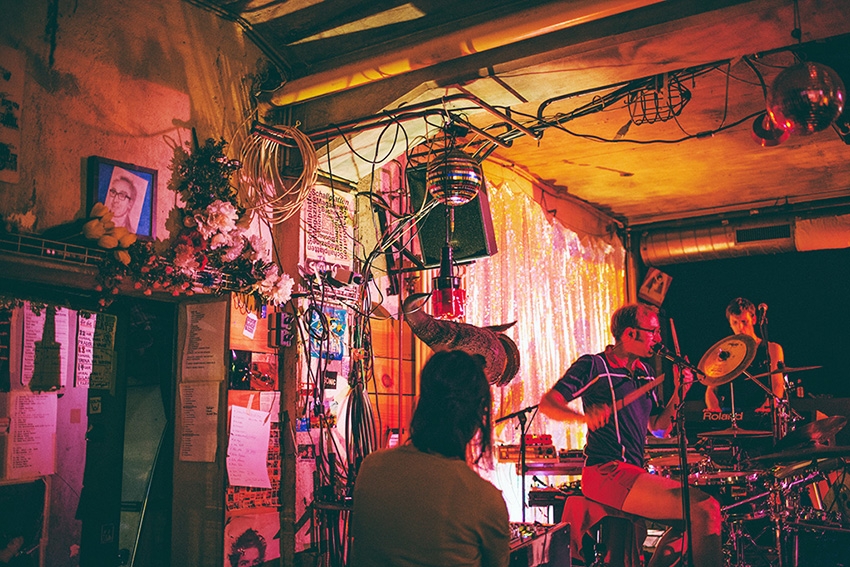
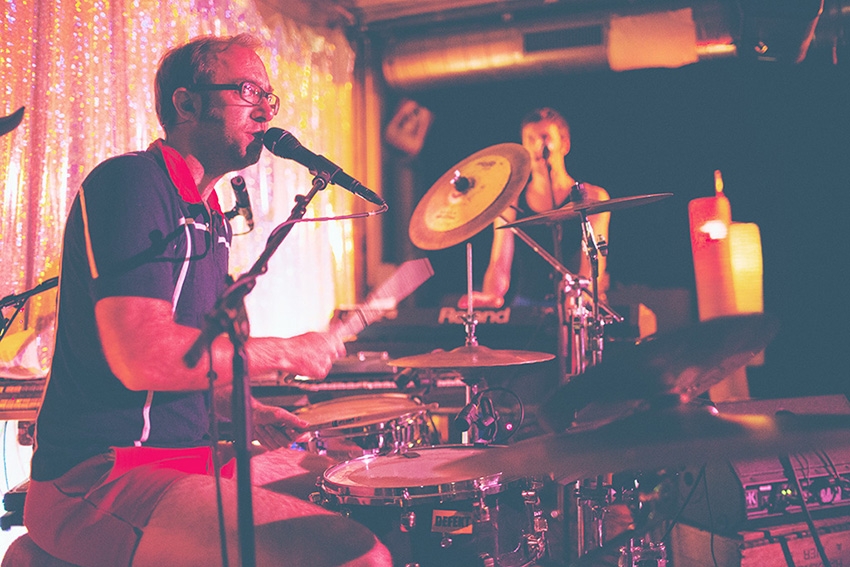
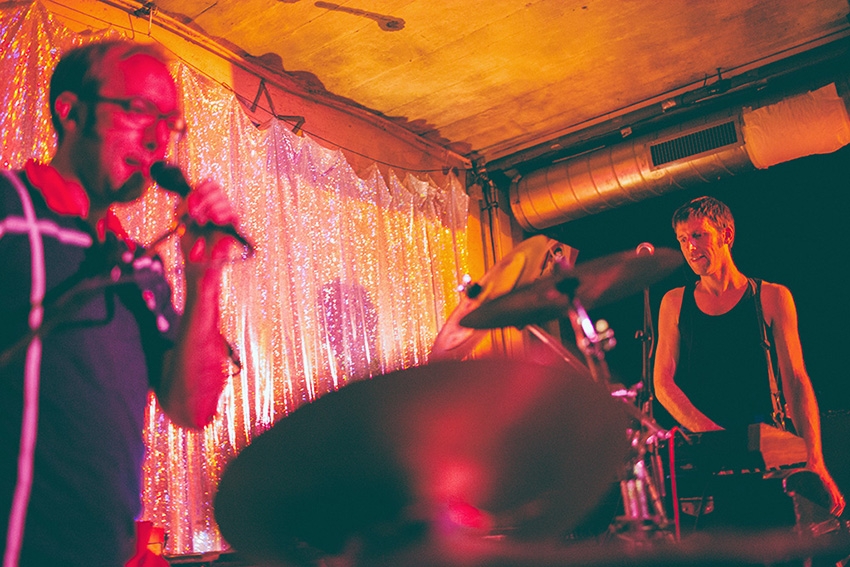
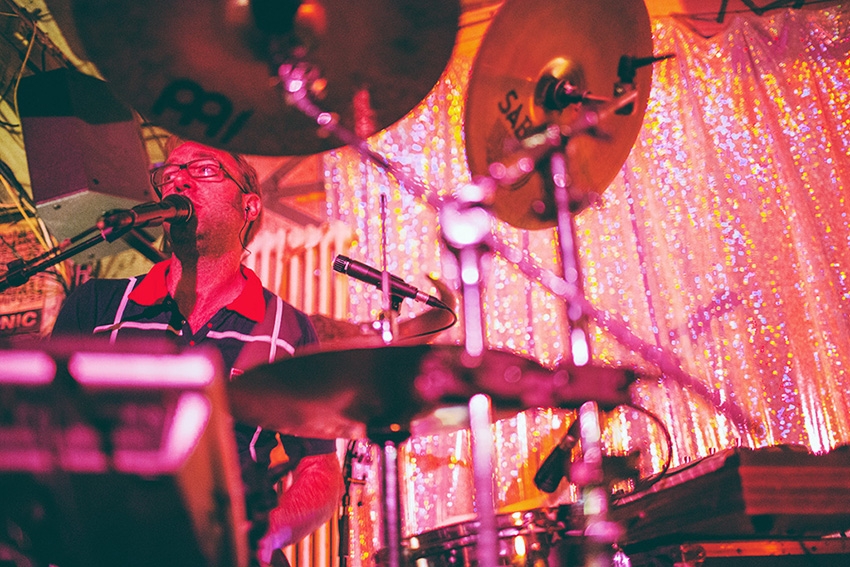
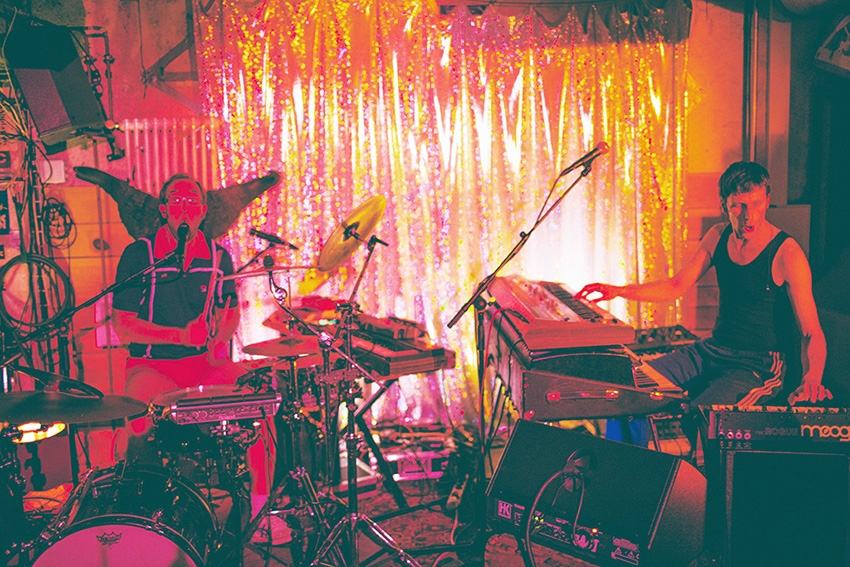
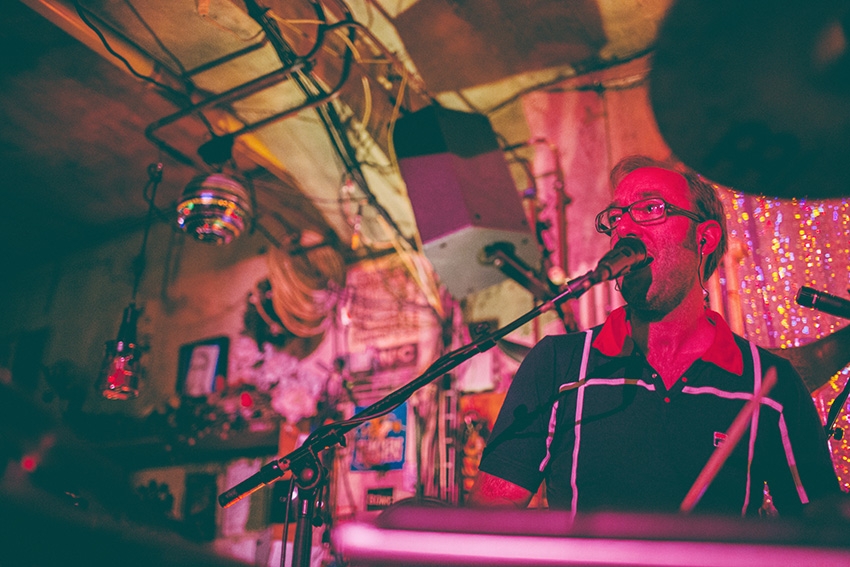
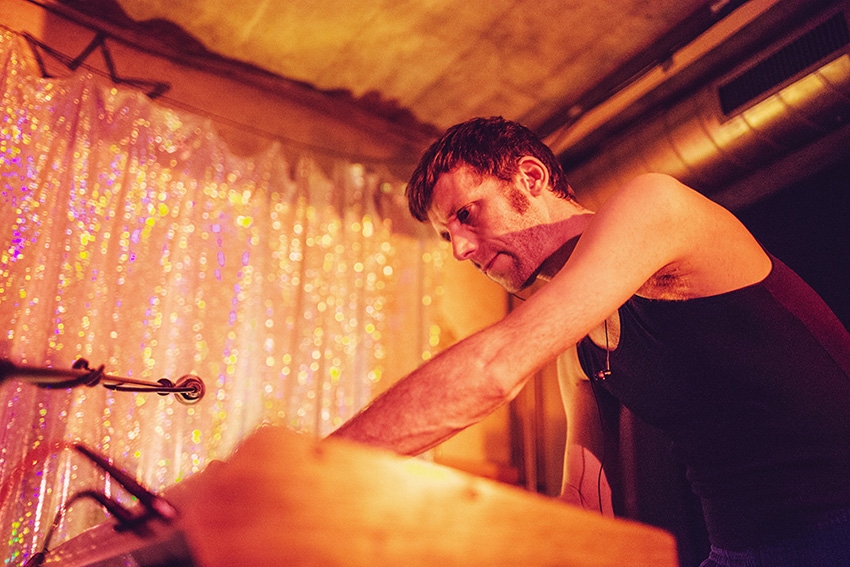
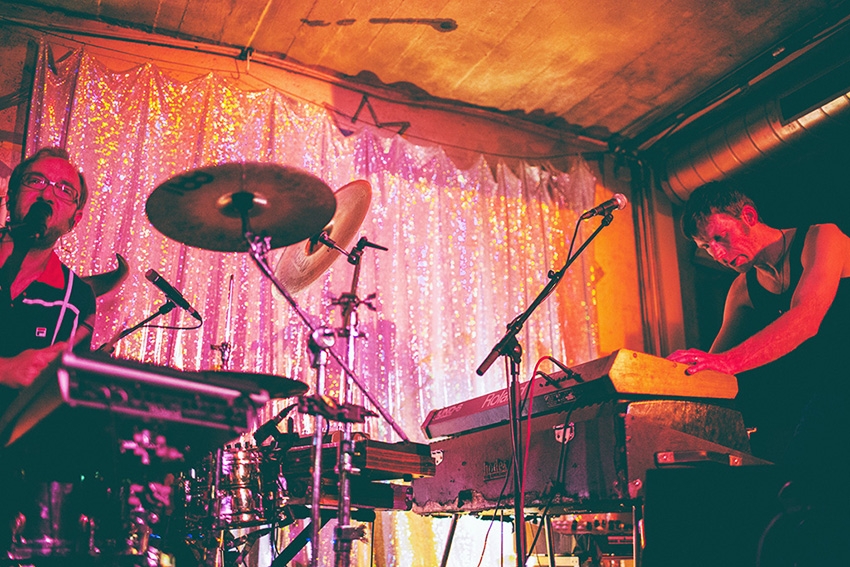
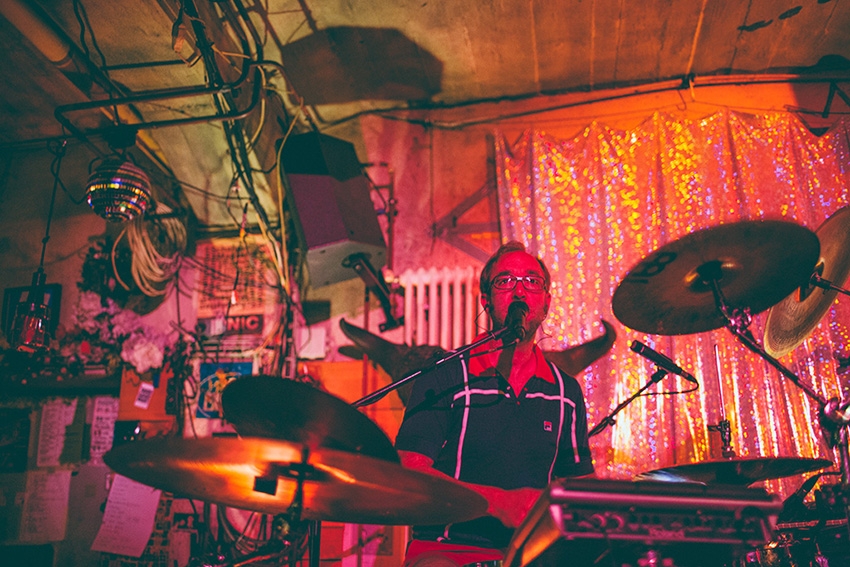
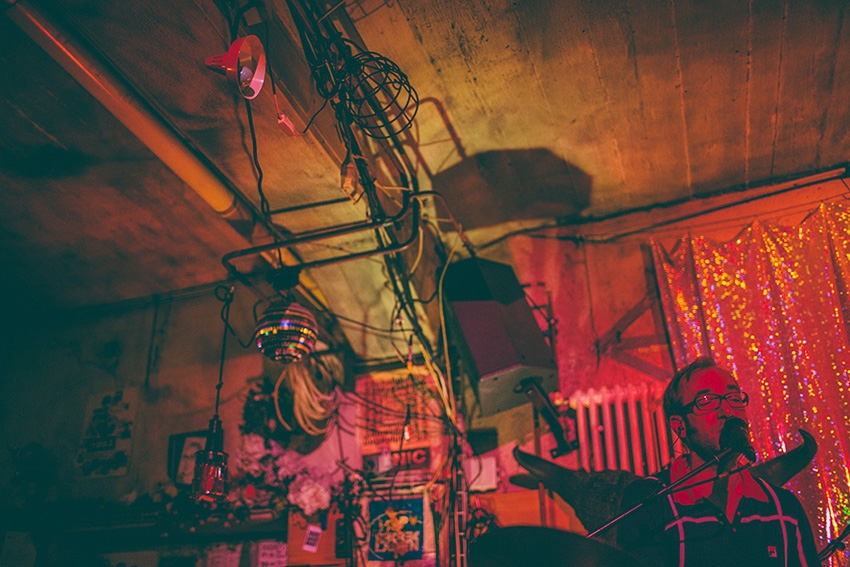
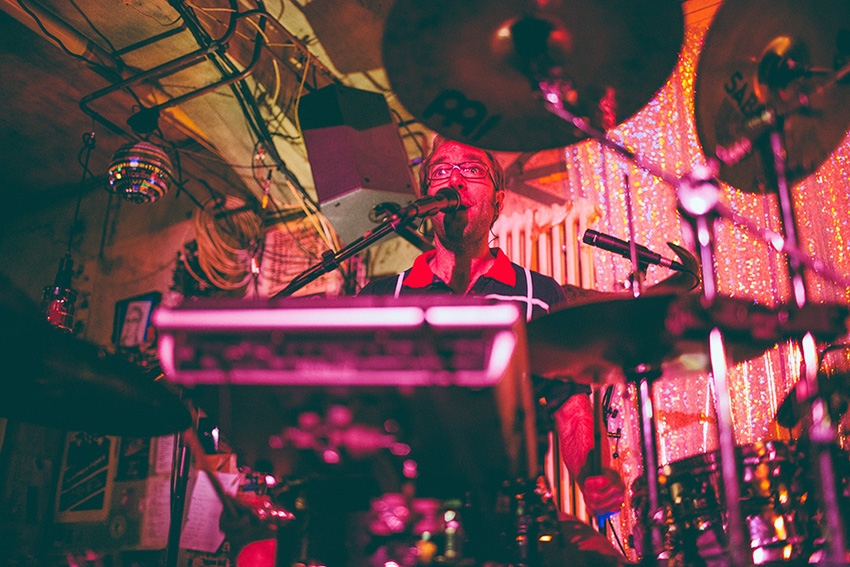
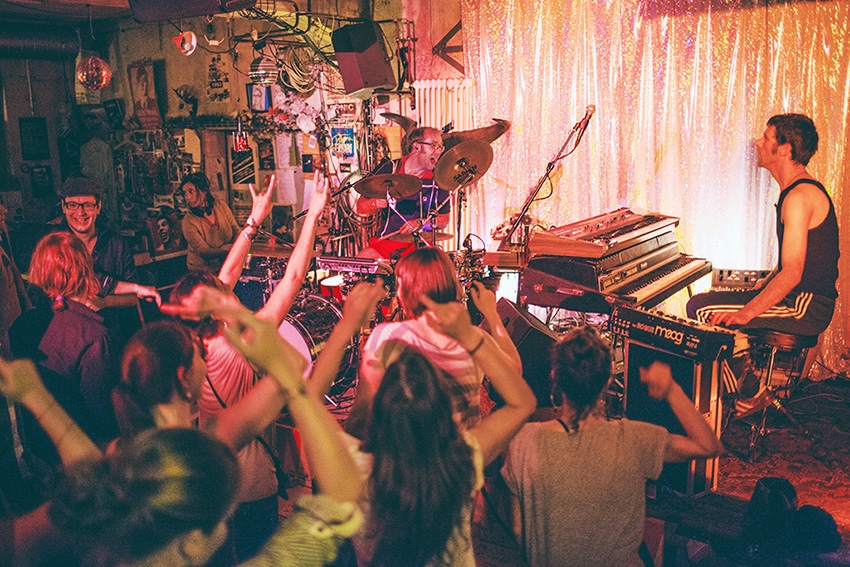
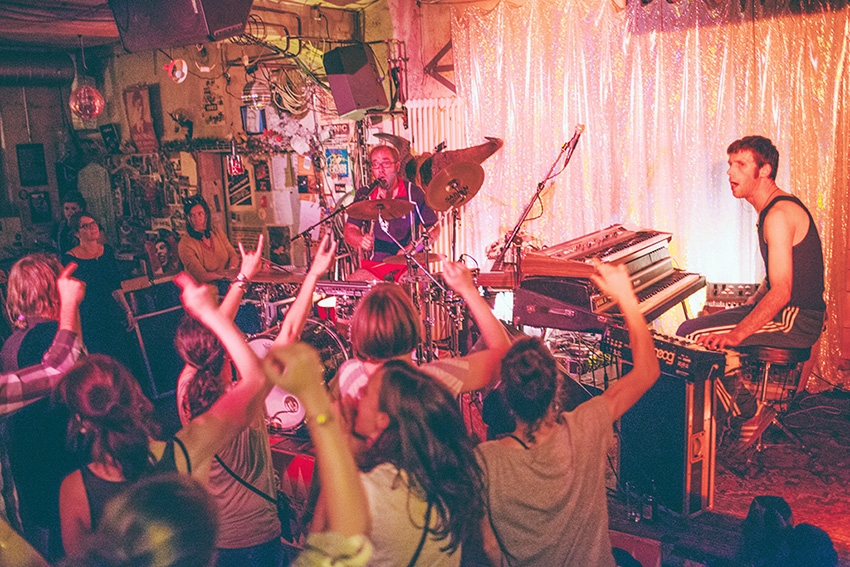
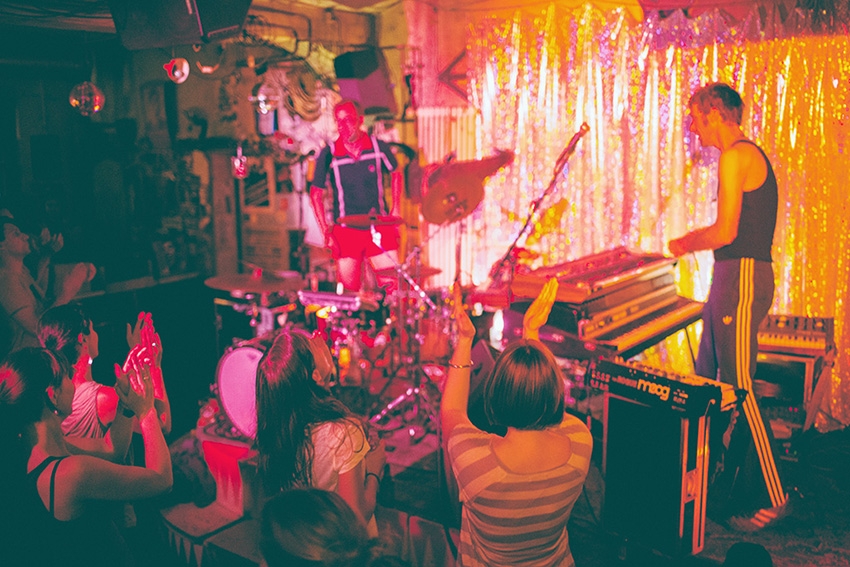
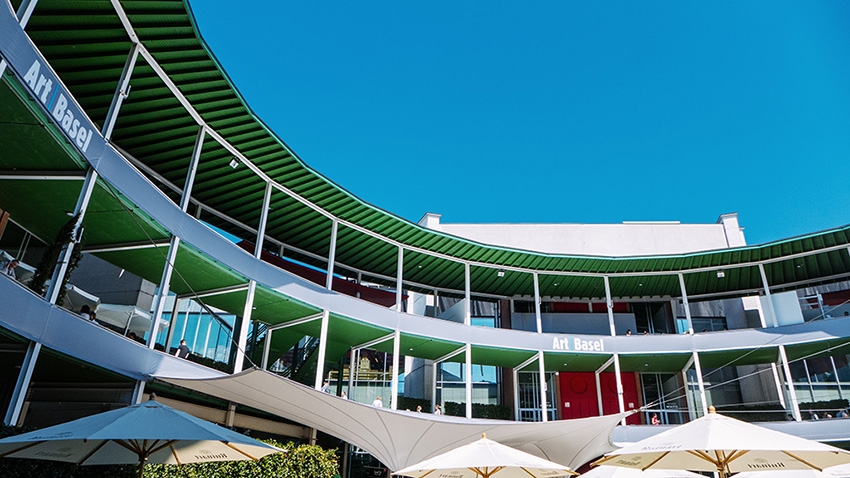
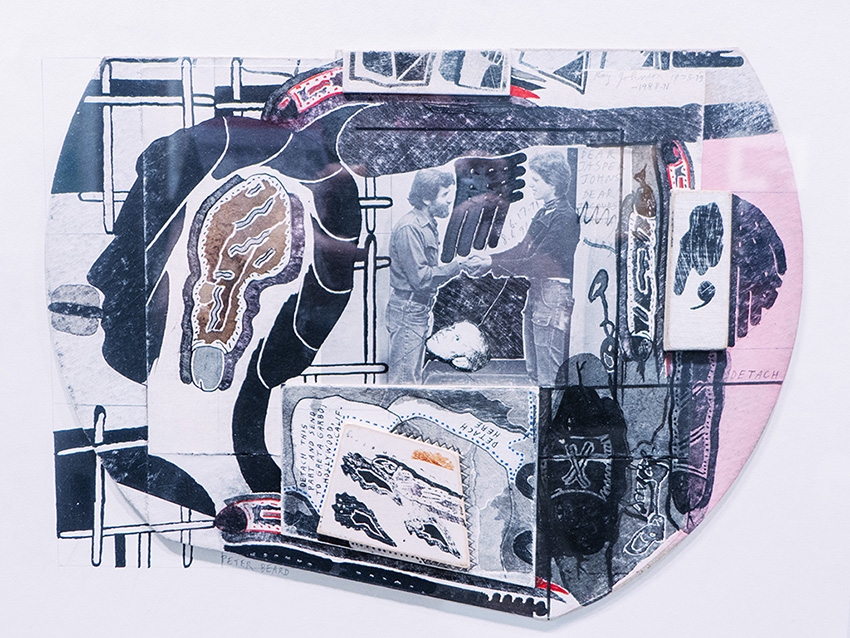

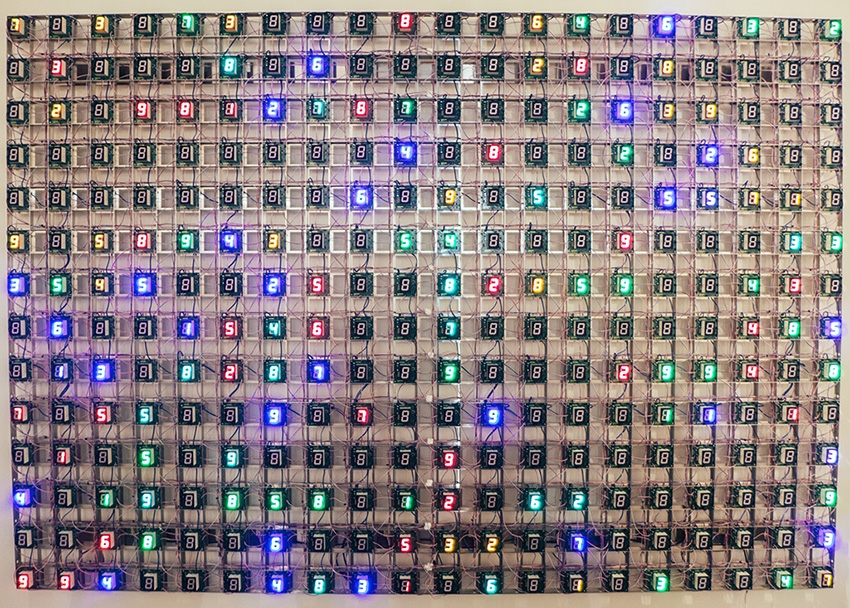
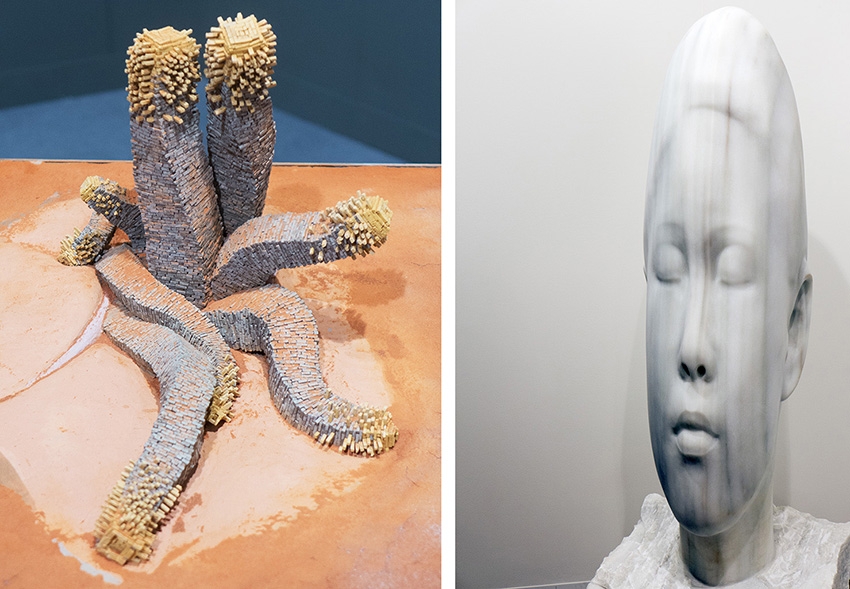
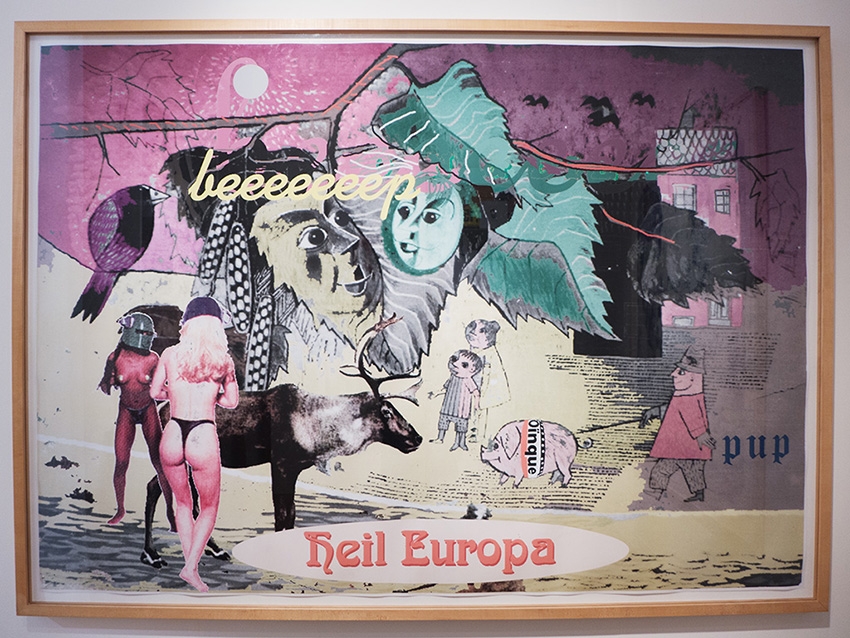

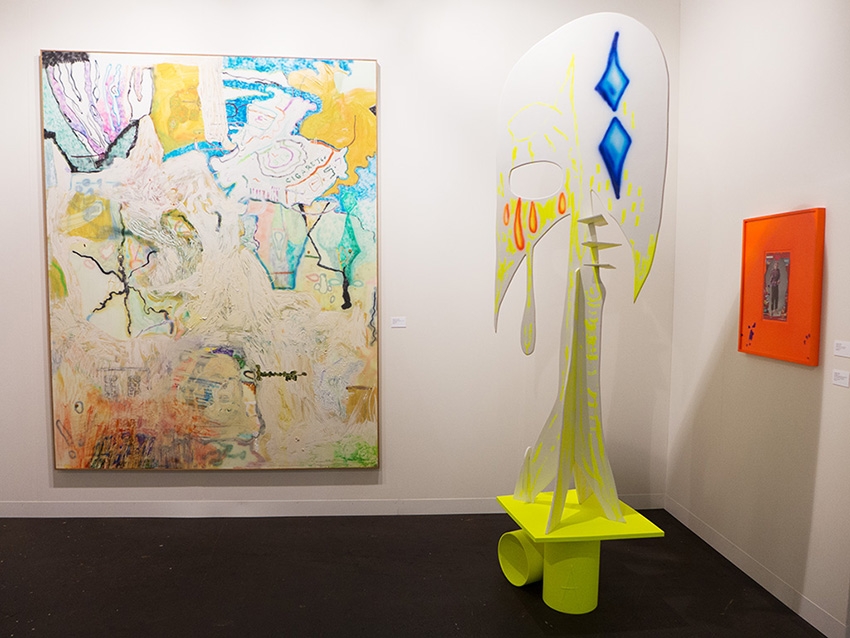
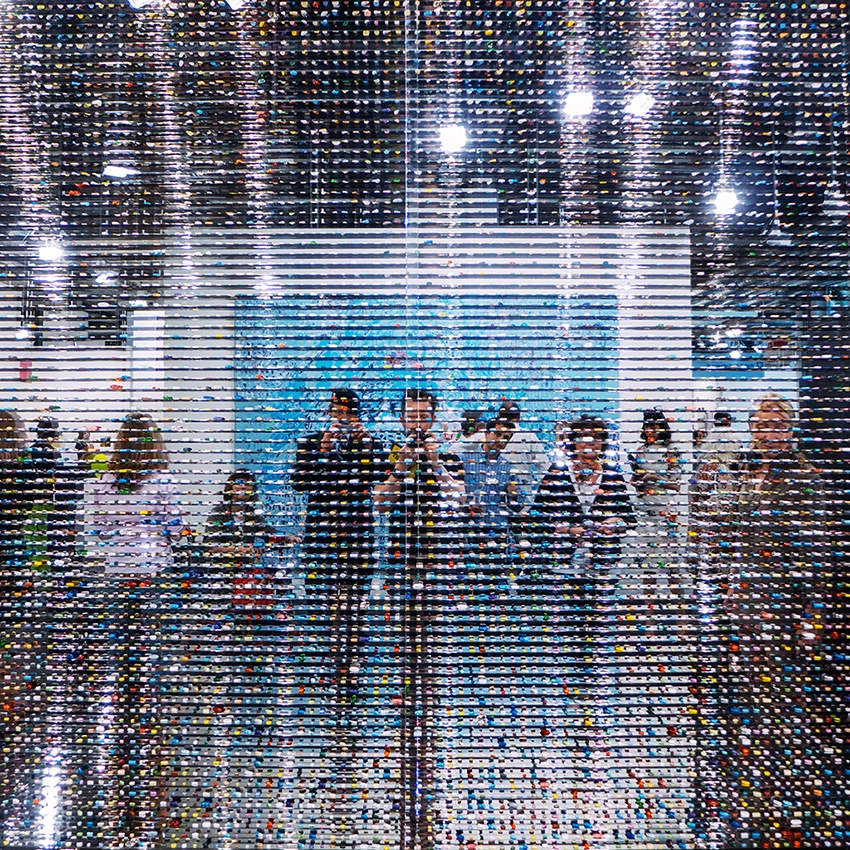
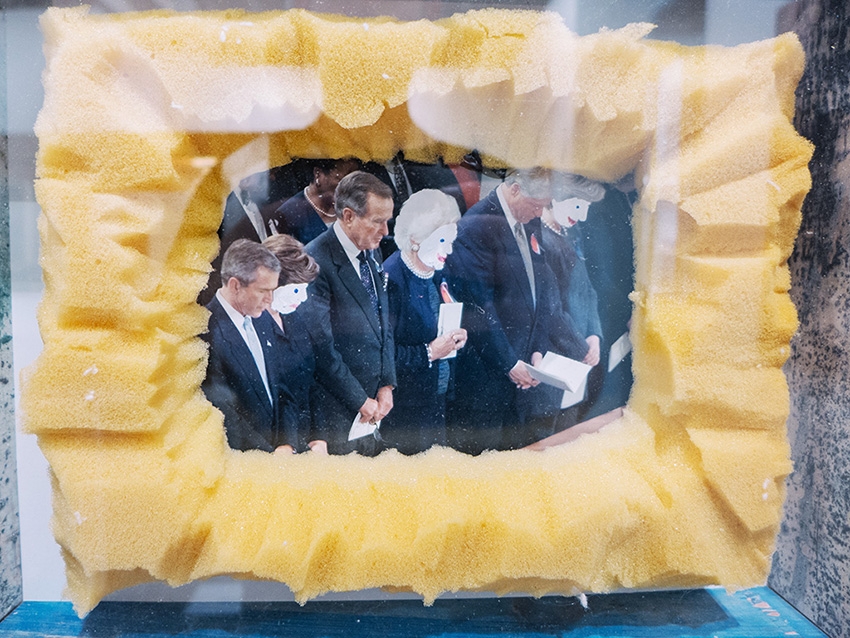
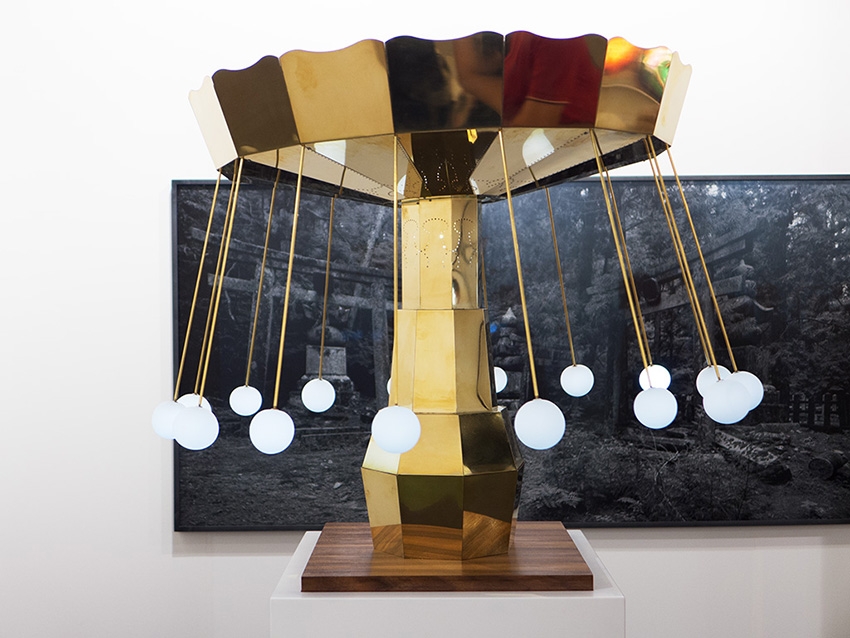

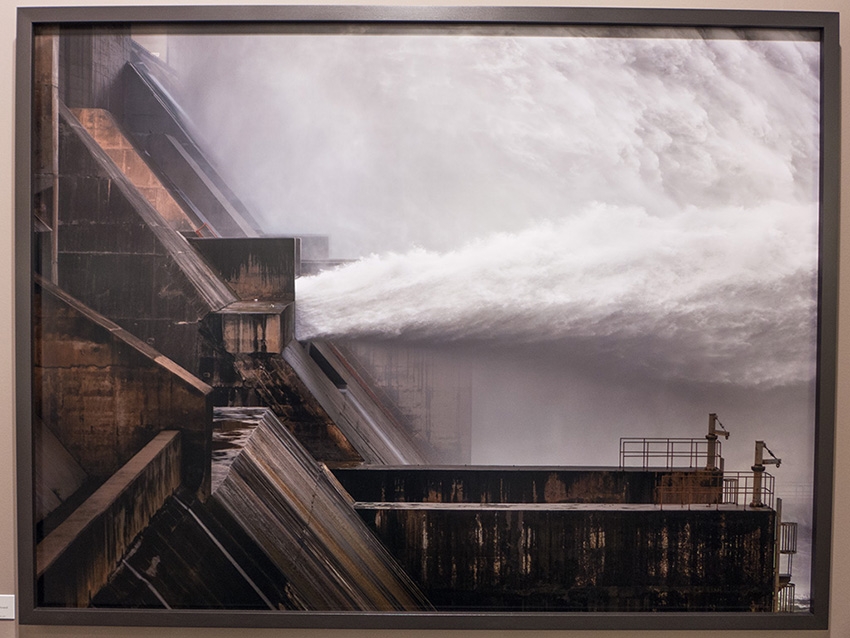
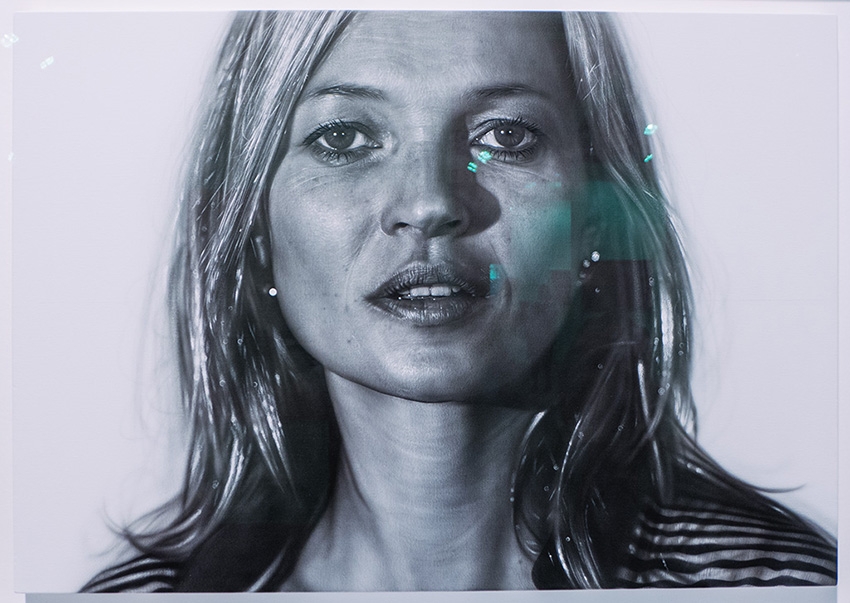
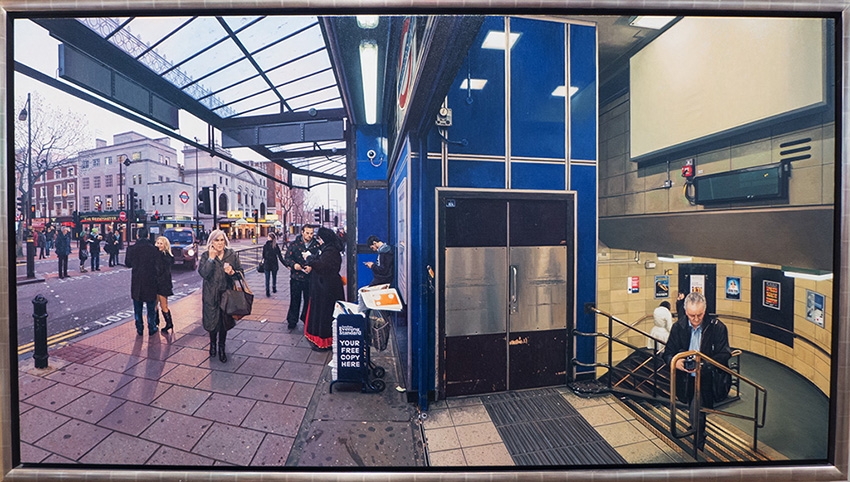
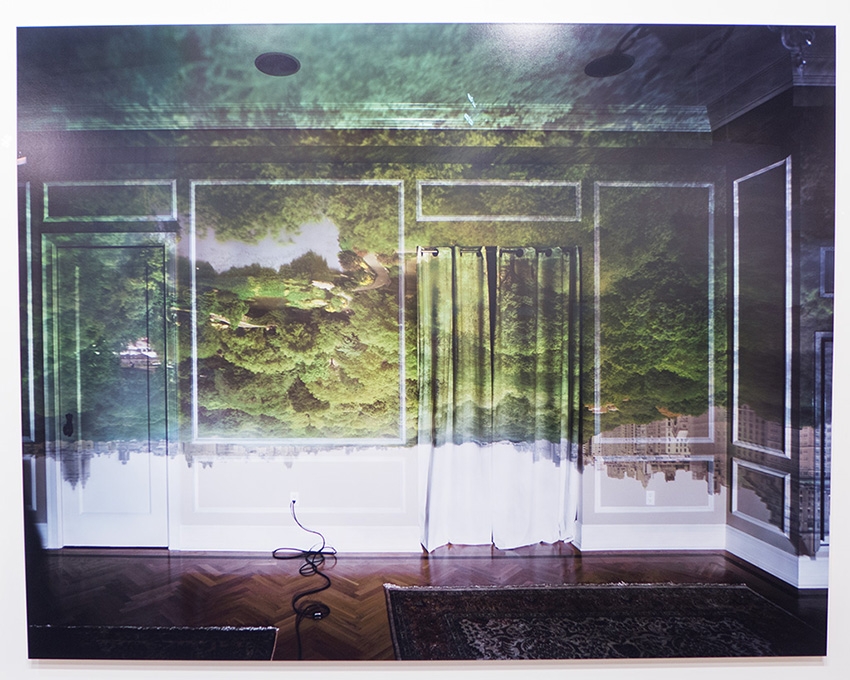
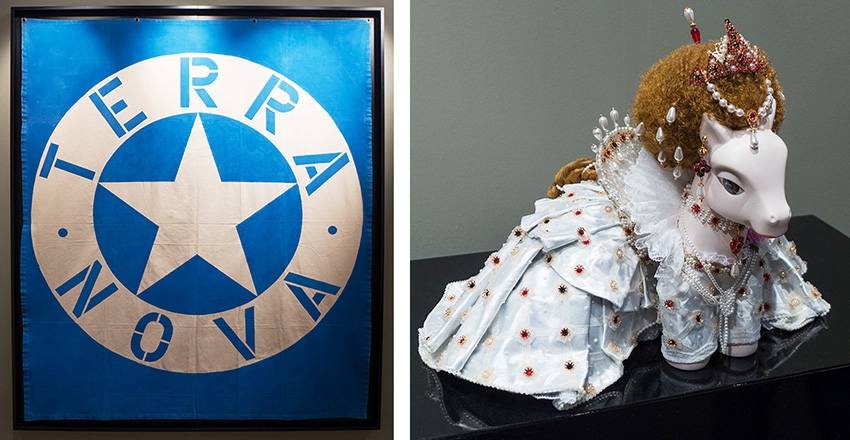
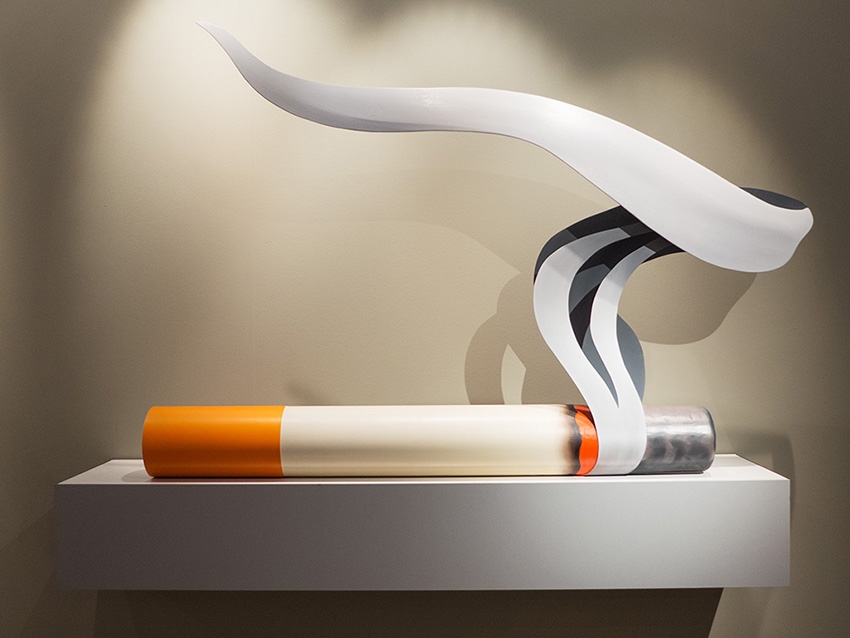
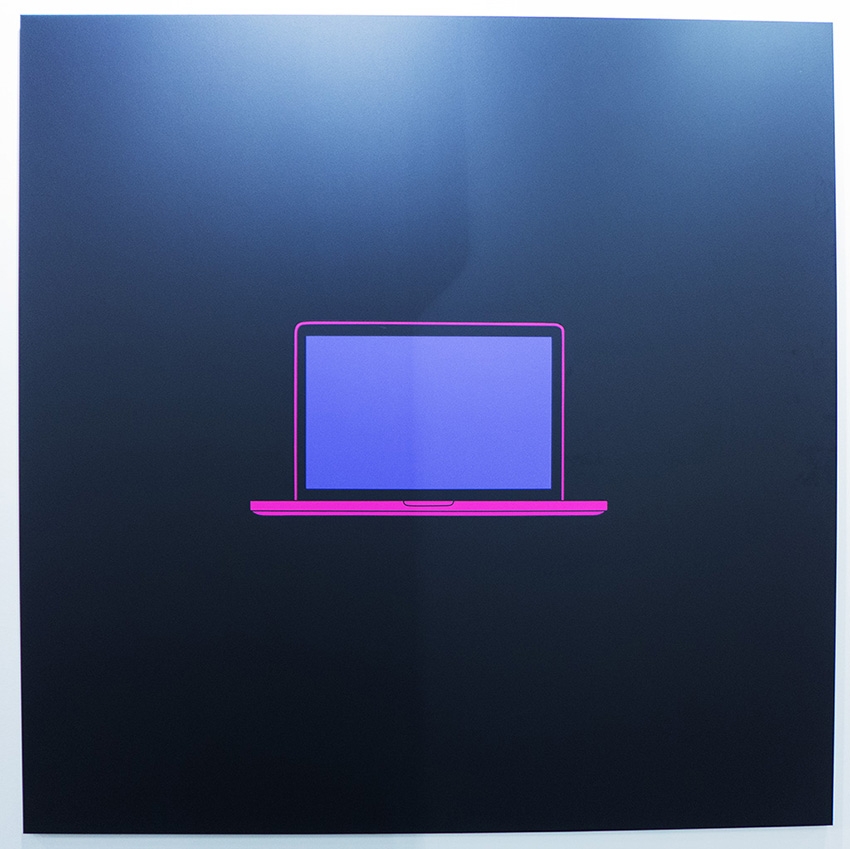
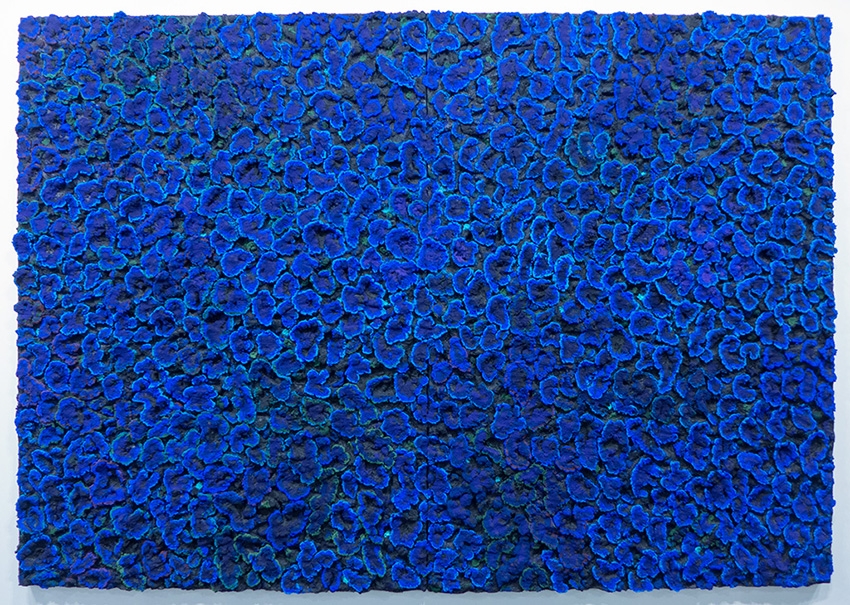
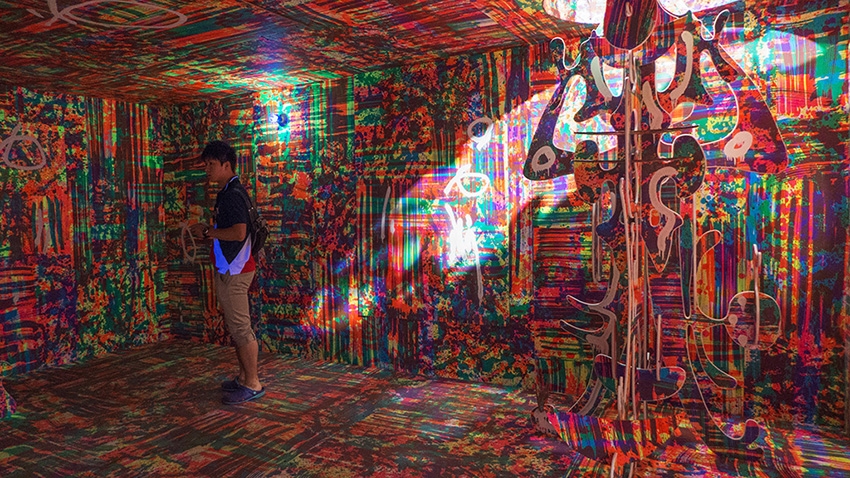
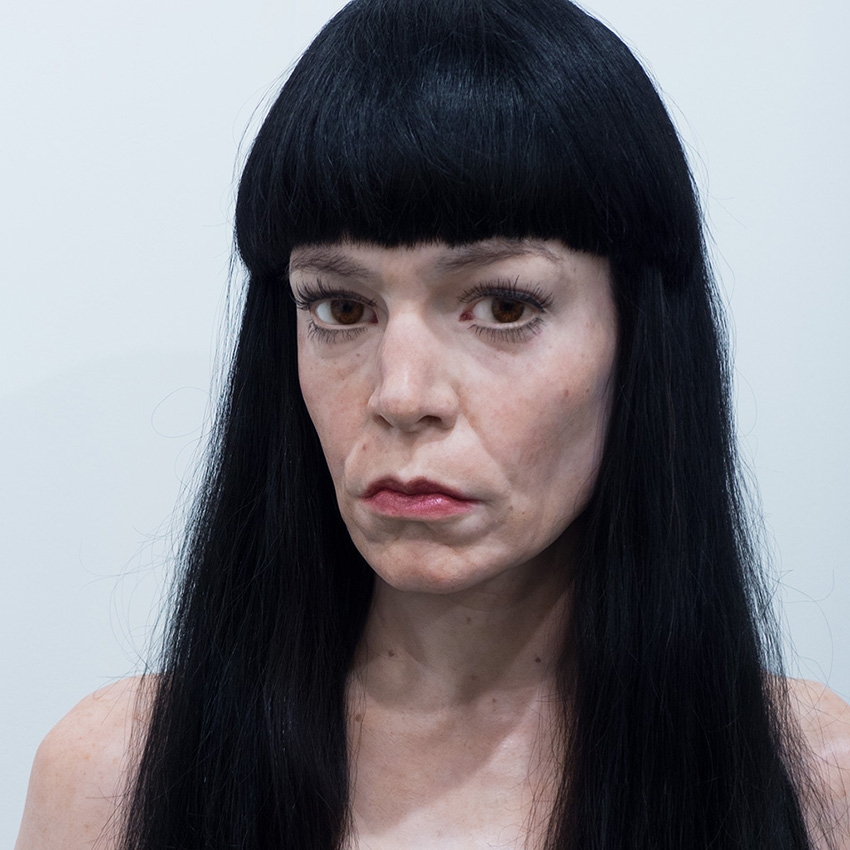
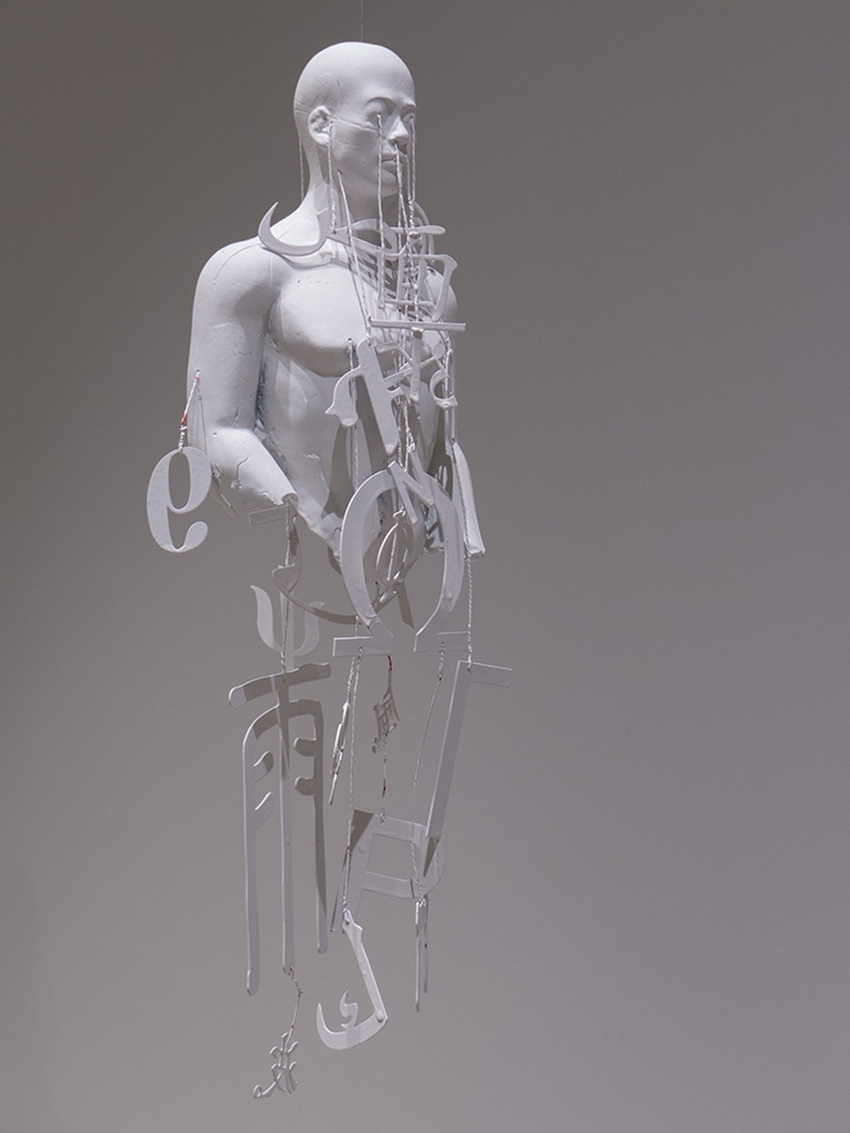

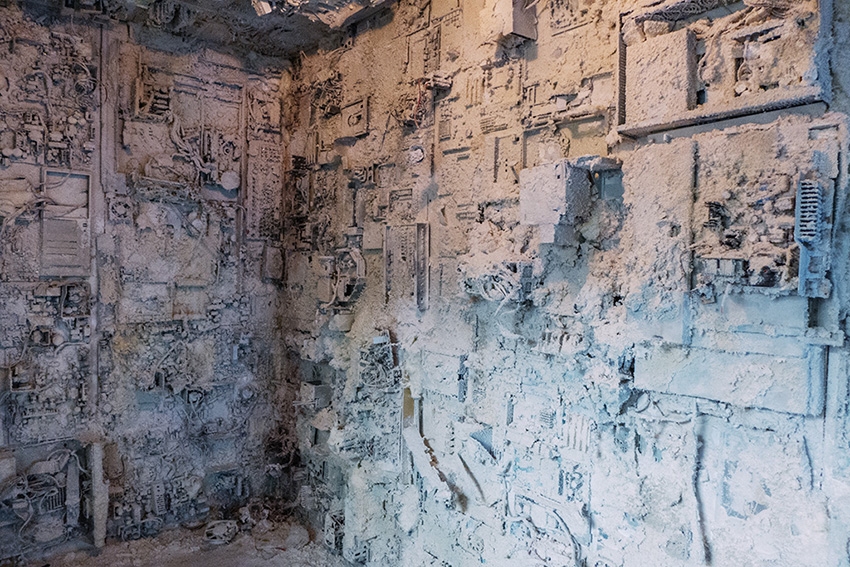
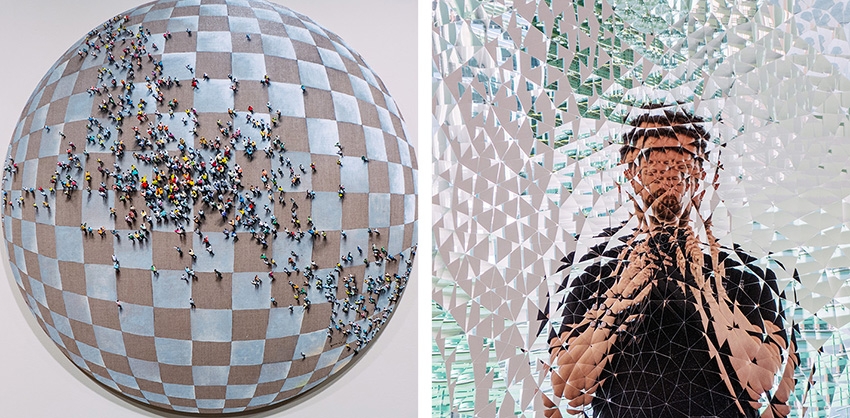
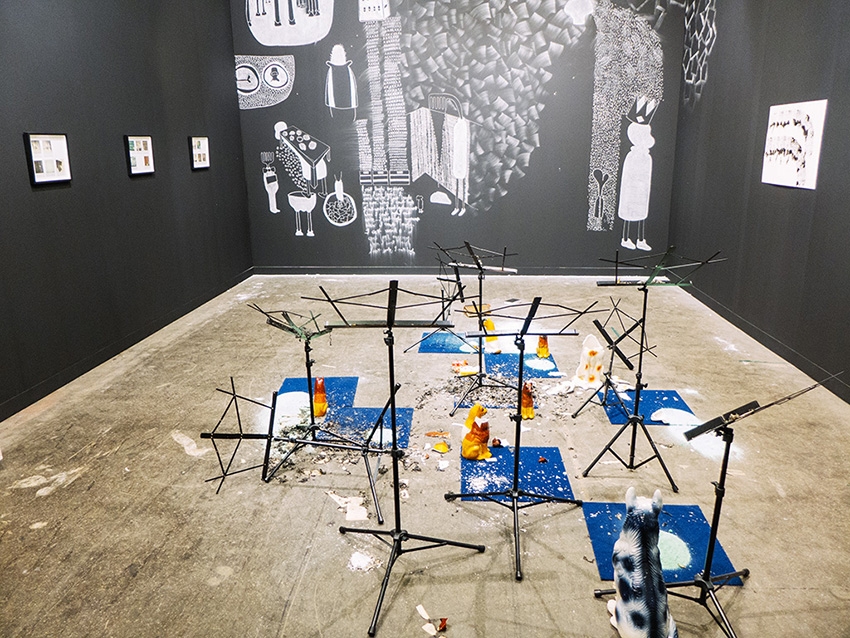
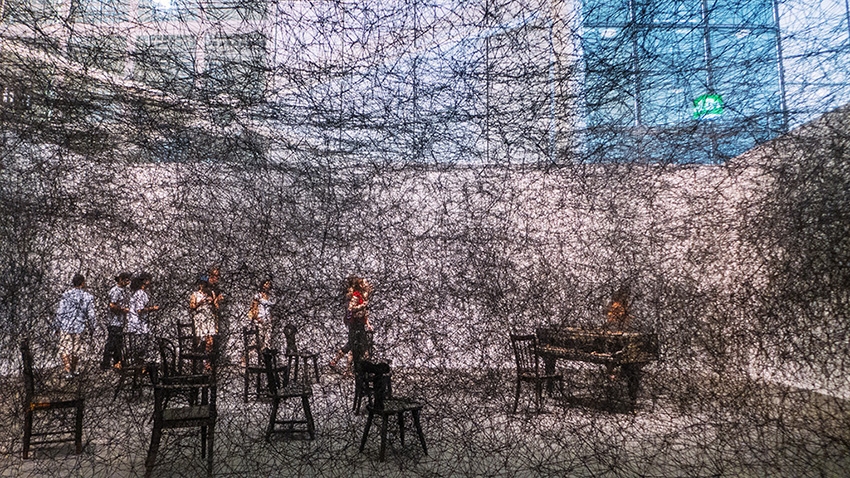
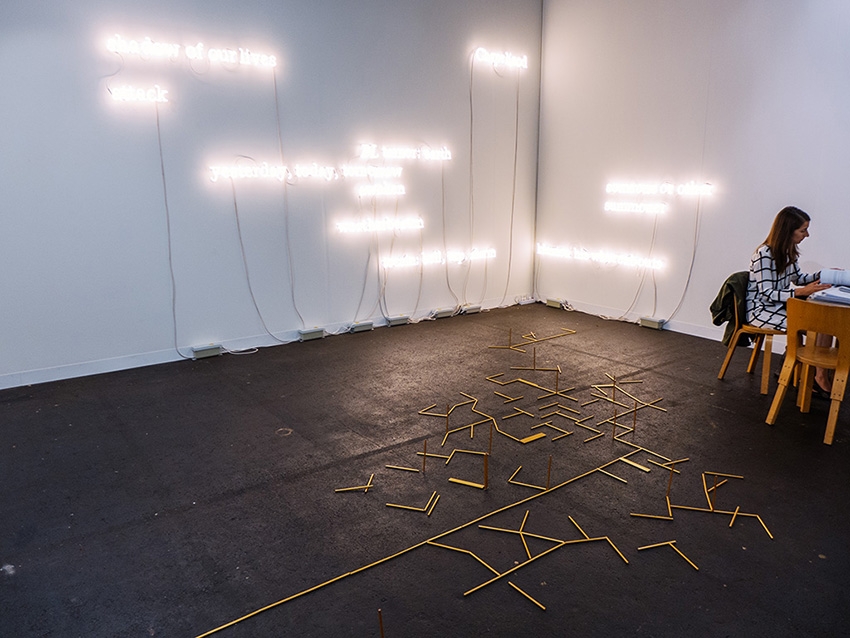


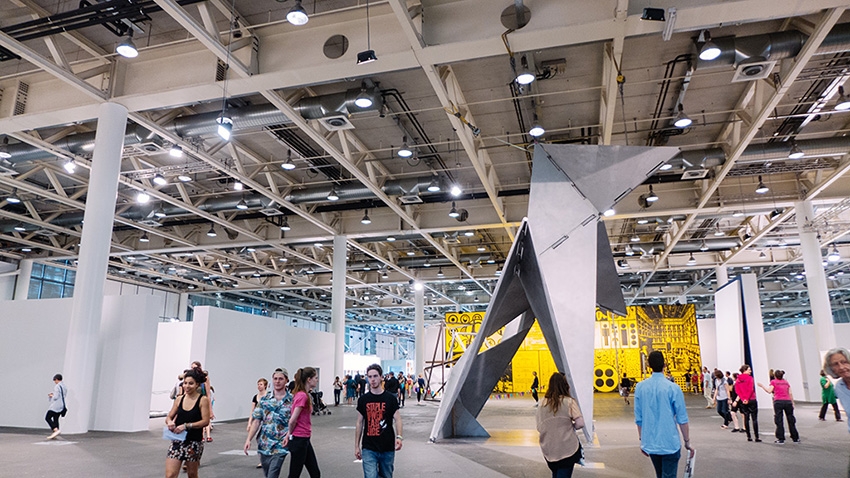
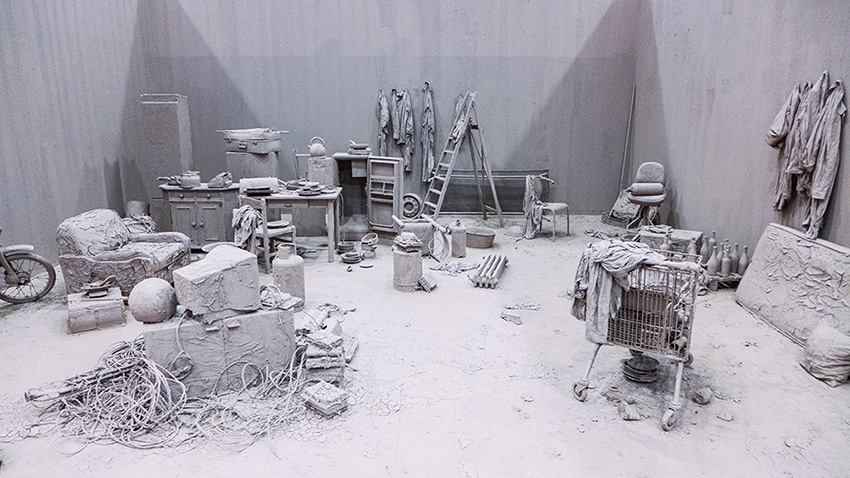
 #
#